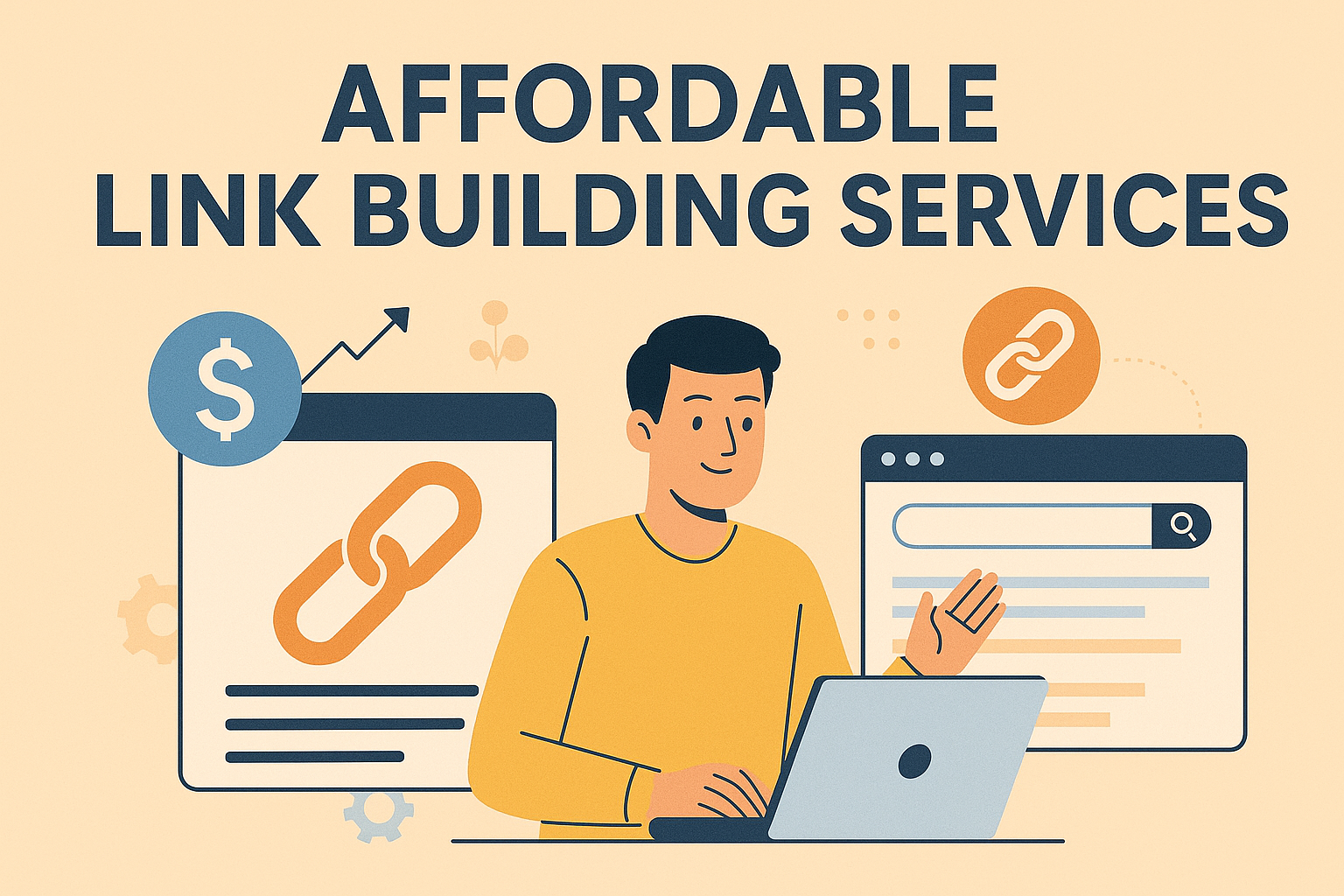Standing out online is critical for businesses in fast-paced markets. Over 90% of clicks go to results on Google’s first page, making top placements essential for attracting customers. In regions with fierce competition, like Dubai, a strong digital presence isn’t just helpful—it’s non-negotiable.
Securing high search engine rankings directly impacts traffic and conversions. Companies that rank well see more organic visits, which often translates to higher sales and brand authority. But achieving this requires more than luck—it demands smart search engine optimization tactics tailored to local trends.
This guide shares practical methods to improve visibility, including optimizing your Google Business Profile and refining content for better click-through rates. For insights on how digital visibility can empower women-led ventures, explore our guide on SEO strategies tailored for female entrepreneurs..
Key Takeaways
- First-page Google results capture over 90% of user clicks.
- Strong rankings boost organic traffic and customer trust.
- Localized SEO strategies perform best in competitive areas.
- Click-through rates heavily influence engagement and conversions.
- A well-optimized Google Business Profile enhances local visibility.
Understanding Web Rankings and SEO in Dubai
Modern search engines act as gatekeepers to online opportunities. When users type queries, they’re greeted with search engine results pages (SERPs) – curated lists determining which businesses get noticed. These dynamic rankings directly shape who wins customer attention in crowded markets.
How SERPs Drive Discoverability
Google’s algorithm evaluates hundreds of factors to rank websites. Top positions earn 3x more clicks than results below third place. This visibility snowball effect makes organic traffic – visitors from unpaid listings – the most sustainable growth channel.
| Traffic Source | Click-Through Rate | Conversion Potential |
|---|---|---|
| Organic Results | 28.5% | 14.6% |
| Paid Ads | 5.3% | 9.1% |
| Direct Visits | 12.8% | 18.3% |
Turning Clicks Into Conversions
The Google Keyword Planner helps identify phrases that match searcher intent. For example, “best coffee shops near me” converts better than generic “café” searches. Analyzing these patterns allows businesses to:
- Create content solving specific problems
- Align with local search habits
- Track engagement through metrics like time-on-page
Data from BrightEdge shows pages ranking #1 receive 10x more traffic than position #10 listings. This visibility-conversion connection explains why 53% of marketers prioritize organic strategies over paid campaigns (HubSpot, 2023).
If you’re targeting a UAE audience but not seeing results, this article on Why My Website Isn’t Ranking in the UAE highlights the most common obstacles.
increase web rankings dubai
Tailoring strategies to regional preferences gives businesses an edge. In areas with dense competition, generic approaches often fall short. Customizing efforts to match local culture and search habits drives better results.
Why Localized Tactics Deliver Results
Optimizing your Google Business profile ensures accurate location data and service details. Over 60% of consumers check business hours and addresses before visiting. Complete profiles receive 2x more engagement than incomplete ones.
Enhancing user experience keeps visitors engaged. Fast-loading pages and mobile-friendly designs reduce bounce rates. Google prioritizes sites offering seamless navigation across devices.
Localized content resonates with community needs. For example:
- Highlighting neighborhood-specific services
- Using regional dialects in meta descriptions
- Showcasing customer stories from the area
Geo-targeted keywords like “near me” or district names improve relevance. These phrases account for 30% of mobile searches, according to recent studies. Pairing them with optimized local SEO practices creates a powerful visibility boost. To learn how localized content and outreach can impact backlink success, read our deep dive into strategic link-building across European markets.
Integrating these tactics into broader marketing plans ensures consistency. Regular updates to your business profile and localized blog posts maintain momentum. Tracking metrics like map pack appearances helps measure success.
Conducting Effective Keyword Research for Dubai
Effective keyword research separates top performers from competitors in crowded markets. Understanding what your audience searches for—and how they phrase it—is the foundation of targeted strategies. Tools like Google Keyword Planner and SEMrush turn guesswork into data-driven decisions.
Short-Tail vs. Long-Tail Keywords
Short-tail keywords are broad phrases like “SEO services.” They attract high traffic but face intense competition. Long-tail terms, such as “affordable Arabic content writing services,” are specific and easier to rank for. These detailed queries often signal stronger purchase intent.
| Keyword Type | Avg. Monthly Searches | Competition Level | Conversion Rate |
|---|---|---|---|
| Short-Tail | 10,000+ | High | 2-3% |
| Long-Tail | 100-1,000 | Low | 8-10% |
Mastering Keyword Tools
Start by entering seed keywords into SEMrush or Google Keyword Planner. These platforms reveal search volume, competition scores, and related phrases. Filter results by location to prioritize terms popular in specific neighborhoods.
Incorporate findings into social media posts and blog titles. For example, trending phrases in community forums can inspire engaging captions. Aligning content with local search habits boosts relevance across platforms.
Don’t overlook meta descriptions. Including primary keywords here improves click-through rates. Tools like SurferSEO analyze top-ranking pages to suggest optimal word choices. Test variations monthly to stay ahead of shifting trends.
Finally, track performance using analytics dashboards. Adjust your strategy if certain terms underperform. This agile approach keeps your content aligned with what audiences actually search for.
Optimizing On-Page SEO Strategies
Your website’s on-page elements act as signposts for search engines. Clear, well-structured content helps crawlers understand your pages while guiding visitors toward meaningful actions. Let’s explore how to refine these components for better visibility.
Crafting Click-Worthy Meta Tags
Meta titles and descriptions are your first chance to grab attention. These snippets tell users and search engines what your page offers. Keep titles under 60 characters and include primary search terms naturally.
Descriptions should summarize content while encouraging clicks. Think of them as mini-advertisements. Use active verbs like “discover” or “explore” to spark curiosity. Avoid generic phrases—specificity wins clicks.
| Optimized Meta Tags | Unoptimized Meta Tags |
|---|---|
| “Best Family-Friendly Parks in Austin | Outdoor Activities Guide” | “Parks and Recreation Info” |
| “How to Fix Leaky Faucets: DIY Plumbing Solutions (2024)” | “Plumbing Tips Blog Post” |
Boosting Clarity with Structured Data
Schema markup helps search engines categorize your content. Adding code for events, products, or articles can earn rich snippets—those eye-catching stars or FAQs in results. This engine optimization tactic makes listings stand out.
For example, recipe markup shows cooking times and ratings directly in SERPs. Local businesses benefit from displaying hours or reviews. Tools like Google’s Structured Data Markup Helper simplify implementation.
Pair these technical tweaks with high-quality backlinks from trusted sites. Links from .edu domains or industry blogs signal authority. Combine them with creating content that solves real problems for lasting results.
- Update meta tags quarterly based on trending search terms
- Test schema markup using Google’s Rich Results Test
- Audit backlinks monthly to remove spammy links
Leveraging Google Business Profile for Local SEO
Local businesses thrive when they’re easy to find online. A polished Google Business Profile acts like a digital storefront, making it simpler for customers to discover services, check hours, and read reviews. With 46% of searches seeking local information (Google, 2023), this tool directly impacts engine rankings and community trust. Learn how to boost your service bookings by following the step‑by‑step recommendations outlined in our article on tradie‑focused SEO and content planning.
Claiming and Optimizing Your GMB Listing
Start by claiming your profile through Google’s verification process. Confirm your business address and phone number to unlock editing features. Add high-quality photos showcasing your workspace, team, or products—listings with images get 35% more clicks.
Complete every section thoroughly. Include accurate hours, service areas, and a detailed description using google keyword phrases customers might search. Profiles with complete information appear in 2x more top search results than incomplete ones.
Regular updates keep your profile relevant. Respond to reviews promptly and post seasonal offers or events. Google prioritizes active listings, which can boost visibility in local map packs. Pair this with web design principles like mobile-friendly layouts to enhance user experience.
- Verify your profile via postcard or email
- Use category tags matching your services
- Embed booking links or menus if applicable
Monitor performance through the dashboard. Track how often your profile appears in searches and which actions users take. Adjust your strategy based on these insights to maintain strong engine rankings and adapt to algorithm changes.
Local SEO Strategies for Increased Visibility
Local visibility determines who thrives in neighborhood markets. Tailoring your approach to community-specific needs helps businesses stand out where it matters most. Combining location-based tactics with authentic customer engagement creates a powerful formula for growth.
Geo-targeted Keywords and Customer Reviews
Location-specific phrases like “cozy bookstore downtown” attract nearby shoppers. Tools like Google Keyword Planner help identify terms your target audience actually uses. For example, a bakery might optimize for “fresh croissants near [city name]” instead of generic “pastry shop.”
Positive reviews build trust quickly. Responding to feedback shows you value customer opinions. Listings with 4+ stars get 31% more clicks than those with lower ratings. Encourage happy clients to share experiences—it’s free SEO fuel!
Optimizing Local Listings and Directories
Consistent business information across platforms avoids confusion. Update your name, address, and phone number (NAP) on sites like Yelp and Yellow Pages. Inaccurate details hurt search performance—88% of users lose trust in conflicting listings.
Local directories act as digital signposts. A landscaping company in Phoenix saw 40% more inquiries after joining three regional business hubs. Pair these efforts with content highlighting neighborhood partnerships or events.
Track progress using tools like BrightLocal. Monitor how often your business appears in “near me” searches. Adjust keywords quarterly based on shifting trends to stay relevant to your target audience.
Building High-Quality Backlinks and Local Mentions
Building trust online starts with relationships—both digital and local. Search engines view backlinks as votes of confidence, while local mentions signal community relevance. Combining these elements strengthens your site’s authority and helps it stand out in crowded markets.
Guest Blogging and Cross-Promotion Efforts
Collaborating with trusted blogs in your niche creates win-win opportunities. For example, a bakery contributing recipes to a food blog gains exposure to foodies. These partnerships often lead to authentic backlinks from pages search engines already trust.
Local influencers can amplify your reach. Partner with creators who share your audience for joint campaigns. A fitness studio might team up with a wellness blogger for workout tutorials. Cross-promotion builds credibility while driving traffic from multiple sources.
Partnering with Local Business Directories
Not all directories are created equal. Focus on platforms respected in your industry, like regional chambers of commerce or professional associations. Listings here boost visibility and provide authoritative links that search algorithms favor.
| Directory Type | Example Platforms | Key Benefit |
|---|---|---|
| Industry-Specific | HomeAdvisor, Houzz | Targeted audience |
| Local Community | Nextdoor, Yelp | Neighborhood trust |
| Professional Networks | LinkedIn, Chamber of Commerce | B2B connections |
Regularly audit your backlinks using tools like Ahrefs. Remove spammy links that could hurt search rankings. Focus on cultivating relationships with businesses offering complementary services—a florist linking to event planners, for instance. These organic connections create lasting value.
Remember: quality beats quantity. Ten links from respected local sources often outperform 100 from irrelevant pages. Keep your business profile updated across platforms to maintain consistency and maximize impact.
Utilizing Social Media and Content Marketing
Social platforms and content work together like coffee and mornings—they wake up your digital presence. While social media doesn’t directly sway search engines, it fuels discovery. Sharing blog posts or guides exposes your expertise to new audiences, driving traffic that search algorithms notice over time.
Spark Conversations, Not Just Posts
Create content that solves problems or sparks joy. A home repair company might post quick DIY videos showing fixes for common issues. These clips get shared in local community groups, expanding reach organically. Tools like Canva help design eye-catching graphics without design skills.
Try these approaches for share-worthy material:
- Polls asking followers to choose between service options
- Behind-the-scenes stories showing your team’s process
- User-generated content campaigns with branded hashtags
Visuals That Stick in Memory
Infographics simplify complex data into snackable visuals. Videos under 60 seconds perform best—think tutorials or customer testimonials. One tech startup saw a 120% traffic jump after converting blog posts into Instagram Reels.
| Content Type | Avg. Shares | Engagement Rate |
|---|---|---|
| Video | 48% | 6.2% |
| Infographic | 32% | 4.1% |
| Text-Only | 11% | 1.8% |
These efforts create ripple effects. A viral post might attract journalists or bloggers who link to your site naturally. Over time, these web mentions signal credibility to search engines, indirectly lifting your results.
Remember: Consistency beats perfection. A bakery gained 850 followers in three months by posting weekly cookie-making shorts. Their website visits from social channels tripled, proving steady effort pays off.
Mobile Optimization and UX Enhancements
In today’s mobile-first world, your site’s success hinges on seamless adaptability. Over 60% of global internet traffic comes from smartphones, and search engines prioritize sites that deliver smooth experiences across devices. Slow-loading pages or clunky layouts frustrate customers and hurt visibility.
Responsive Design and Device Compatibility
Responsive websites automatically adjust to screen sizes, whether viewed on tablets, foldables, or older iPhones. This flexibility improves engine performance because Google indexes mobile versions first. Pages loading under 2 seconds keep bounce rates low and engagement high.
Practical UX upgrades make navigation effortless. Try these tweaks:
- Larger buttons for thumb-friendly scrolling
- Simplified menus with clear category labels
- Compressed images that retain quality
Optimized mobile pages often earn backlinks naturally. Journalists and bloggers prefer linking to sites that work flawlessly on any device. A travel blog saw a 40% link boost after redesigning their mobile layout.
Test your site using Google’s Mobile-Friendly Test tool. Check how pages render on various devices through BrowserStack. Small fixes, like eliminating pop-ups that block content, can transform user satisfaction and engine trust.
Remember: Happy customers become repeat visitors. A bakery increased mobile orders by 70% after streamlining checkout forms. Prioritize their experience, and your site becomes a destination—not just another search result.
Technical SEO Tips for Faster Loading Times
Website speed isn’t just a convenience—it’s a competitive advantage. Pages that load quickly keep visitors engaged and satisfy search engine algorithms. Even a one-second delay can reduce conversions by 7%, making technical optimizations essential for maintaining momentum.
Optimizing Images and Browser Caching
Heavy images slow down page performance. Convert files to modern formats like WebP or AVIF, which maintain quality at smaller sizes. Tools like Squoosh compress visuals without noticeable loss—ideal for product galleries or blog headers.
Browser caching stores frequently used data locally, reducing server requests. Configure your .htaccess file to set expiration dates for static assets. Returning users experience near-instant load times, improving satisfaction and retention rates.
| Image Format | Avg. File Size | Load Time Impact |
|---|---|---|
| JPEG | 180 KB | 2.1s |
| WebP | 95 KB | 1.3s |
| AVIF | 68 KB | 0.9s |
Plugins like WP Rocket automate caching and lazy loading. Pair these with CDN services to distribute content across global servers. Faster page speeds correlate with higher visibility in results—Google prioritizes sites that deliver smooth experiences.
Monitor performance using GTmetrix or Google PageSpeed Insights. These tools highlight bottlenecks like unminified CSS or render-blocking scripts. Addressing these issues strengthens your site’s technical foundation while supporting keyword rankings through improved crawl efficiency.
Conclusion
Succeeding in competitive markets requires more than isolated tactics—it demands a unified approach. Combining technical precision with creative optimization creates lasting visibility. From mobile-friendly designs to localized content, each strategy weaves into a stronger digital footprint.
Local SEO remains vital for connecting with communities. Tailored keywords and updated business profiles build trust with nearby customers. These efforts help companies stand out where it matters most: their own neighborhoods.
Remember, sustainable growth comes from balancing speed, relevance, and authenticity. Tools like schema markup and geo-targeted campaigns keep your content aligned with search trends. Regular performance checks ensure strategies adapt as algorithms evolve.
For businesses aiming higher ranking positions, consistency is key. Track progress, refine approaches, and prioritize your audience’s needs. With these actionable steps, lasting success becomes a journey rather than a sprint.

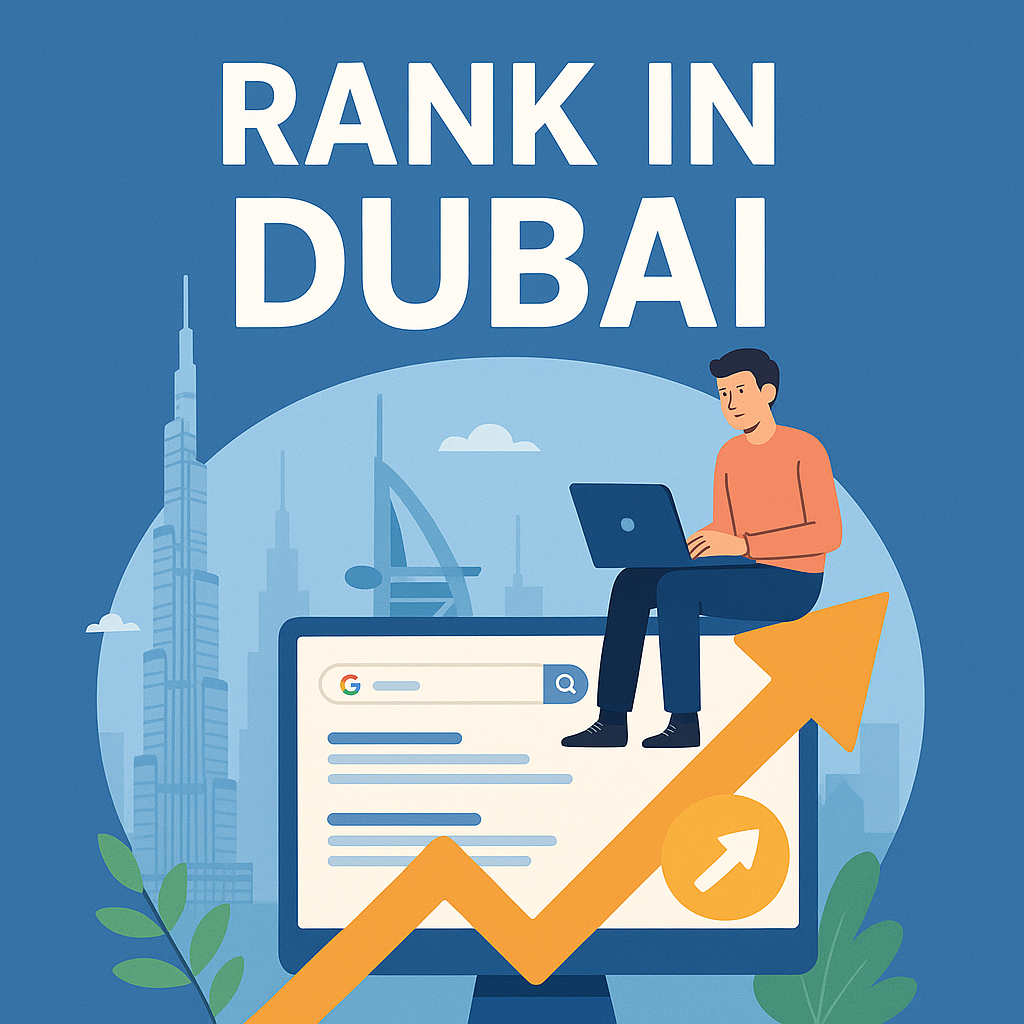
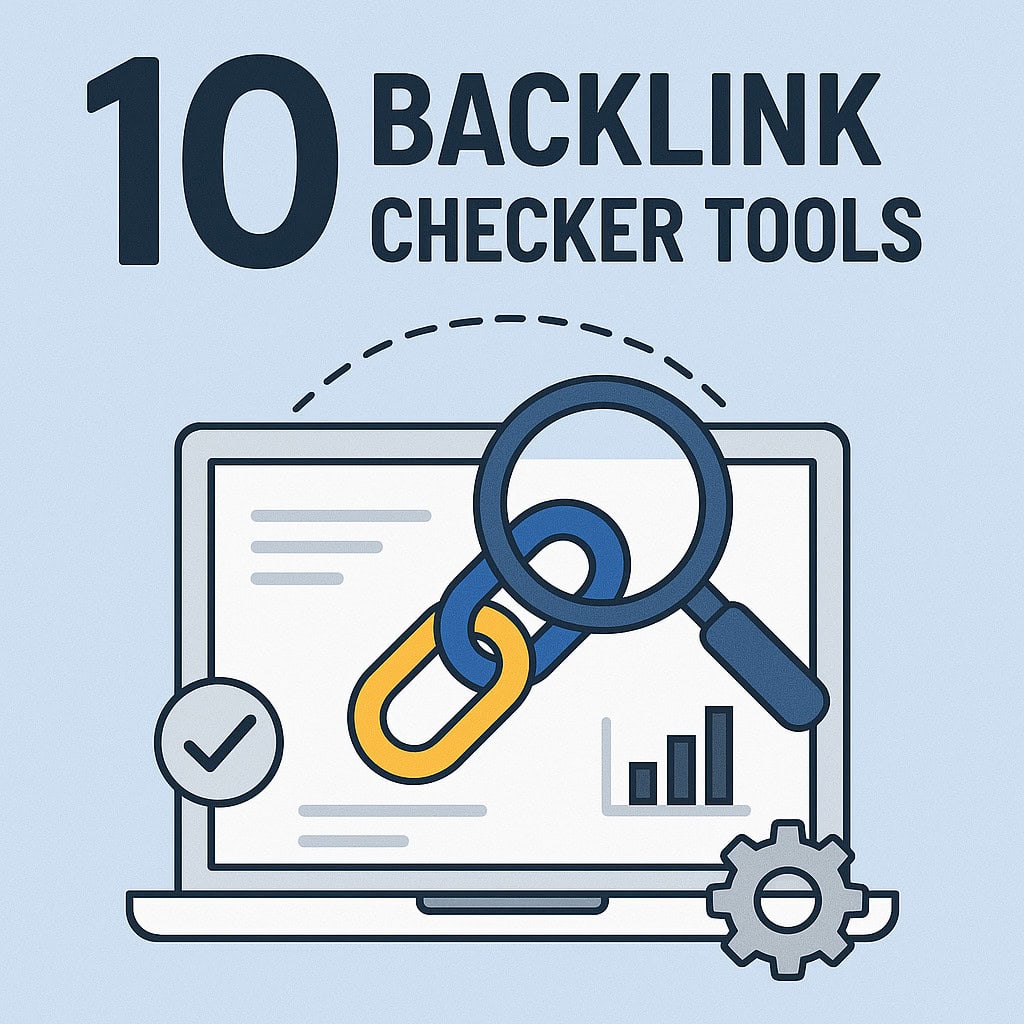
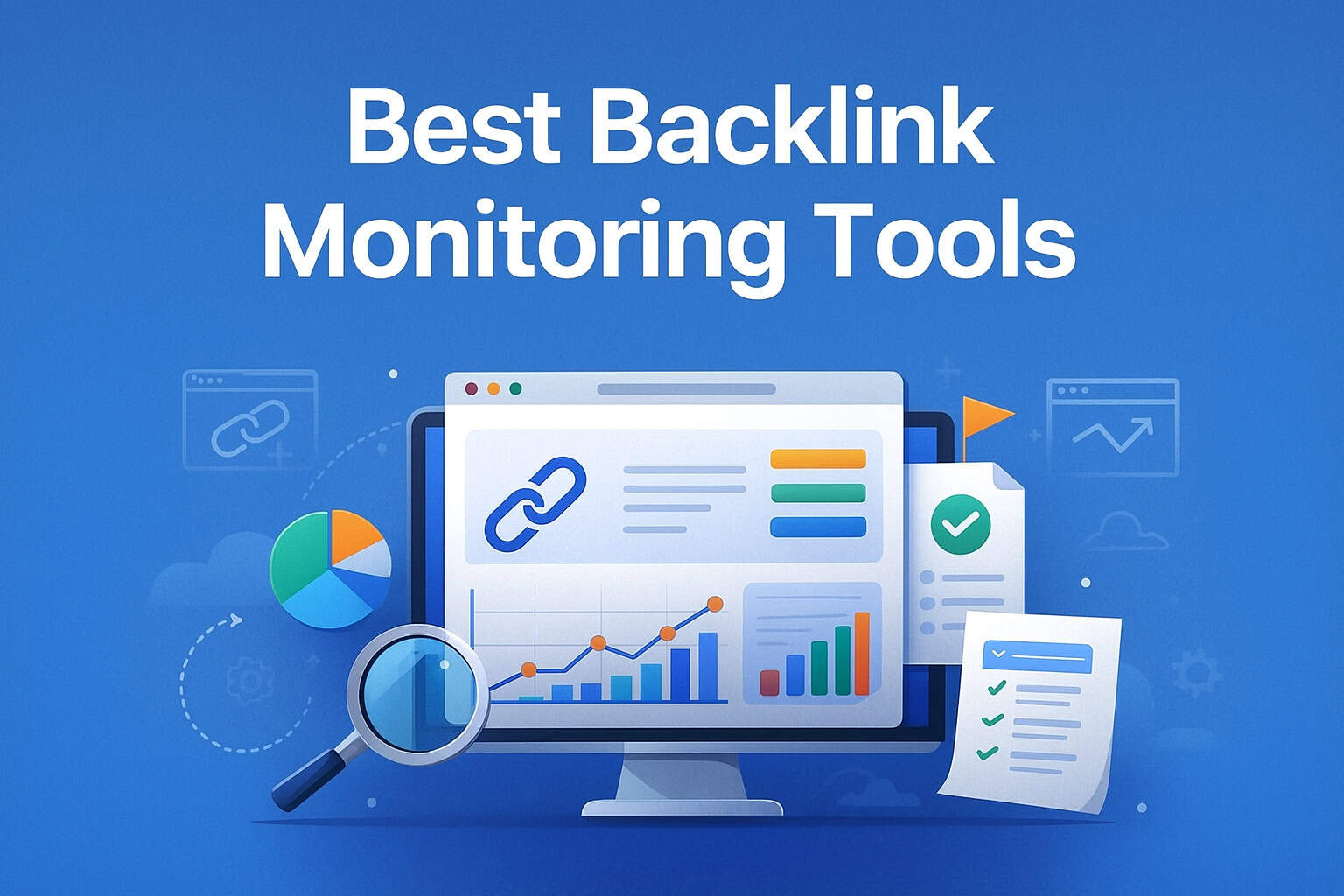
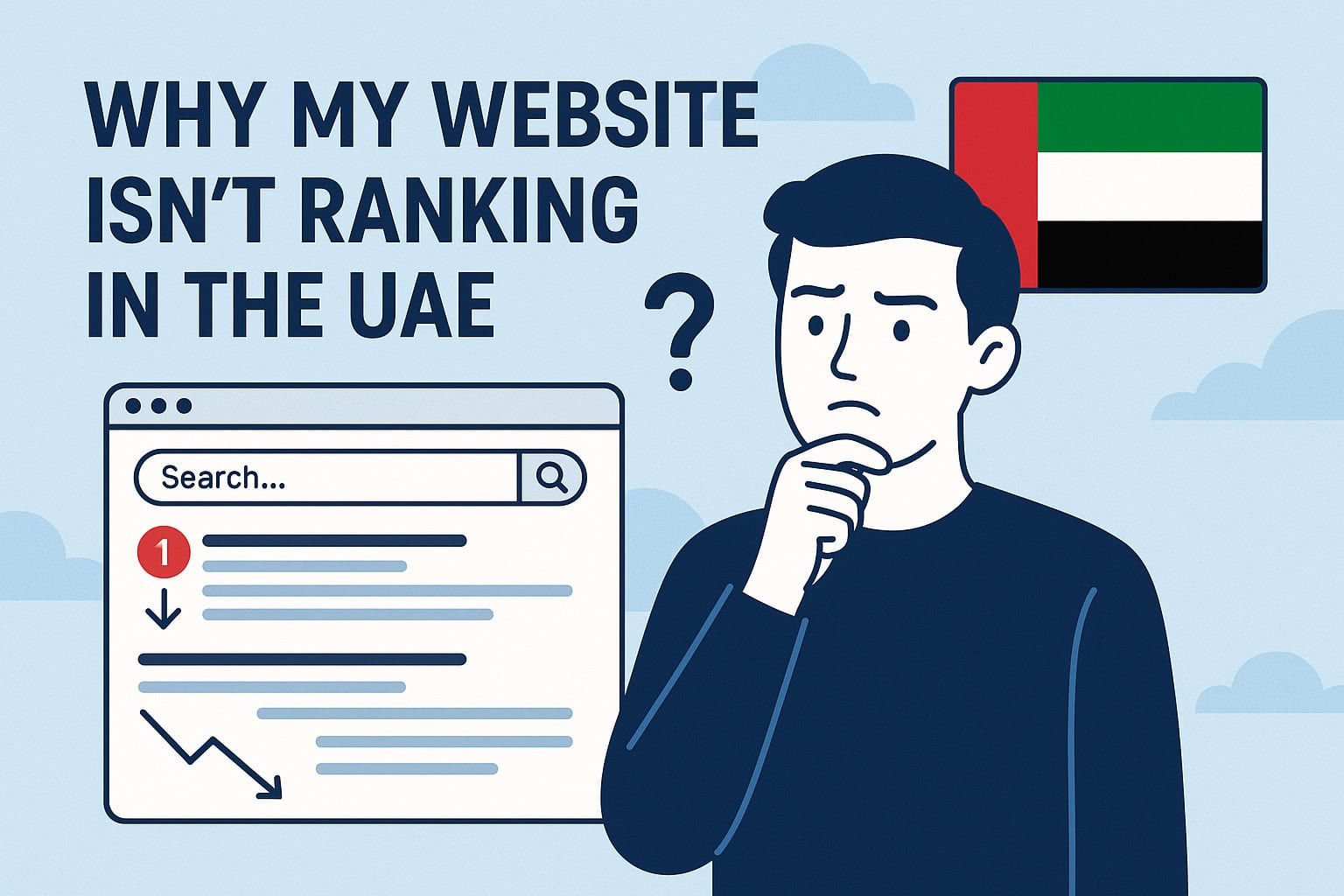
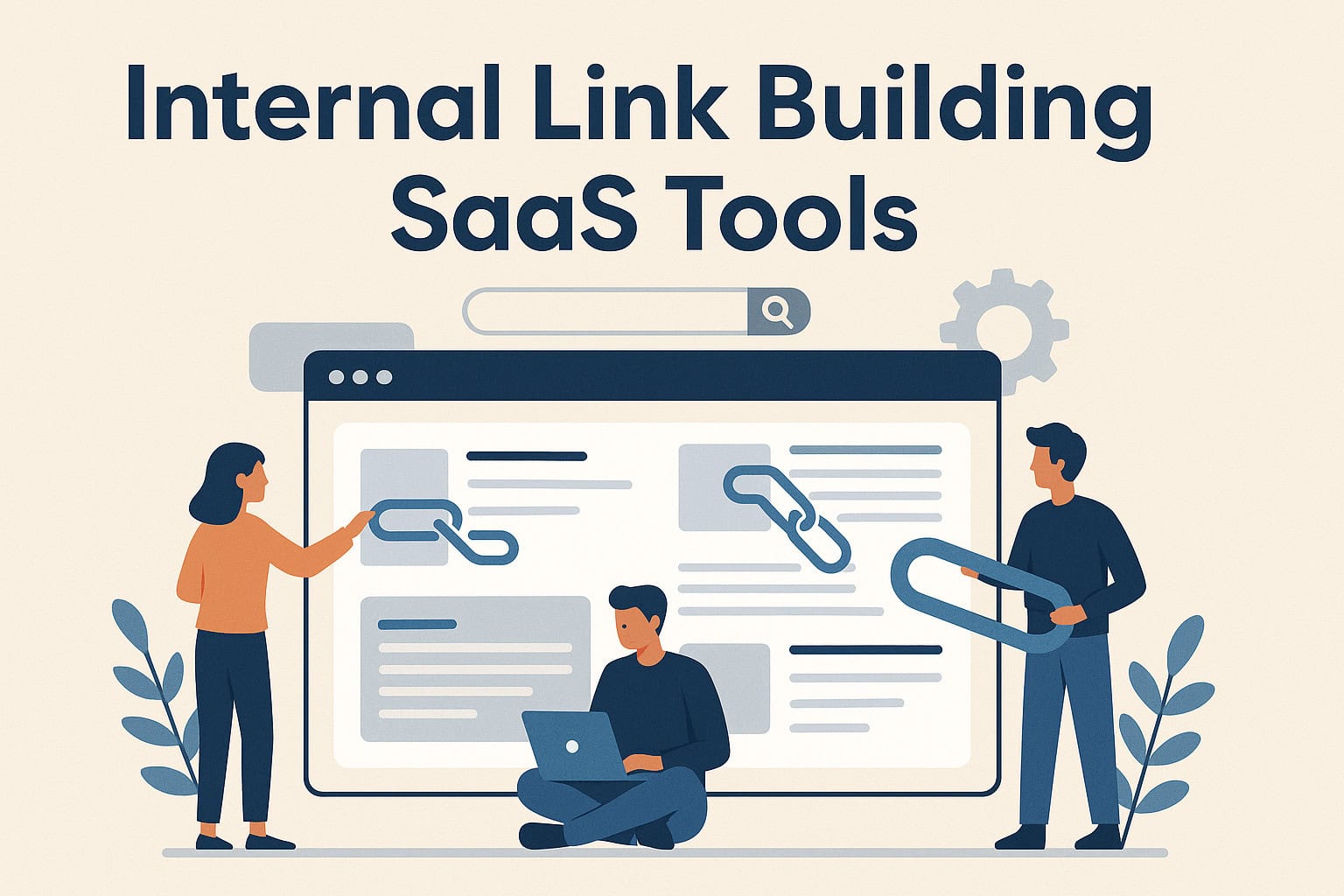
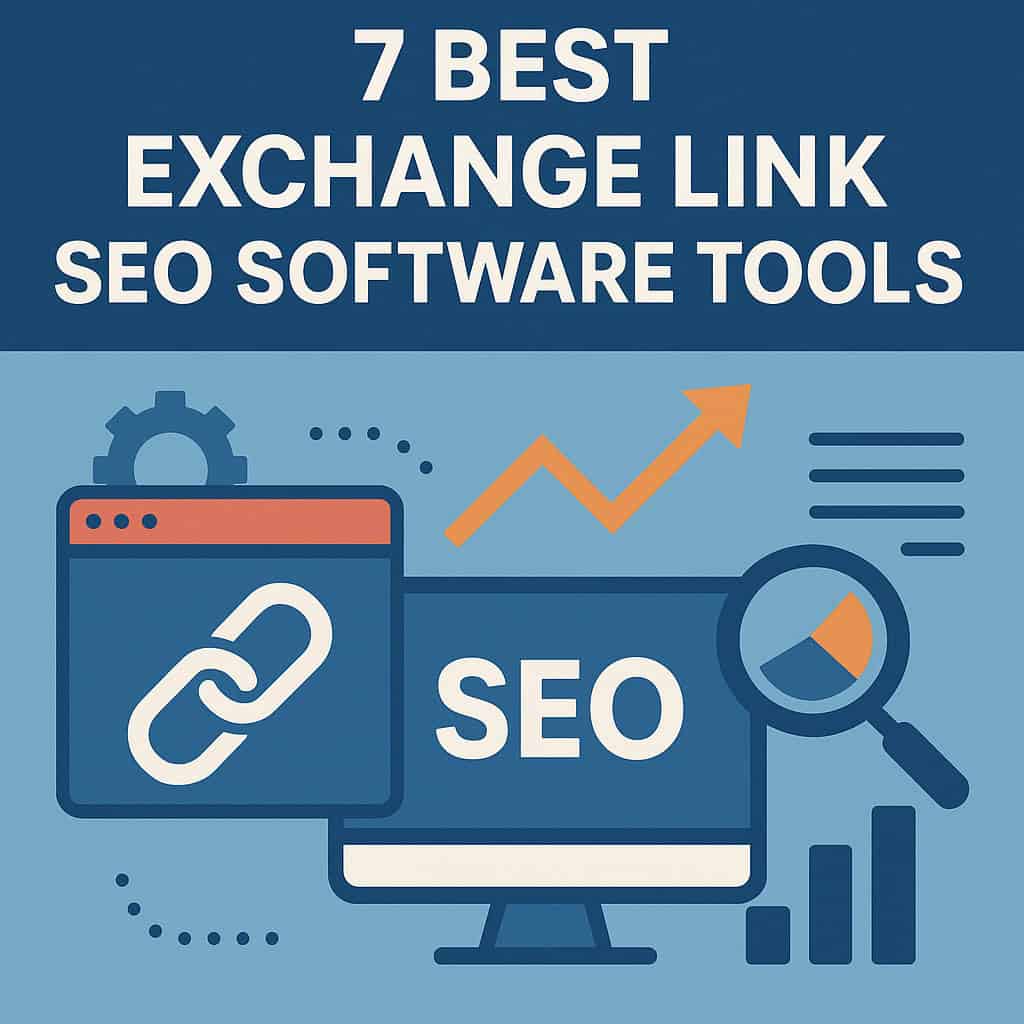
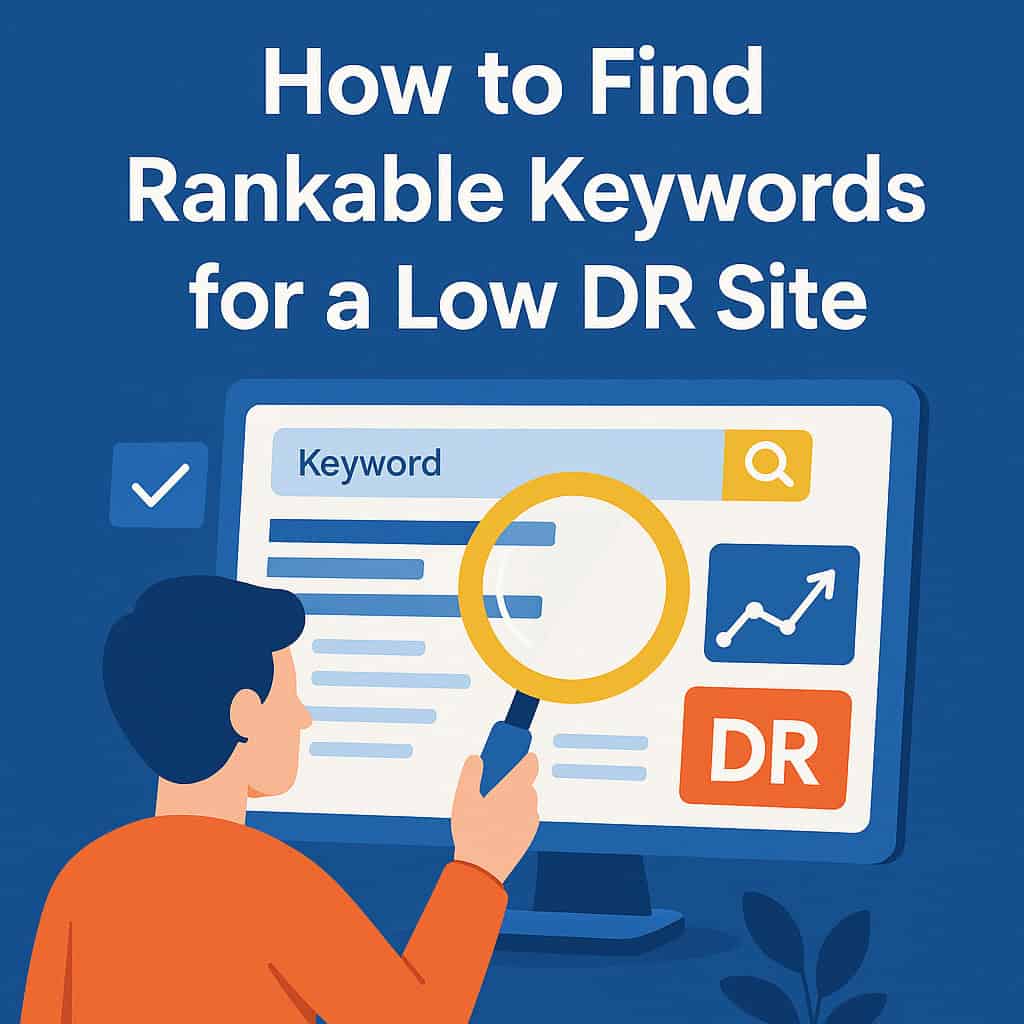
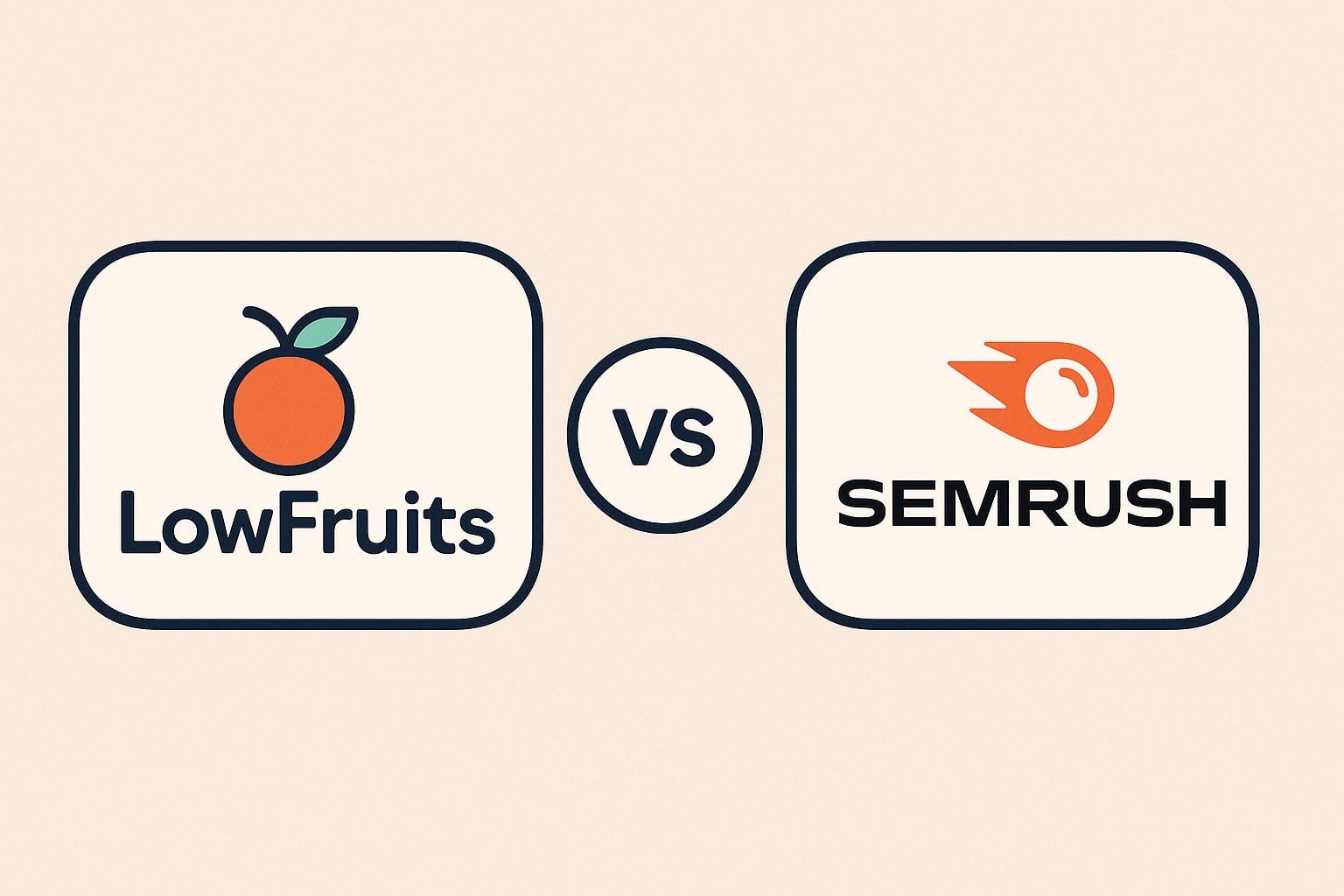
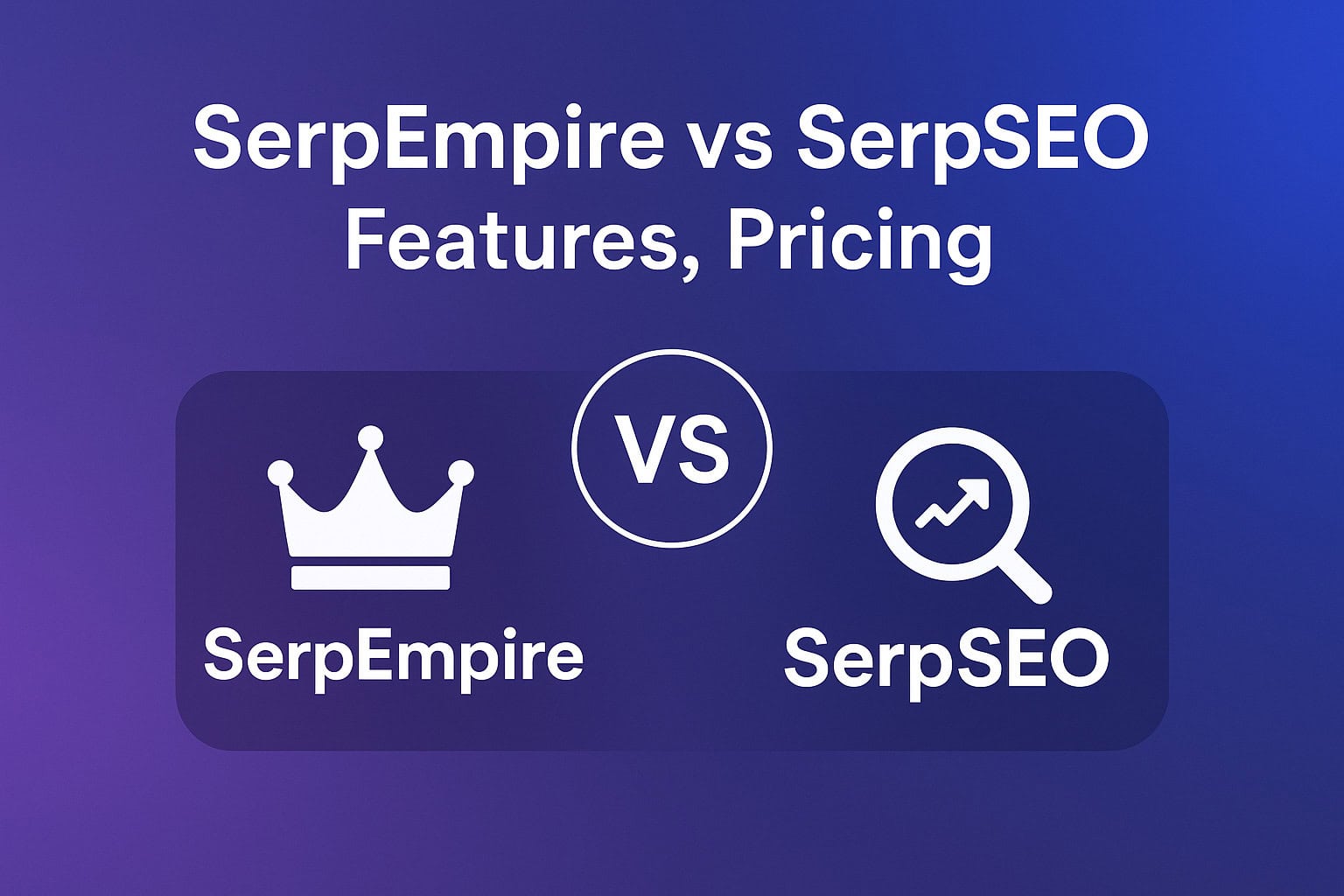
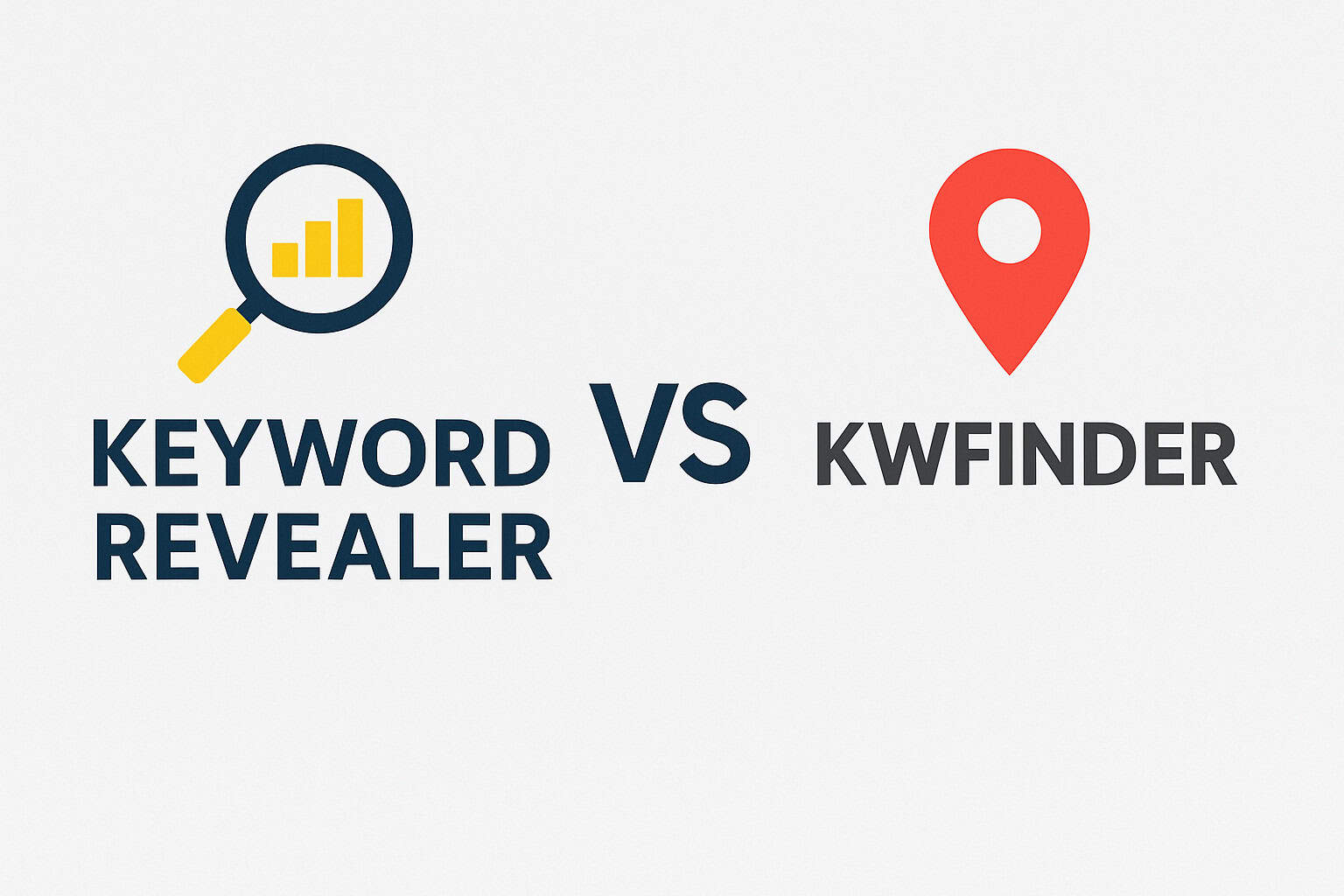
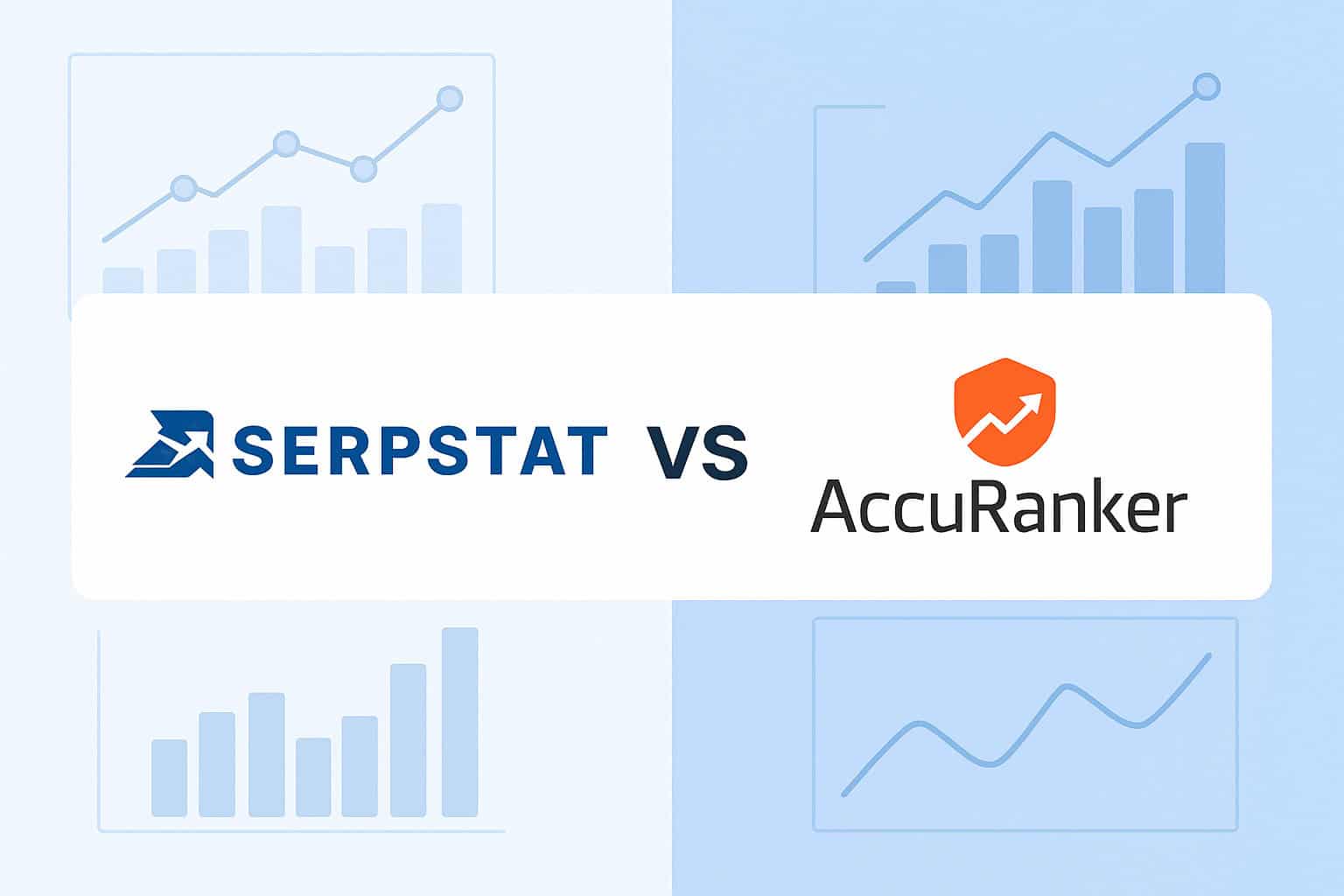

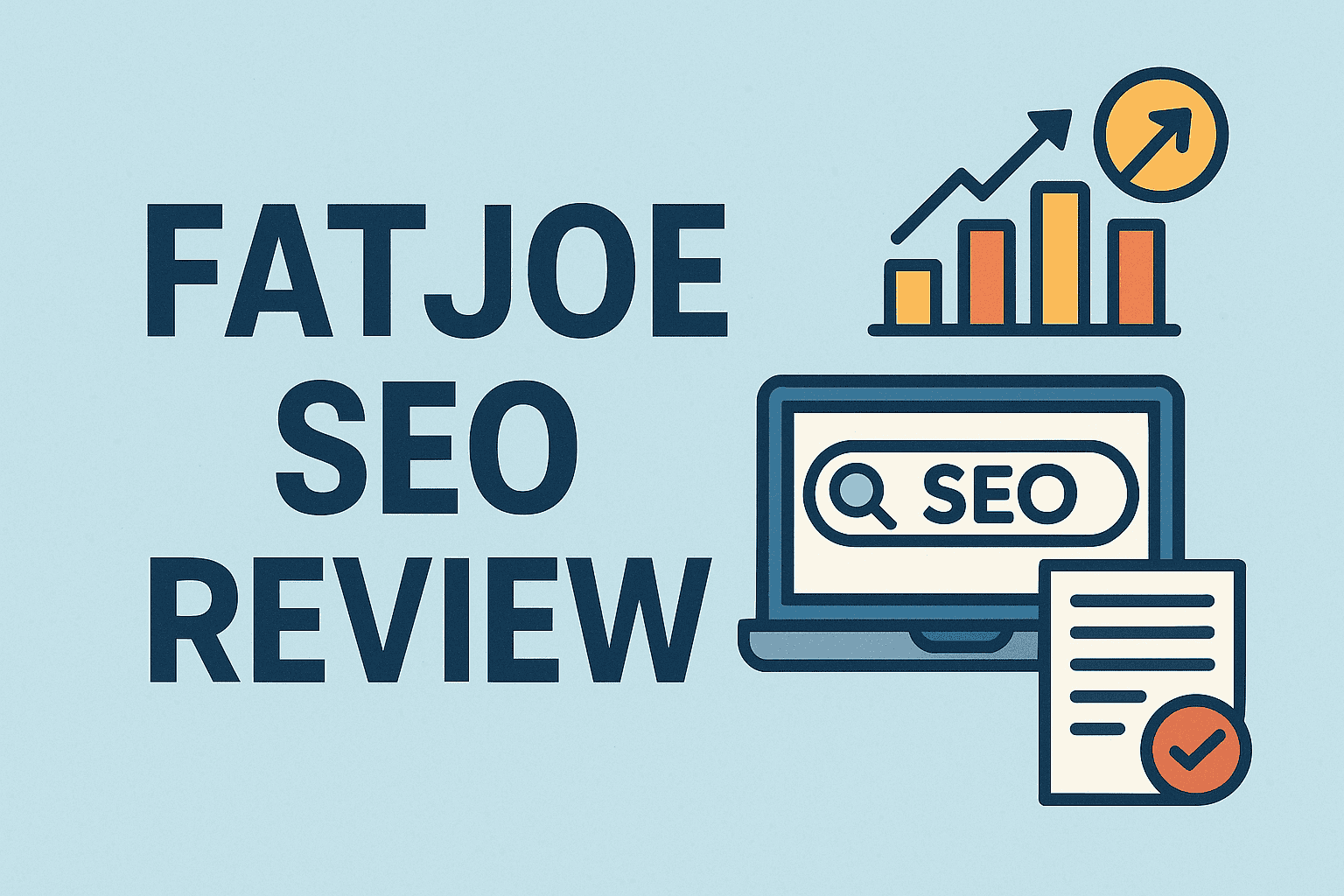
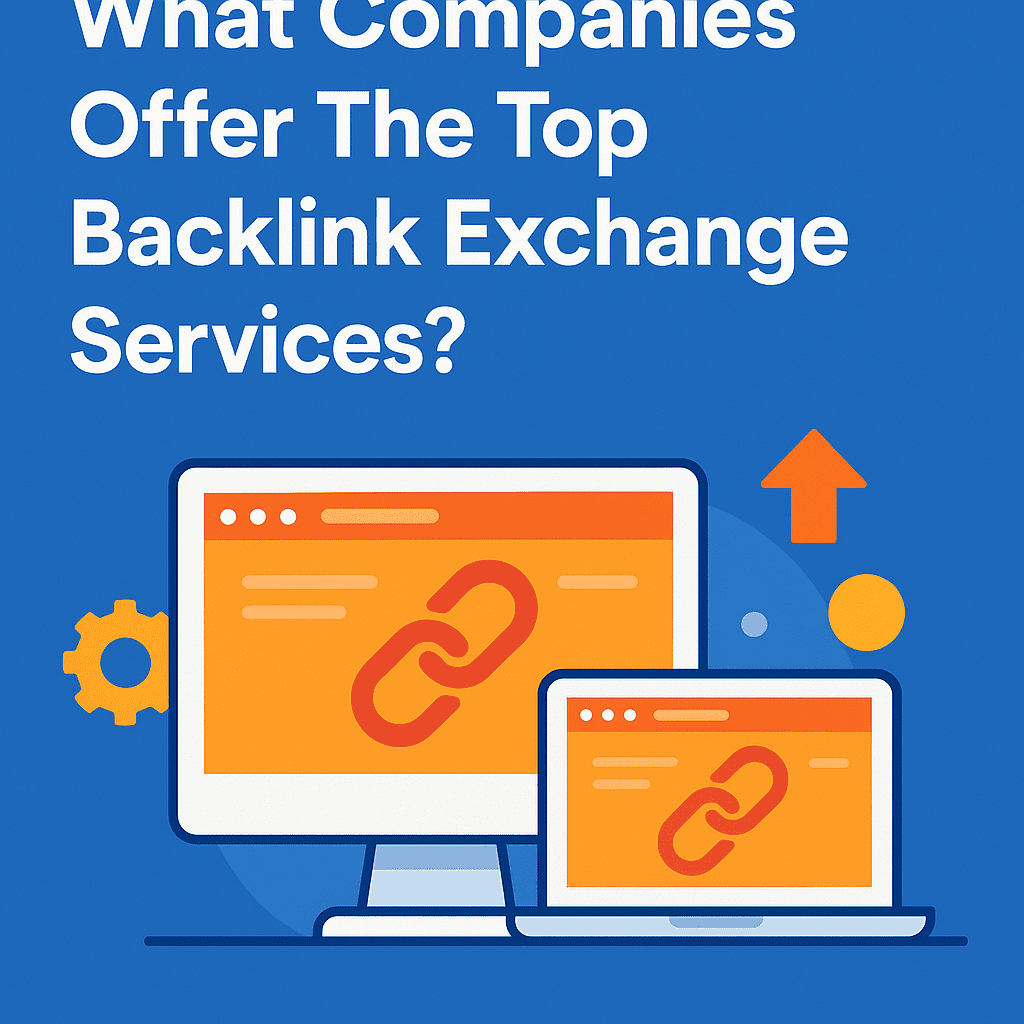

![Longtail Pro Moz or Majestic [Full Breakdown]](https://backlinkmanagement.io/wp-content/uploads/2025/11/ChatGPT-Image-Nov-14-2025-08_30_38-AM.png)
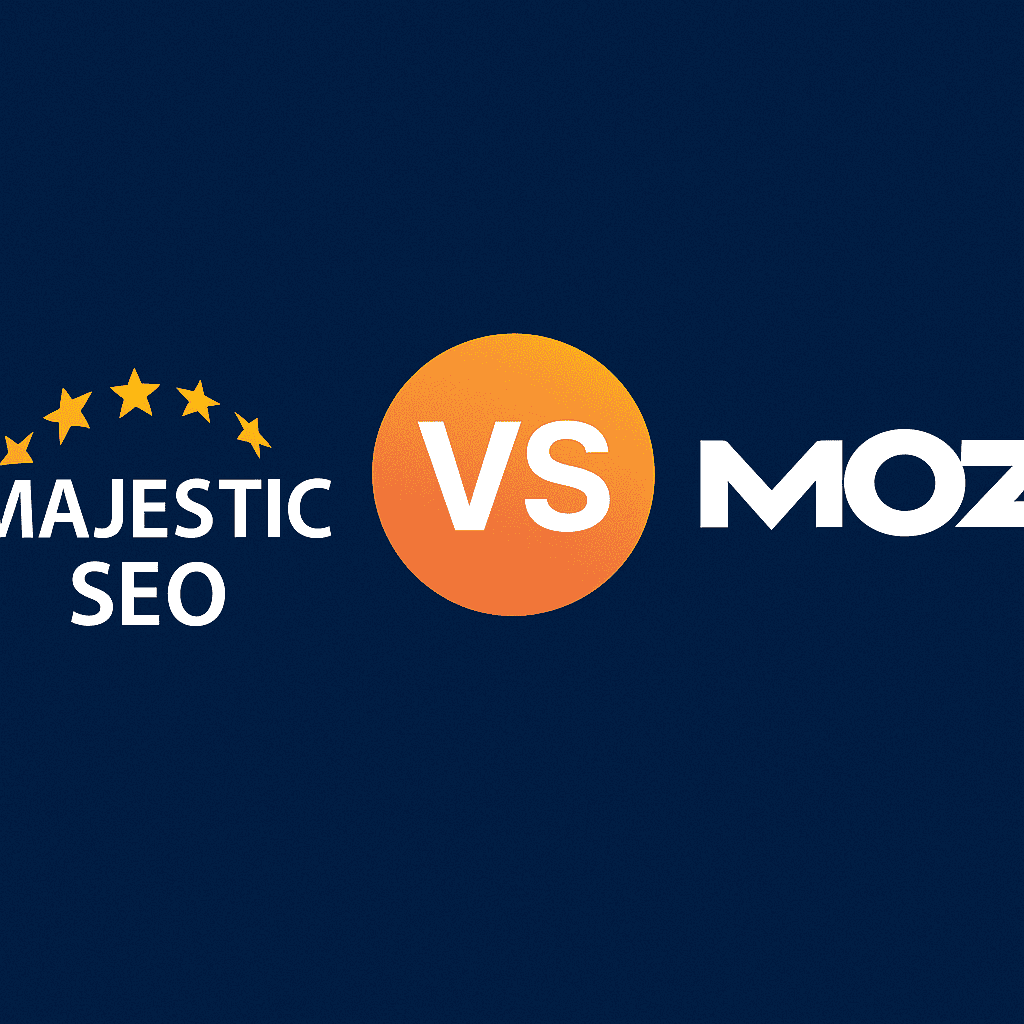
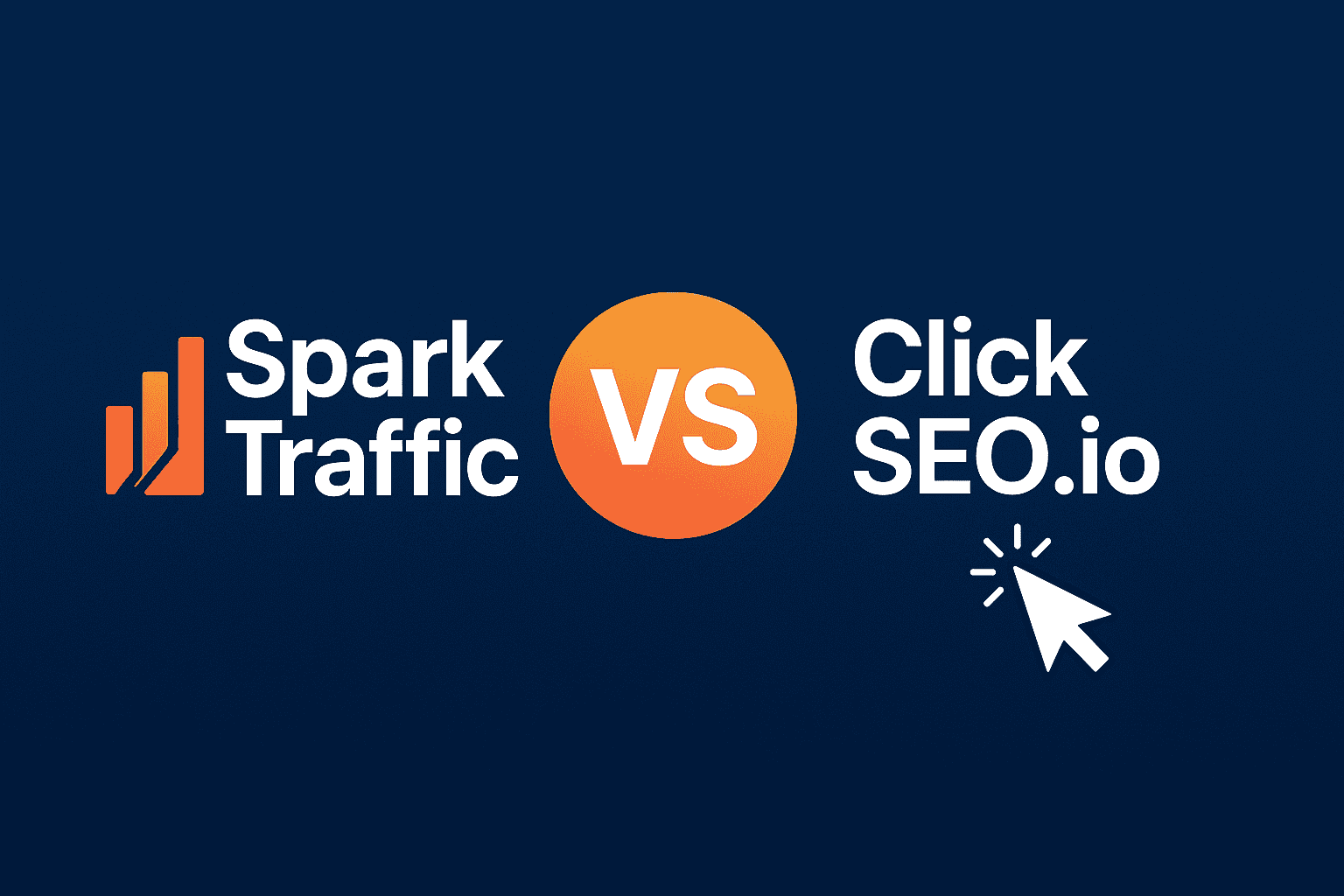
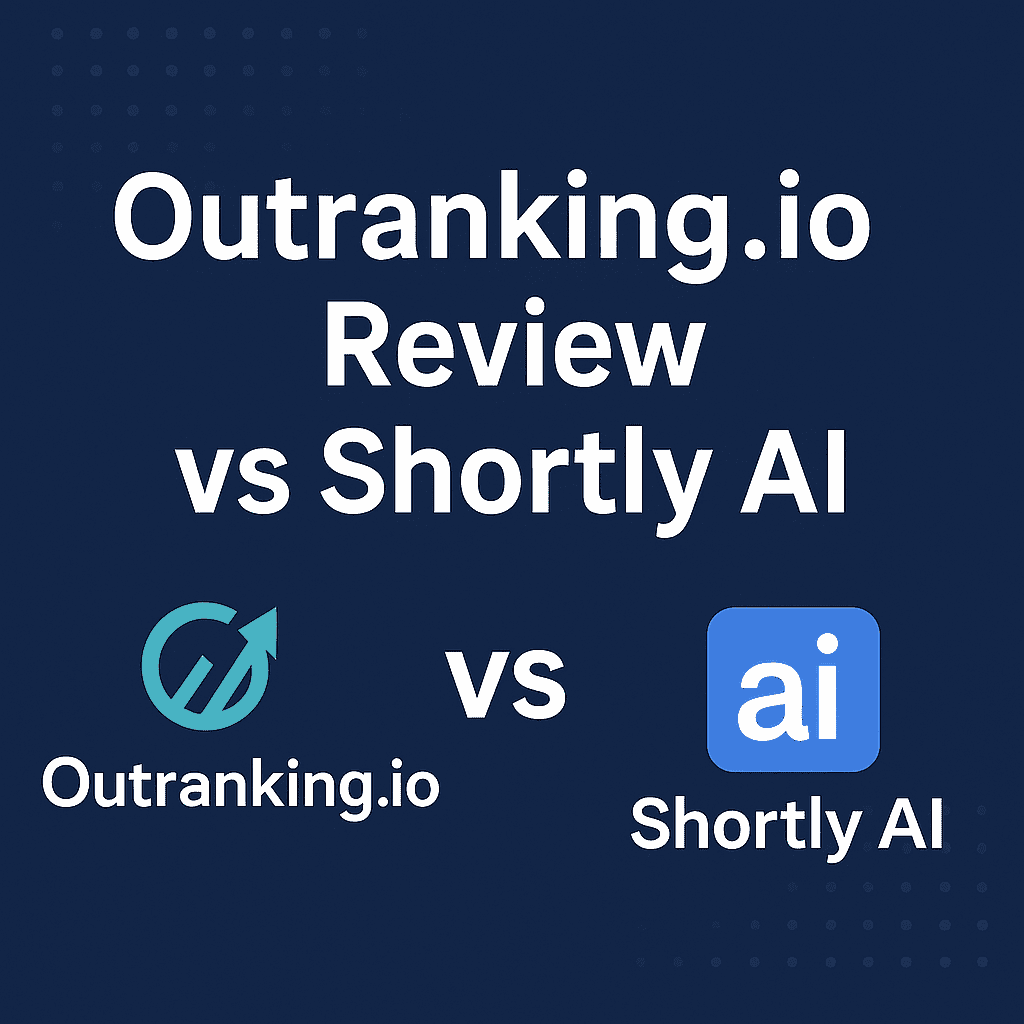
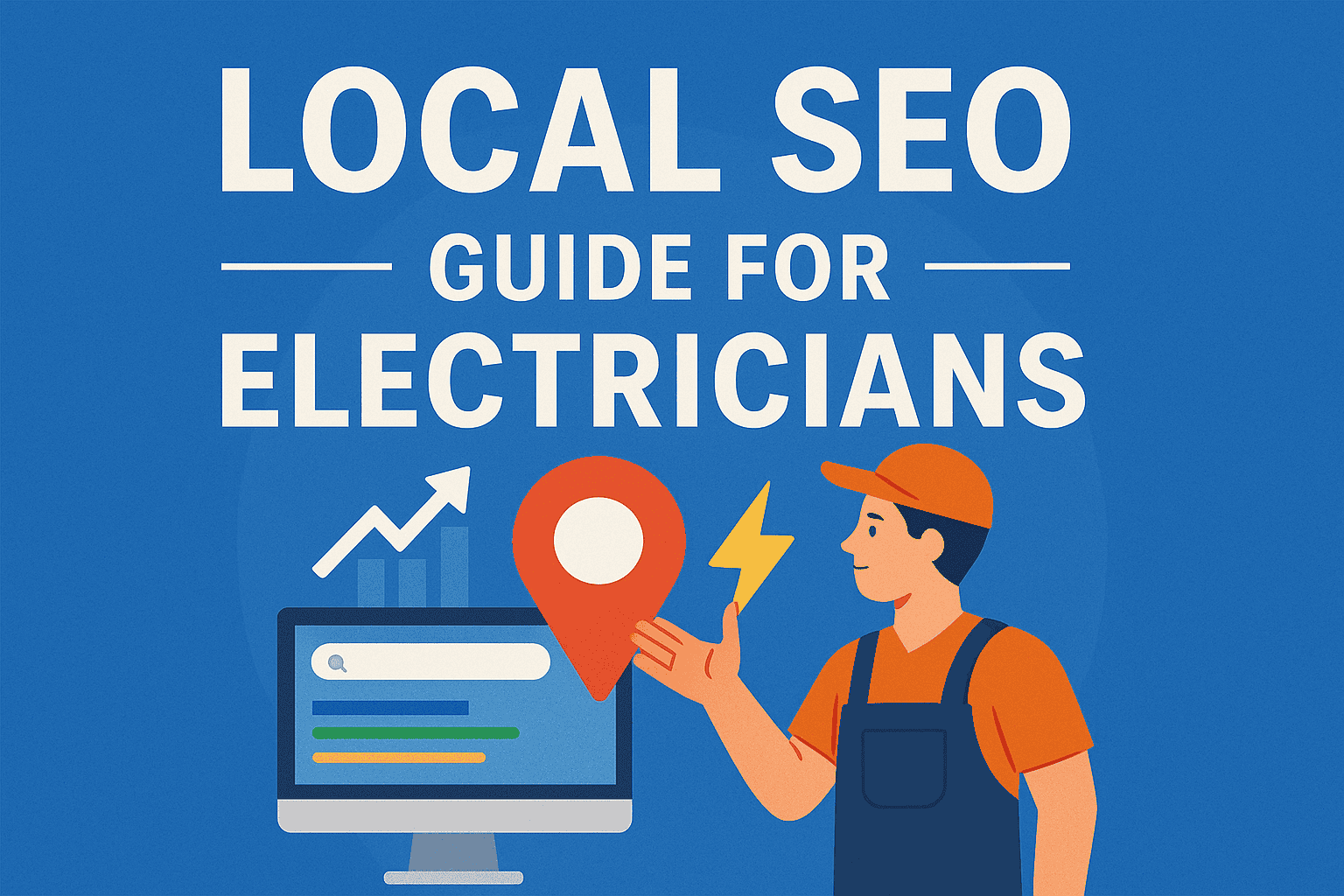
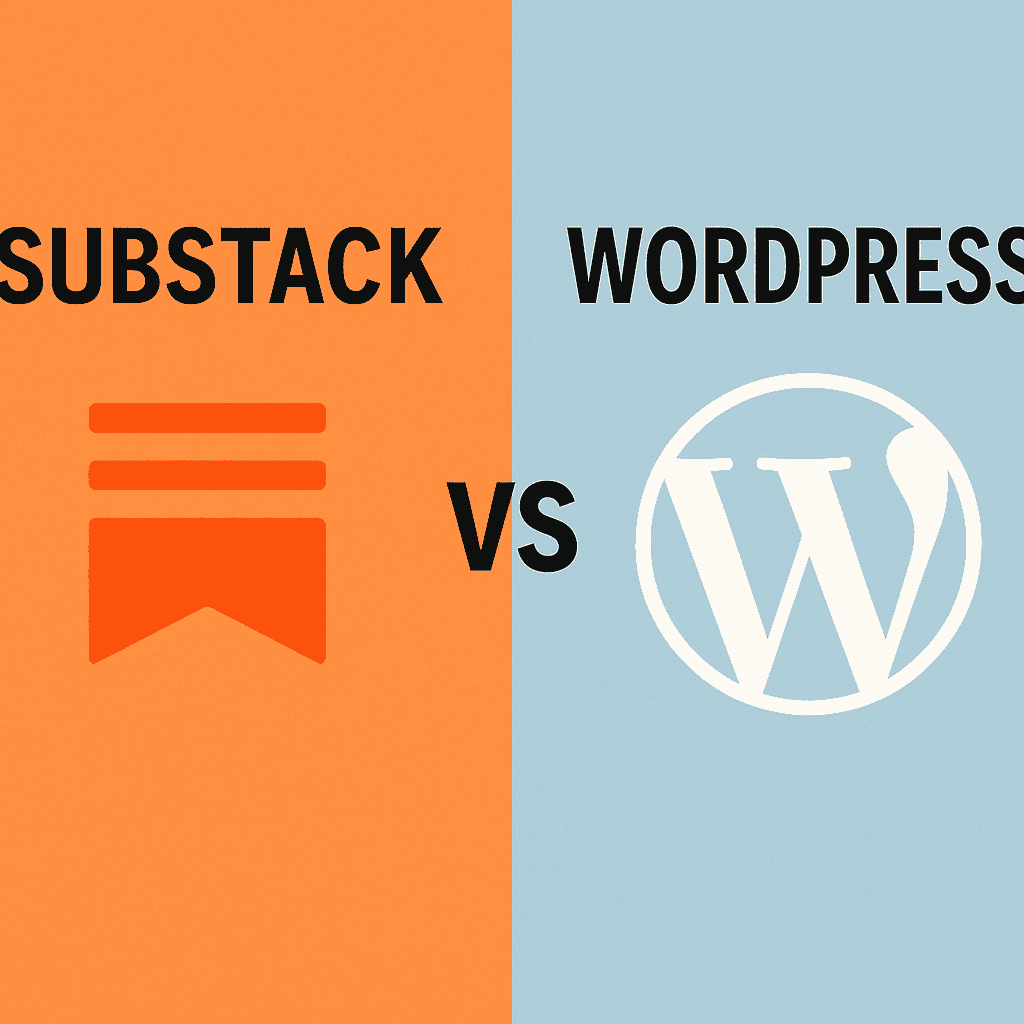

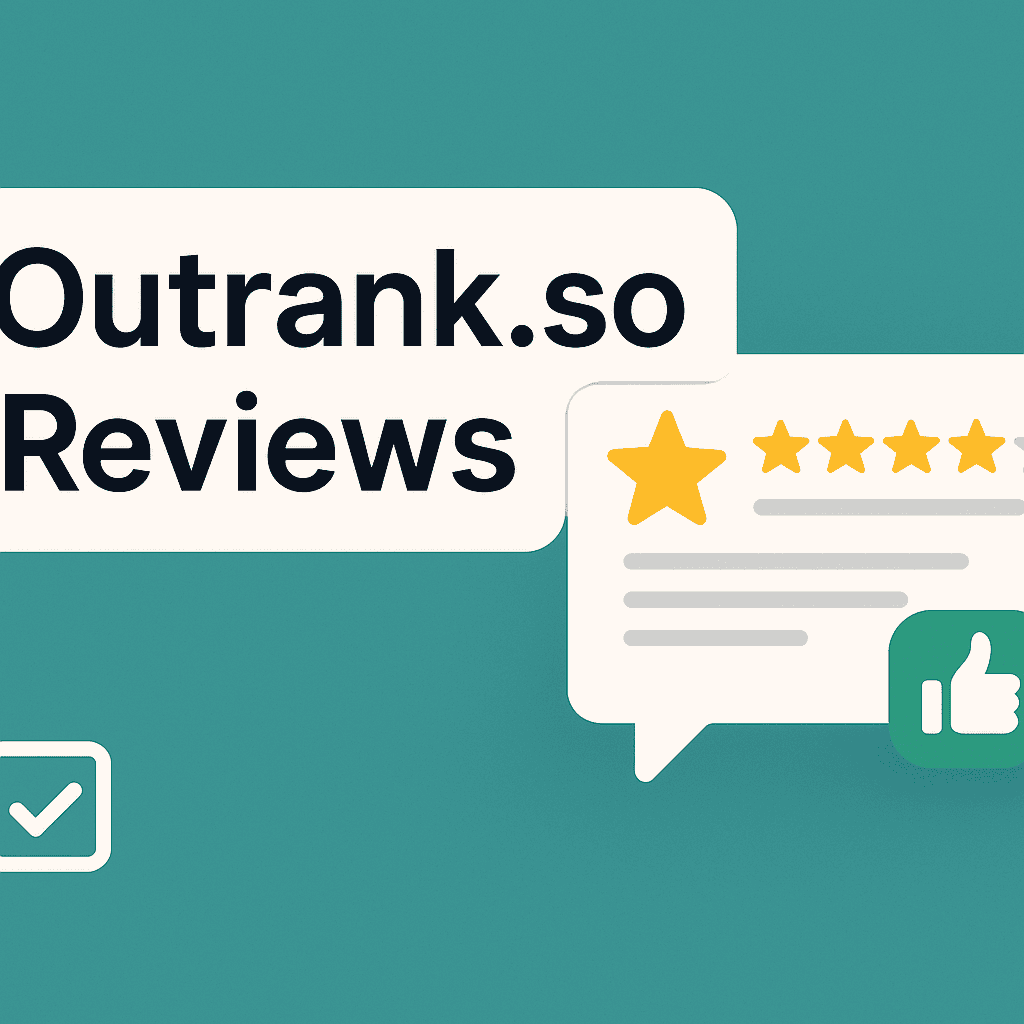

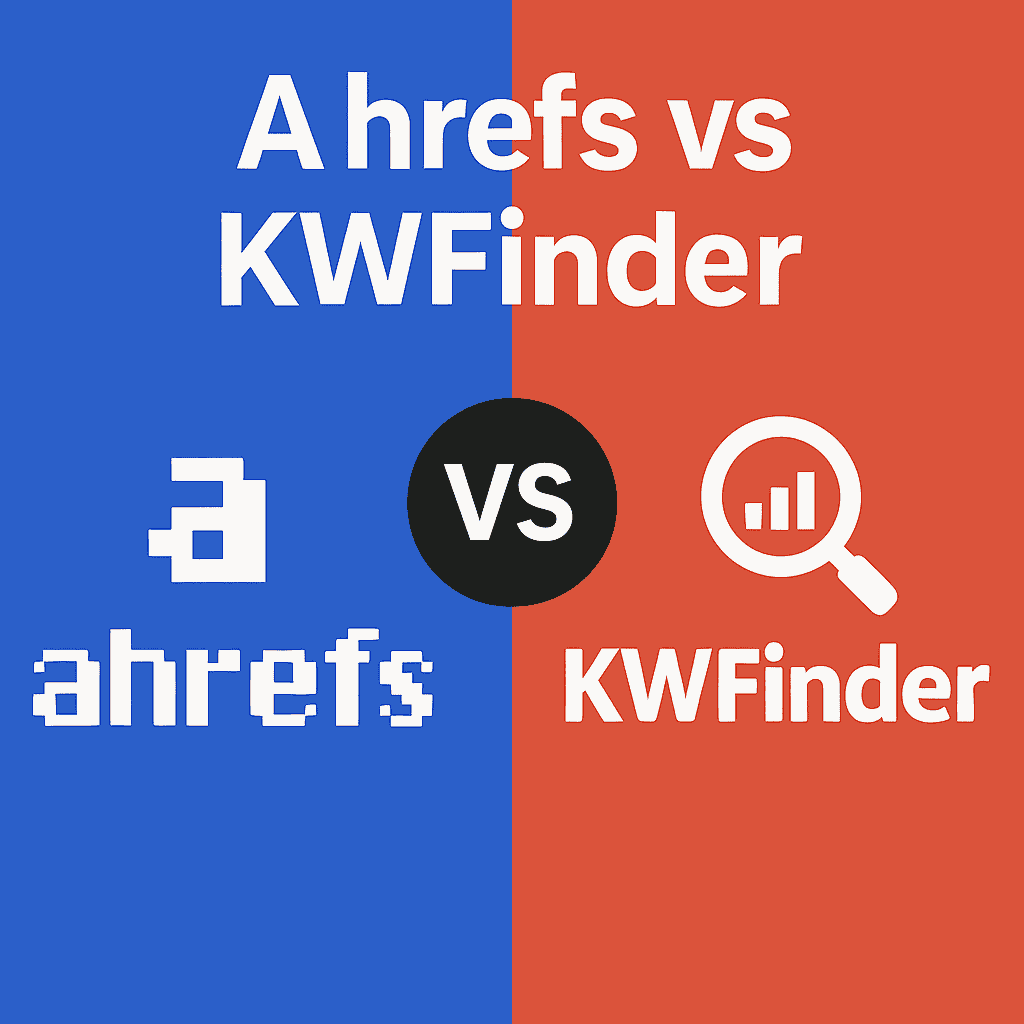
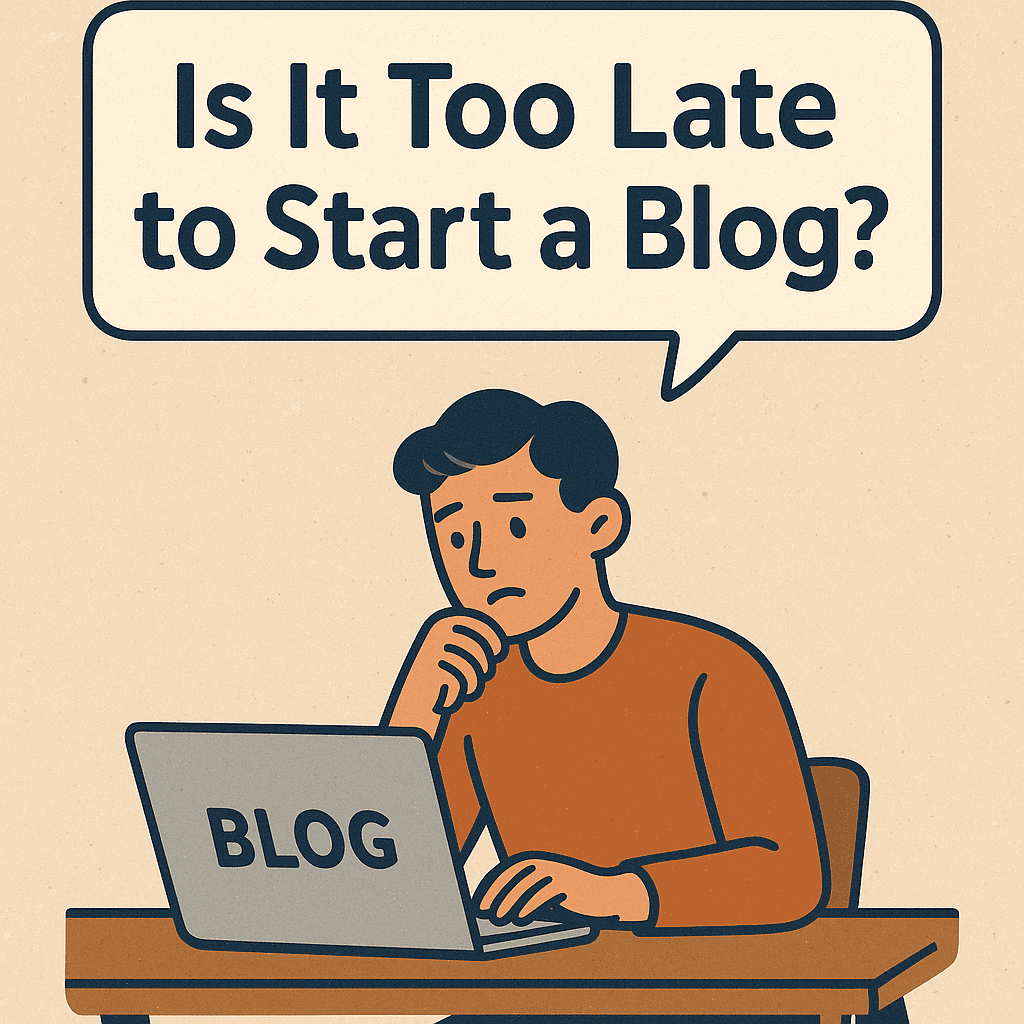
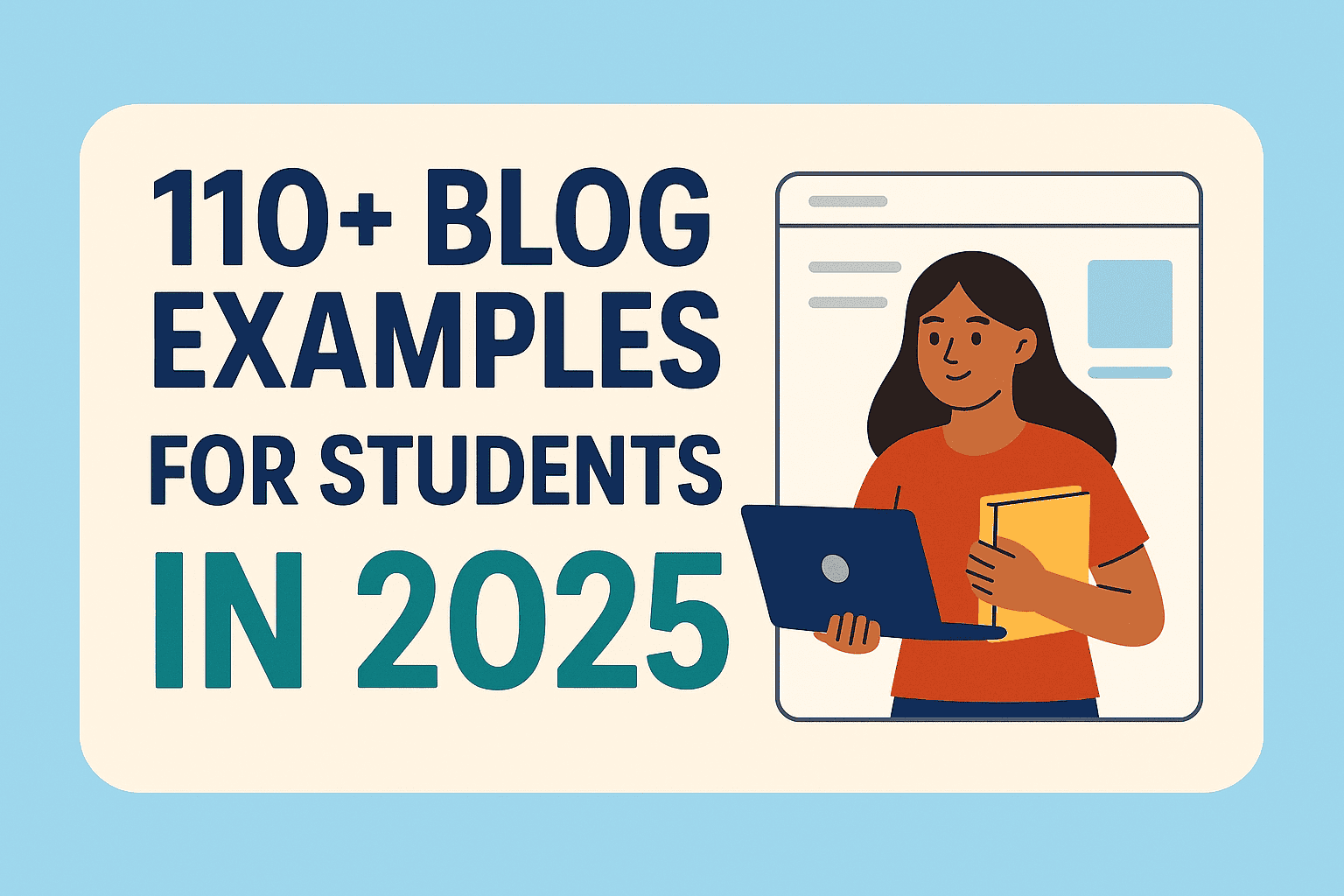
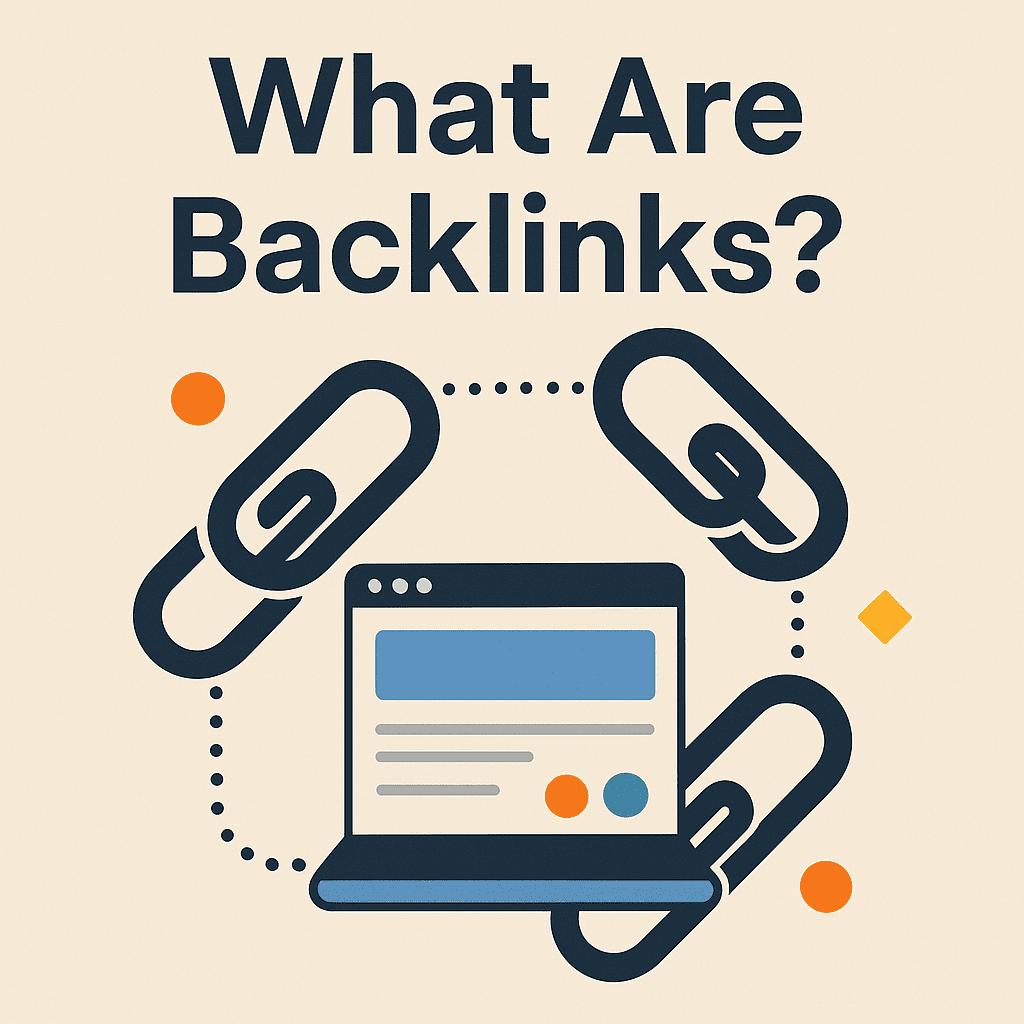
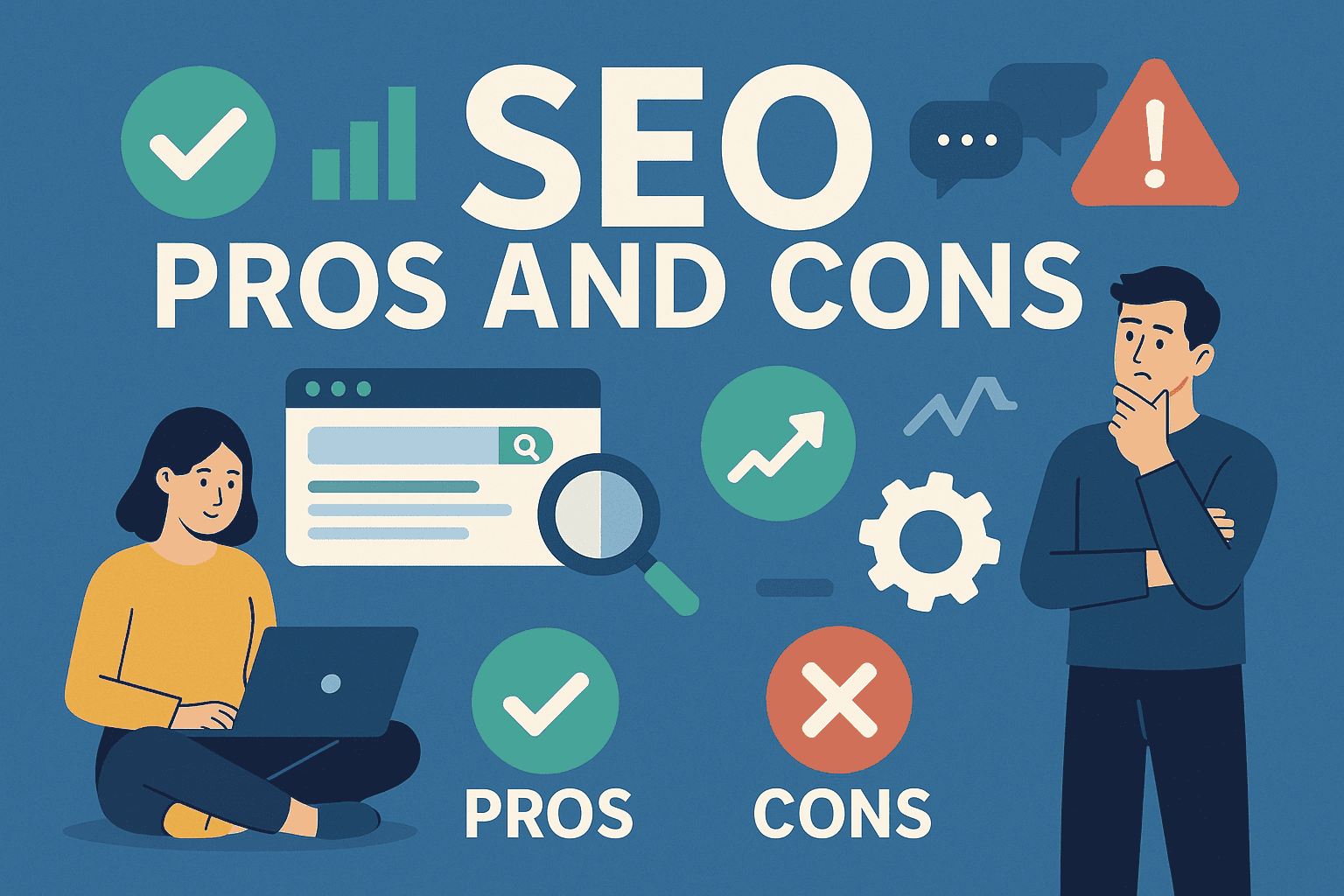
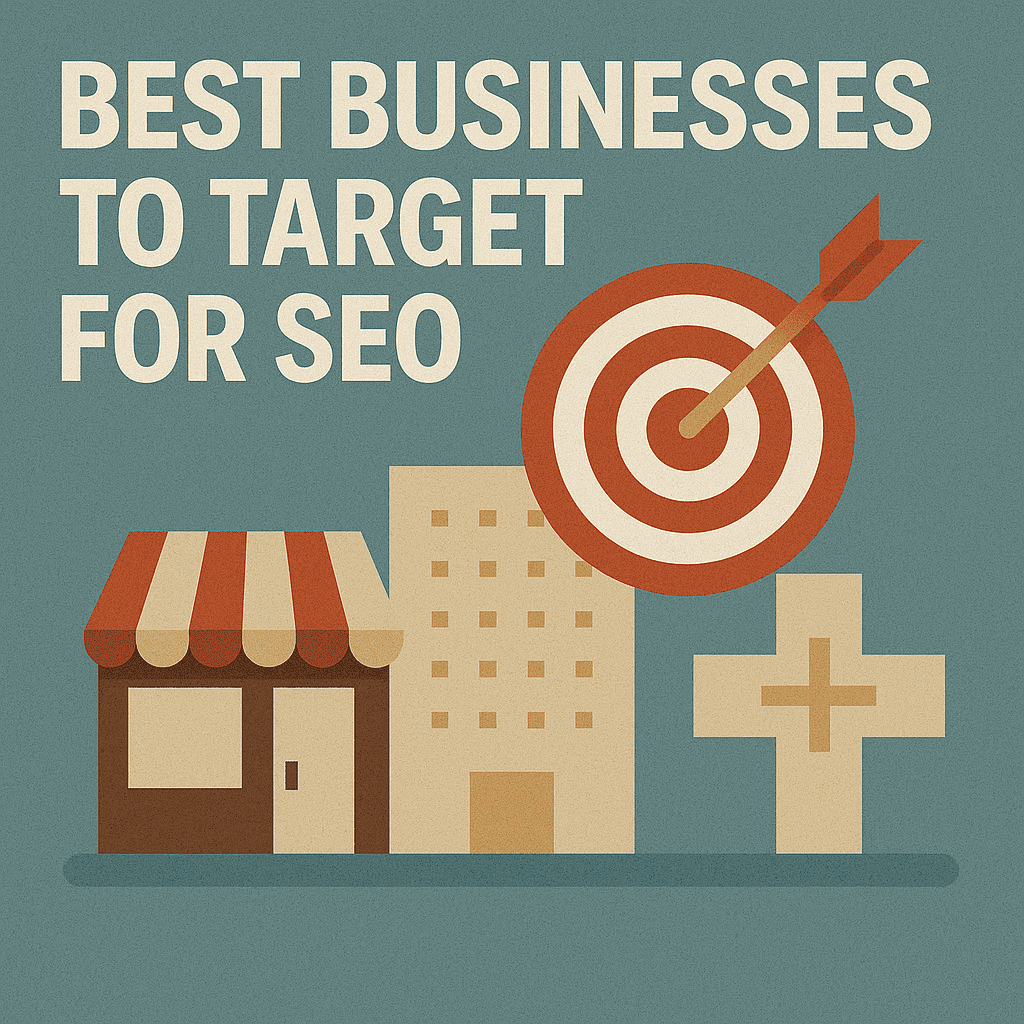
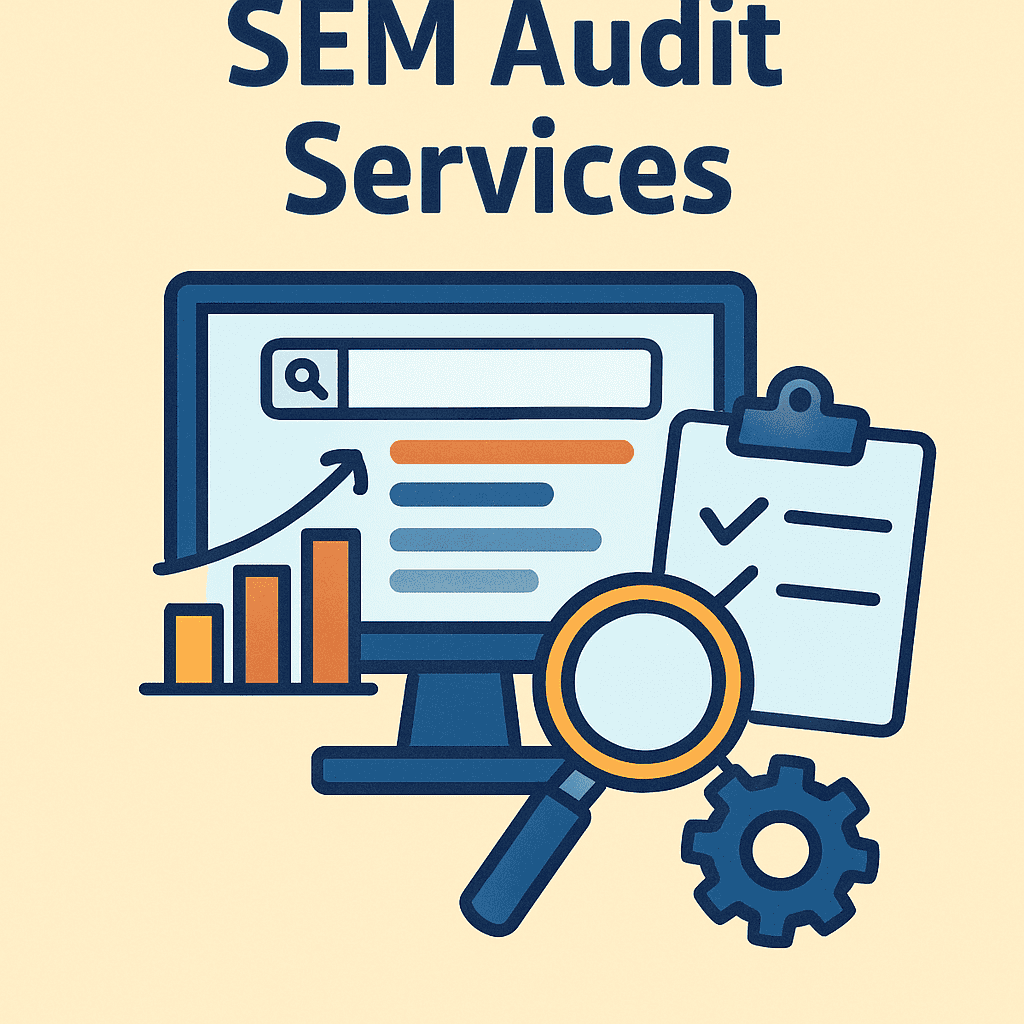
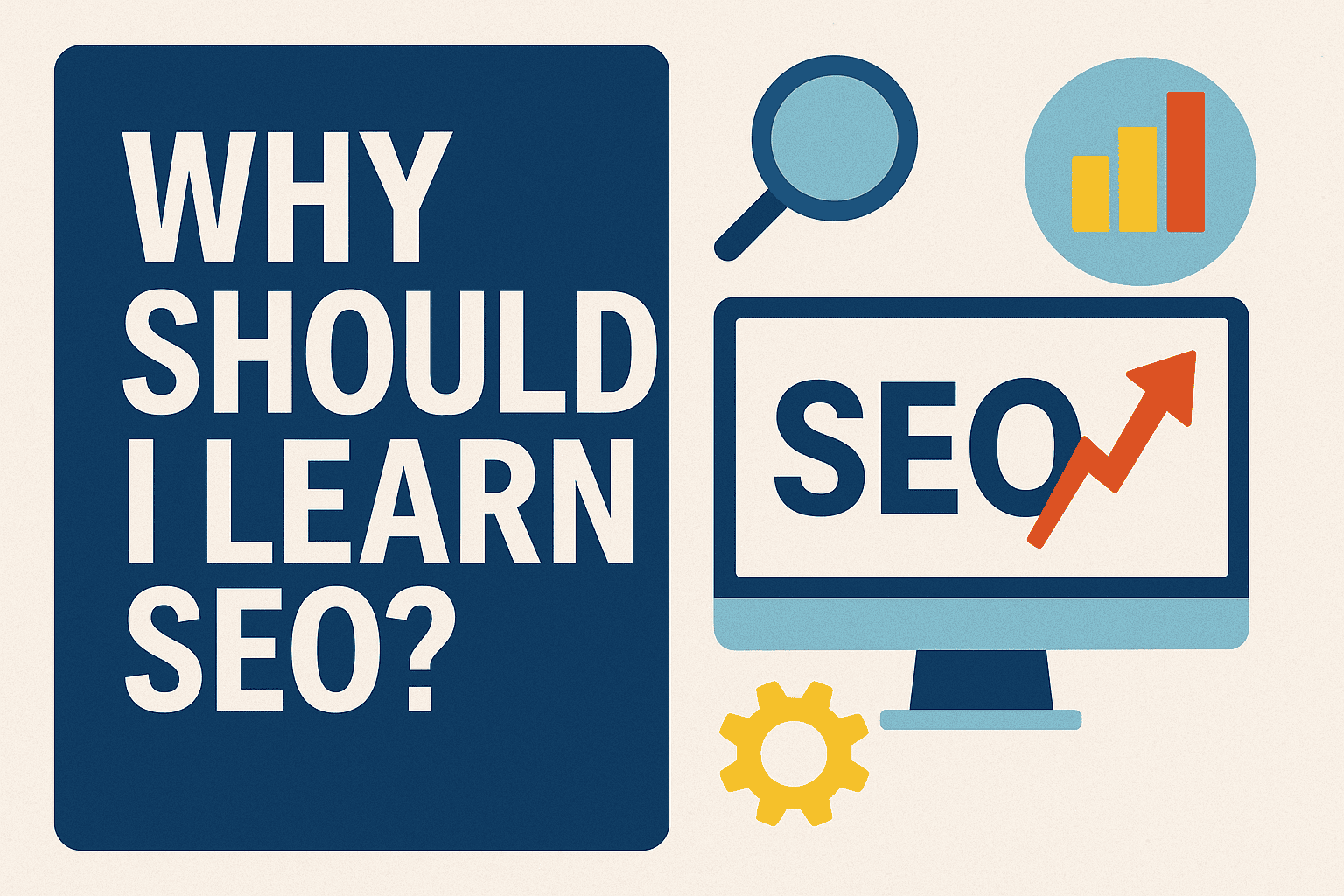
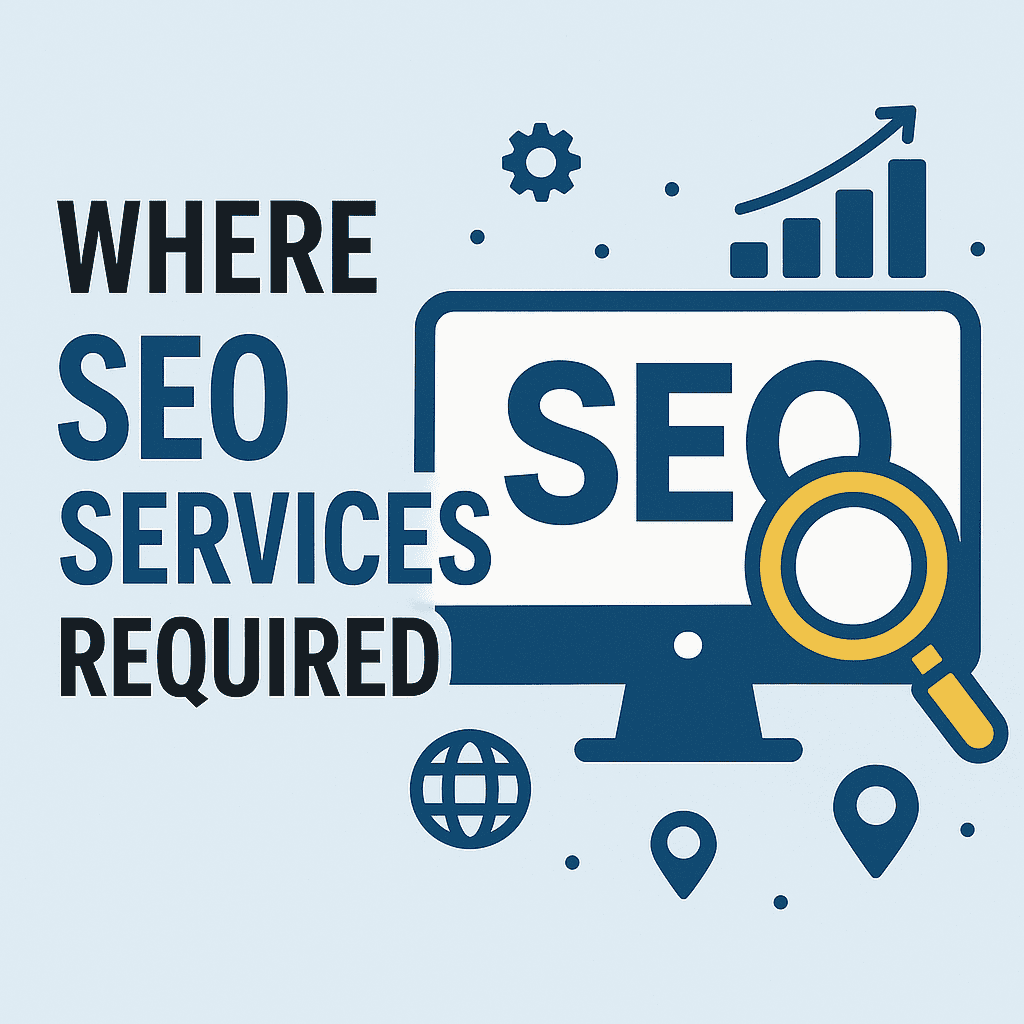
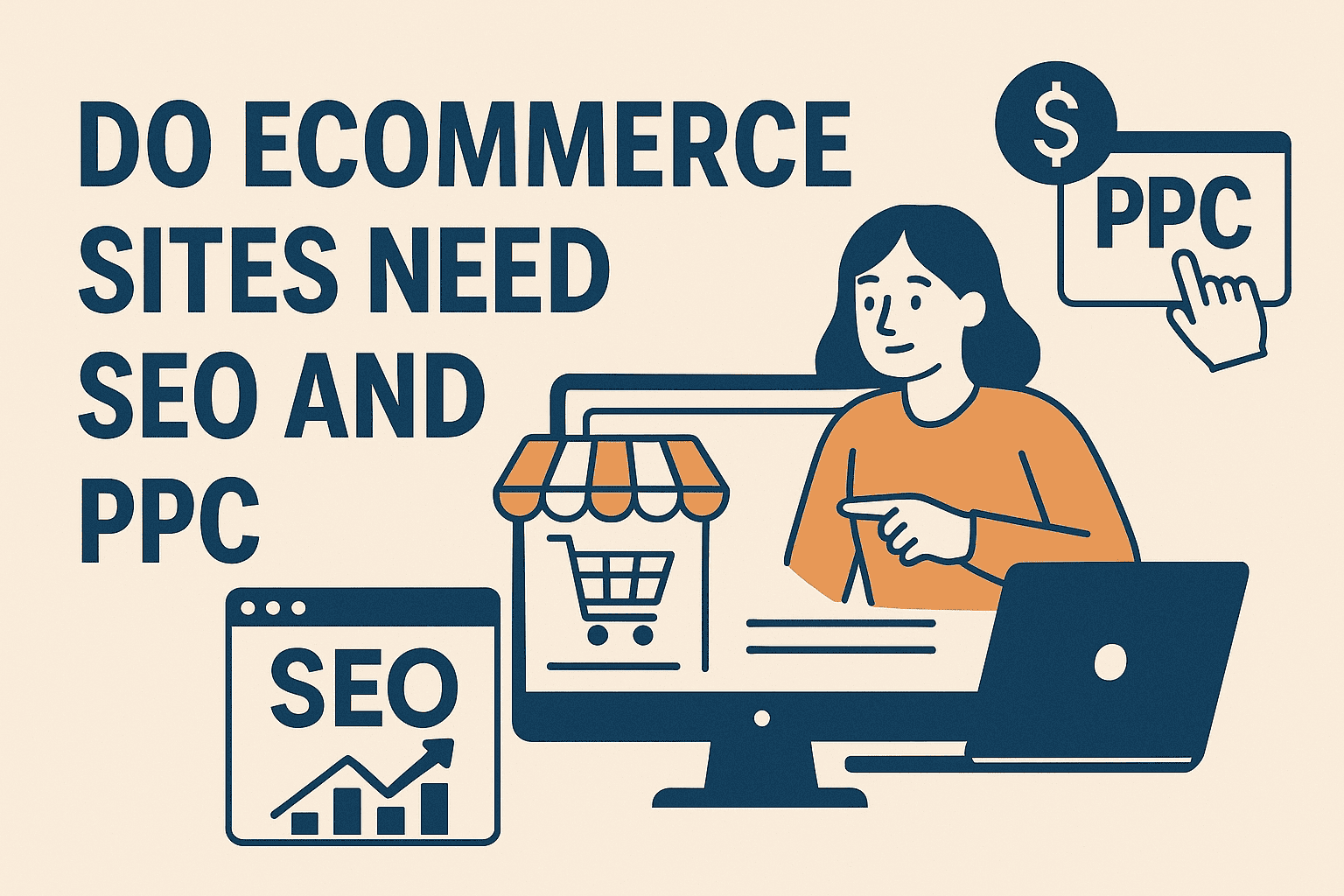
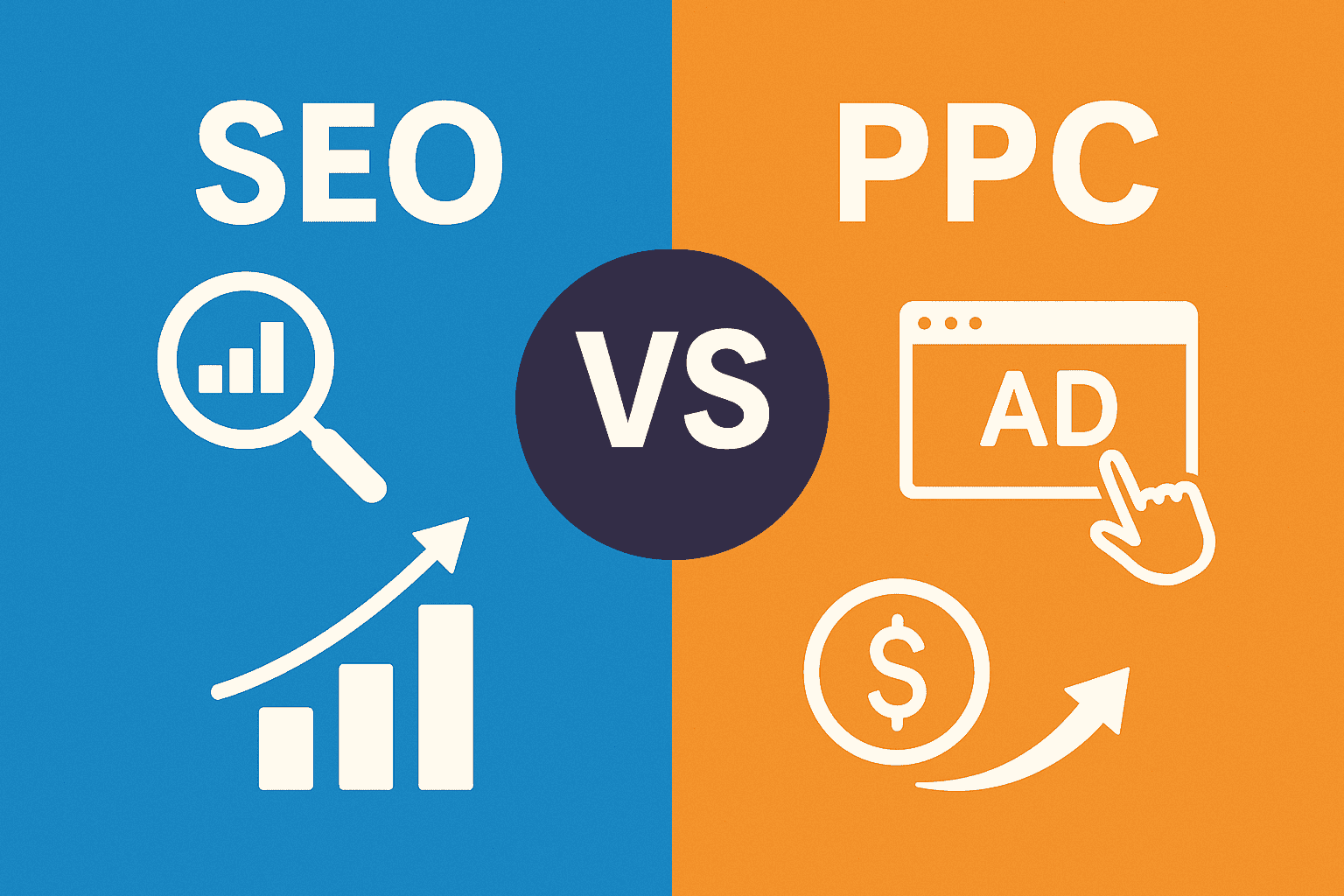

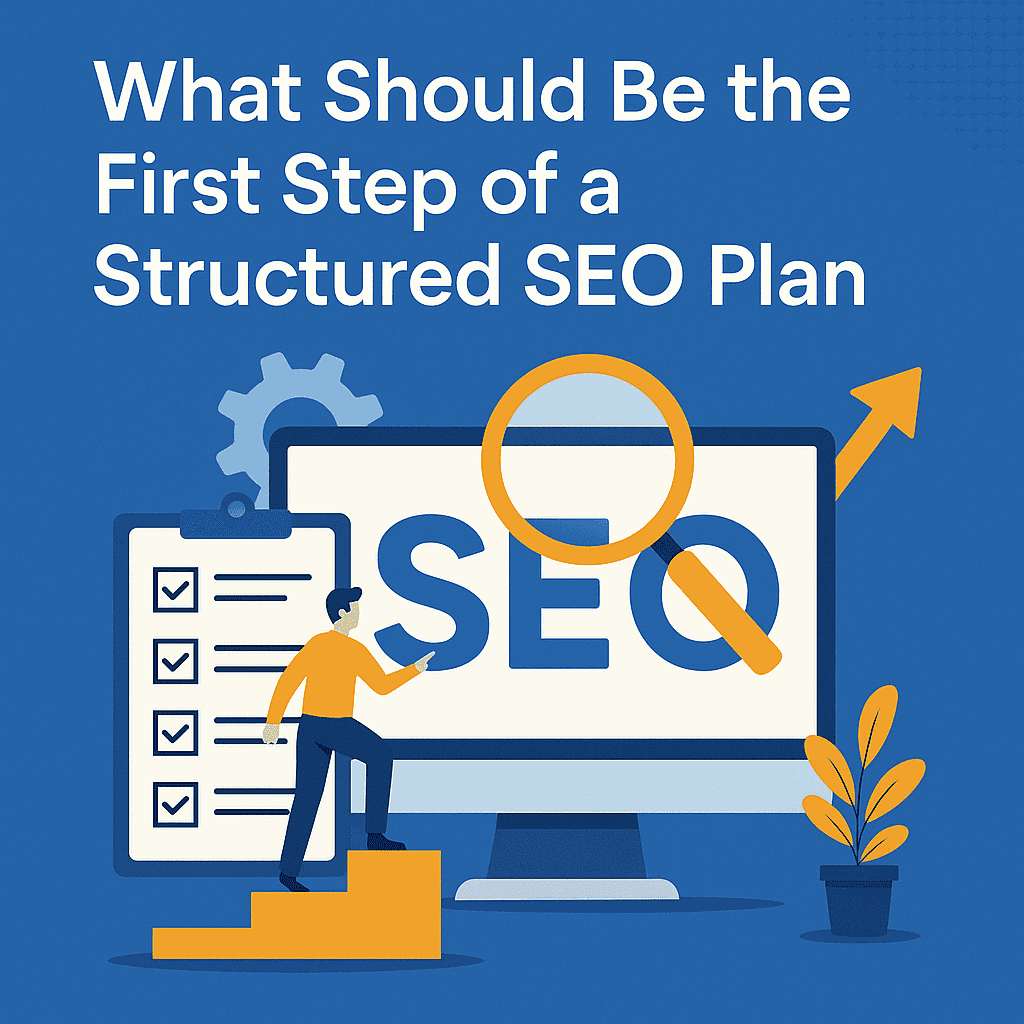

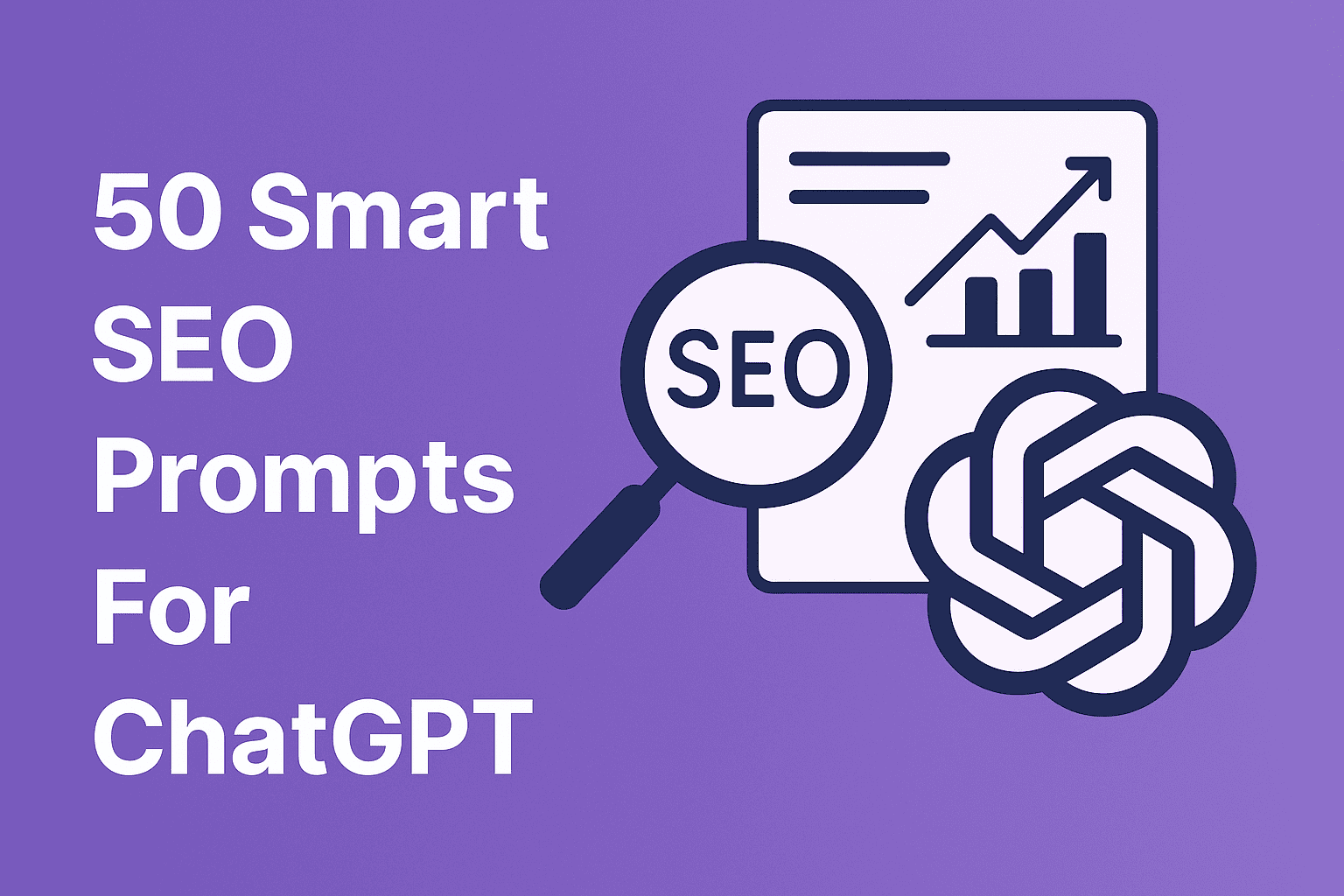
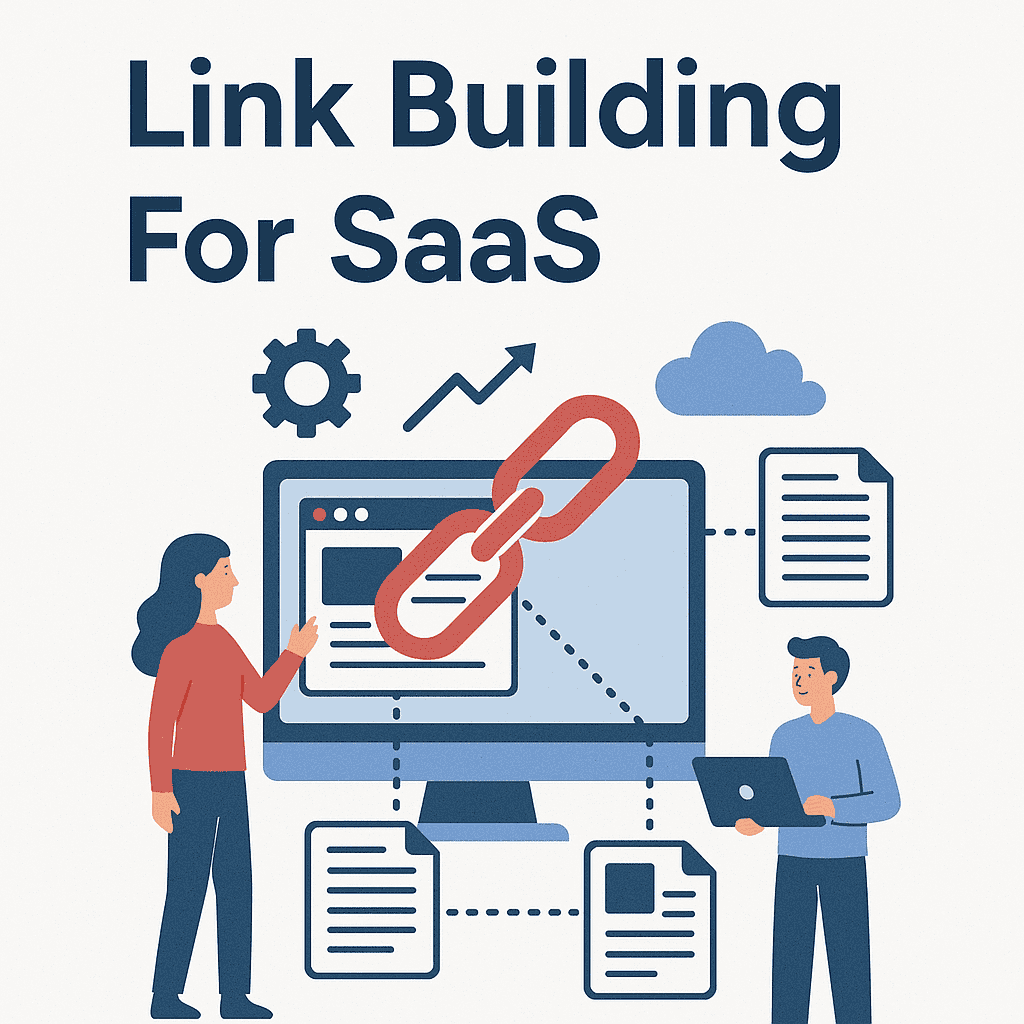
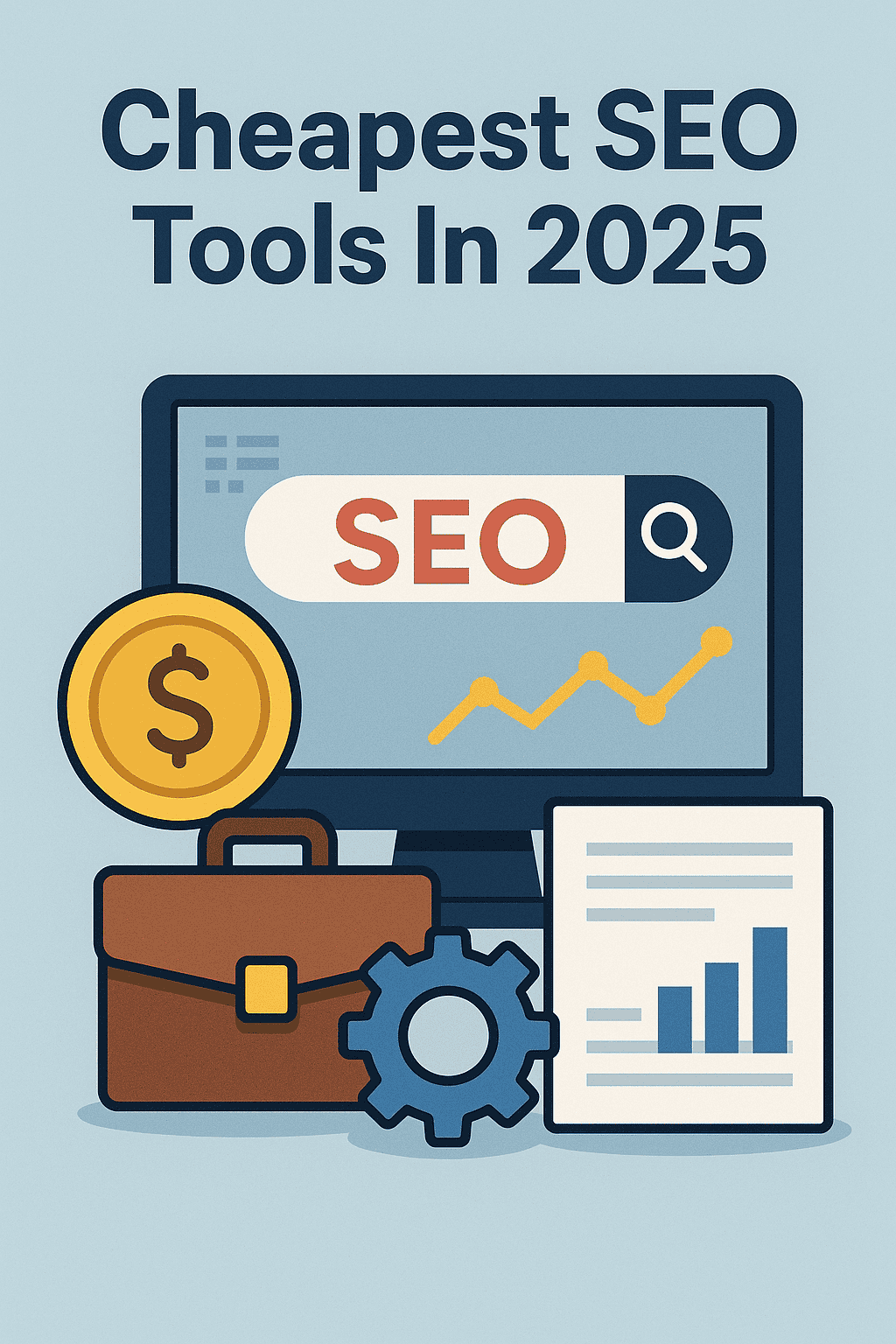
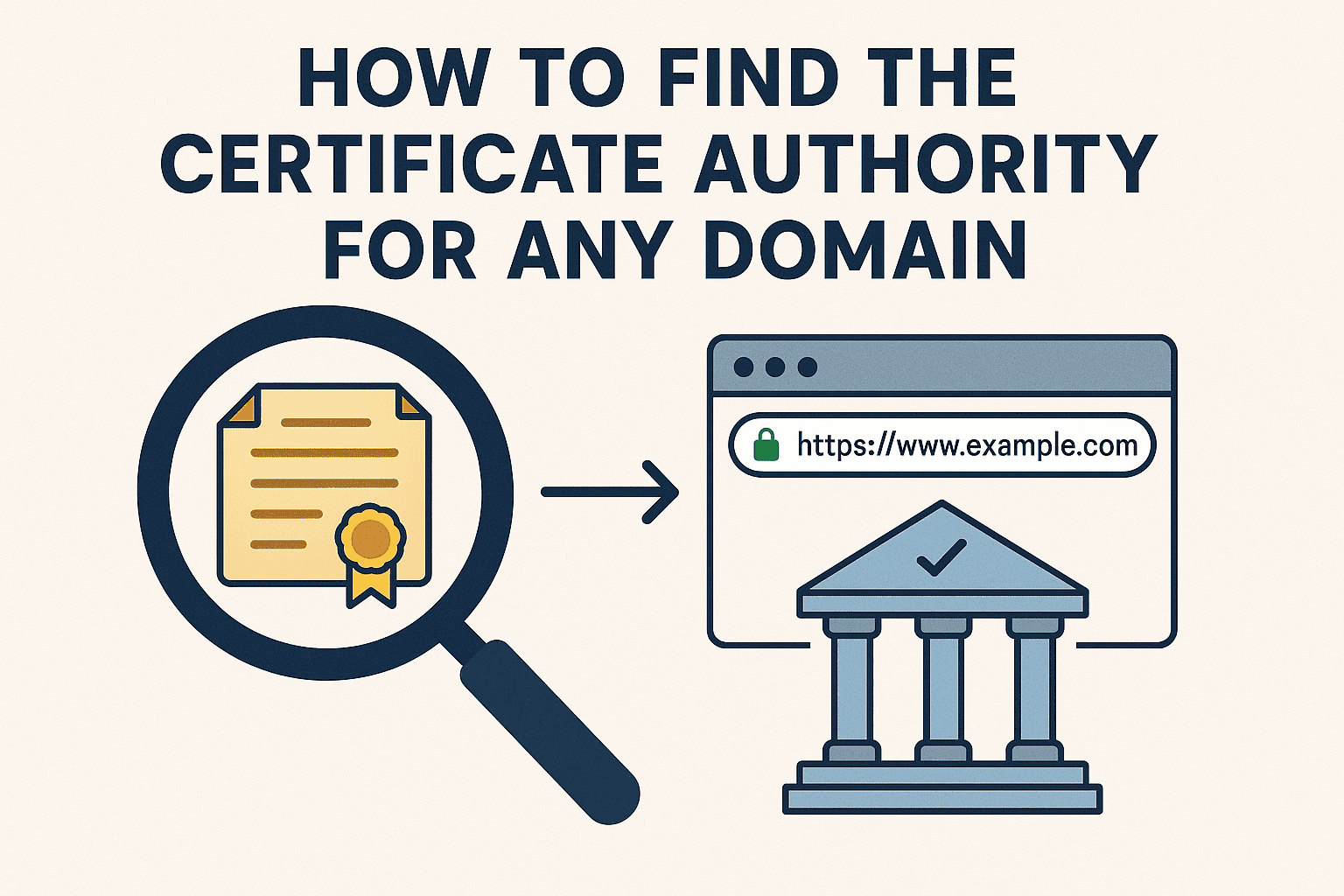
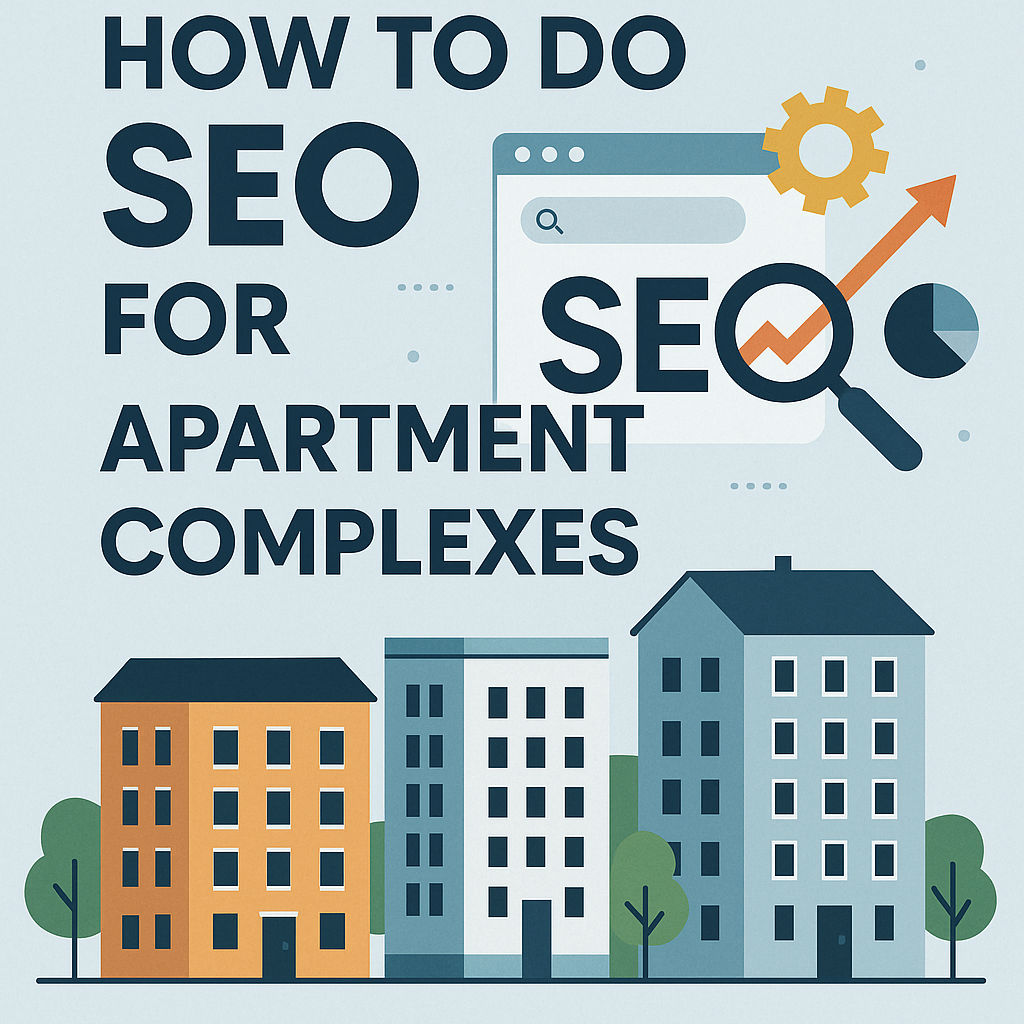
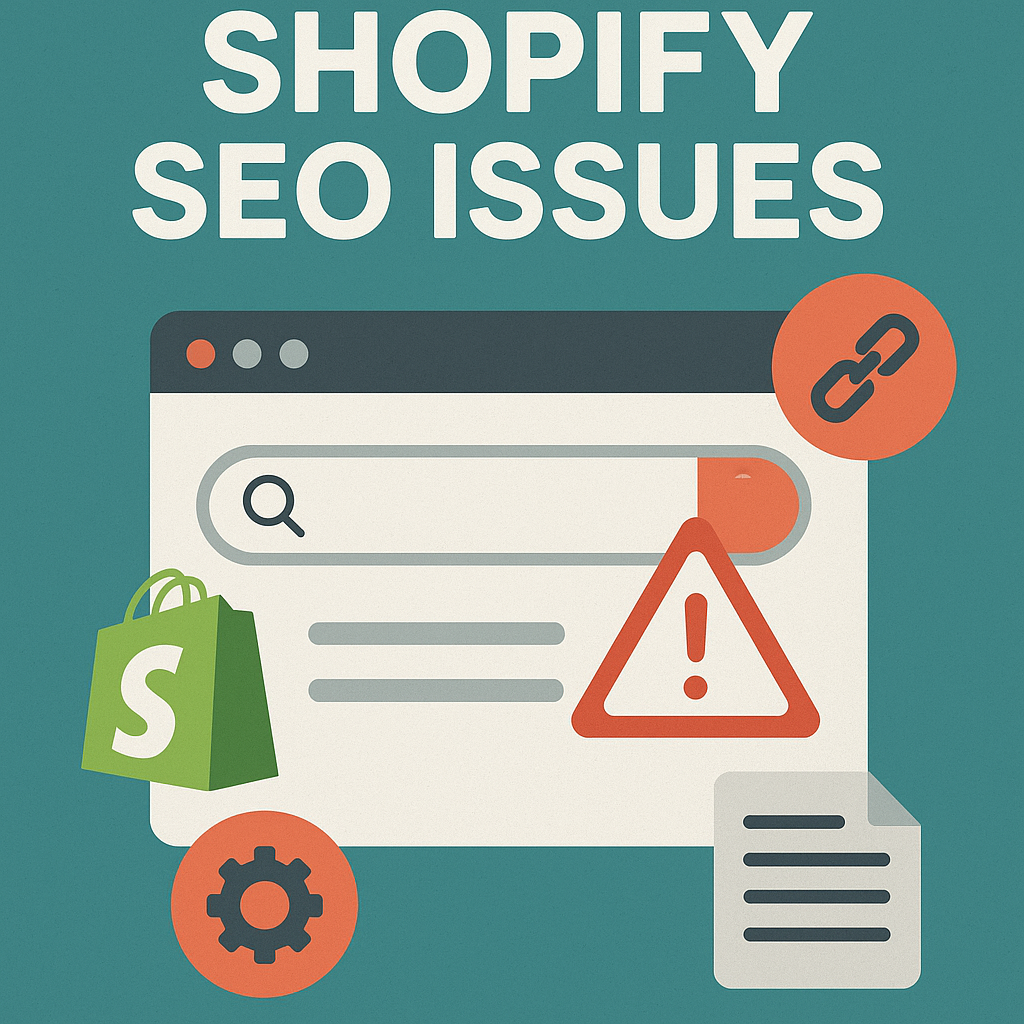
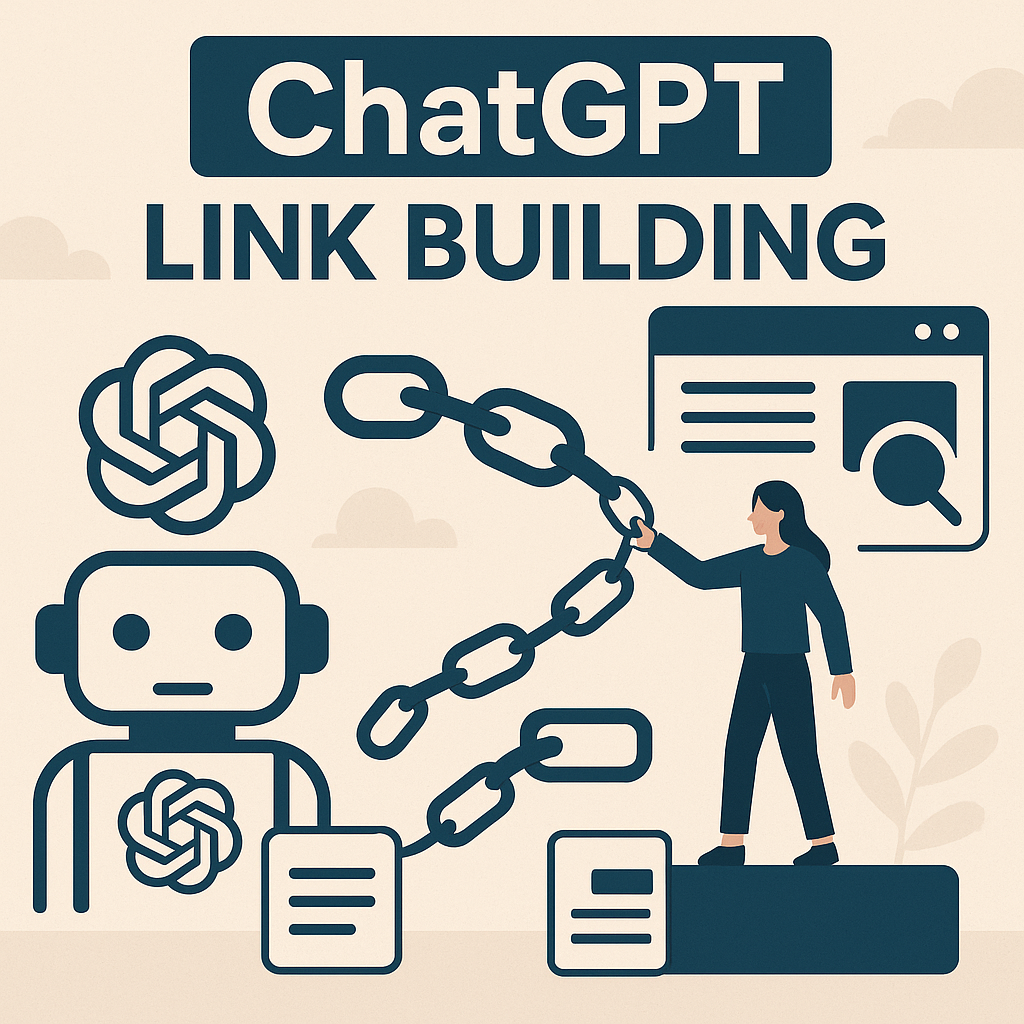
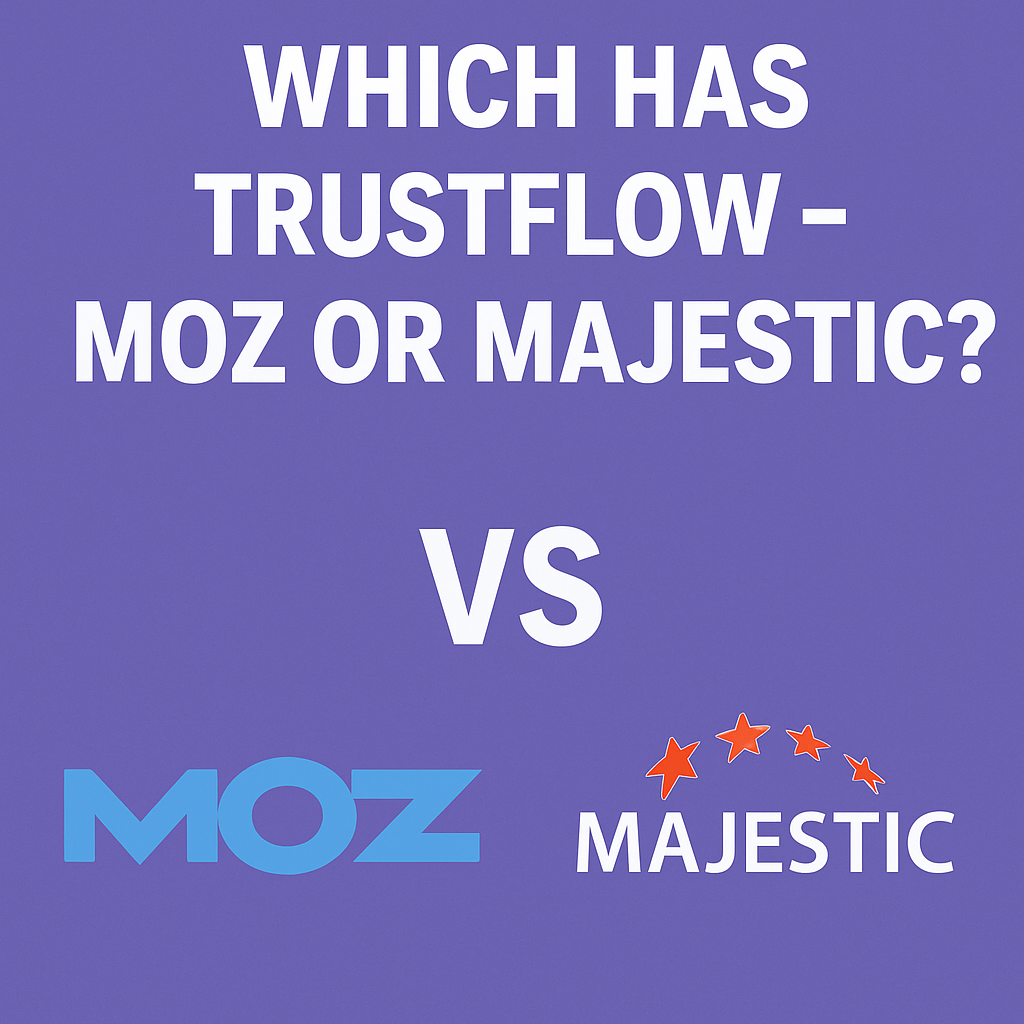
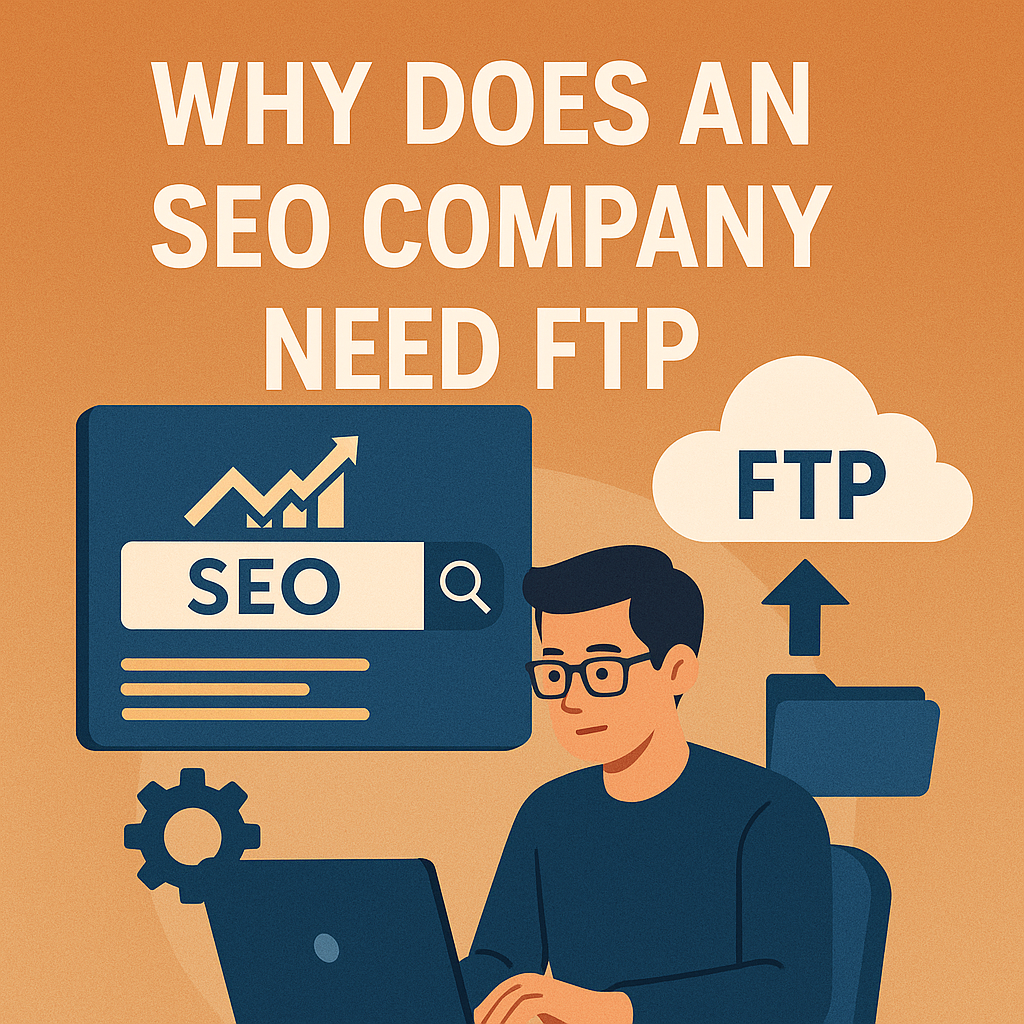
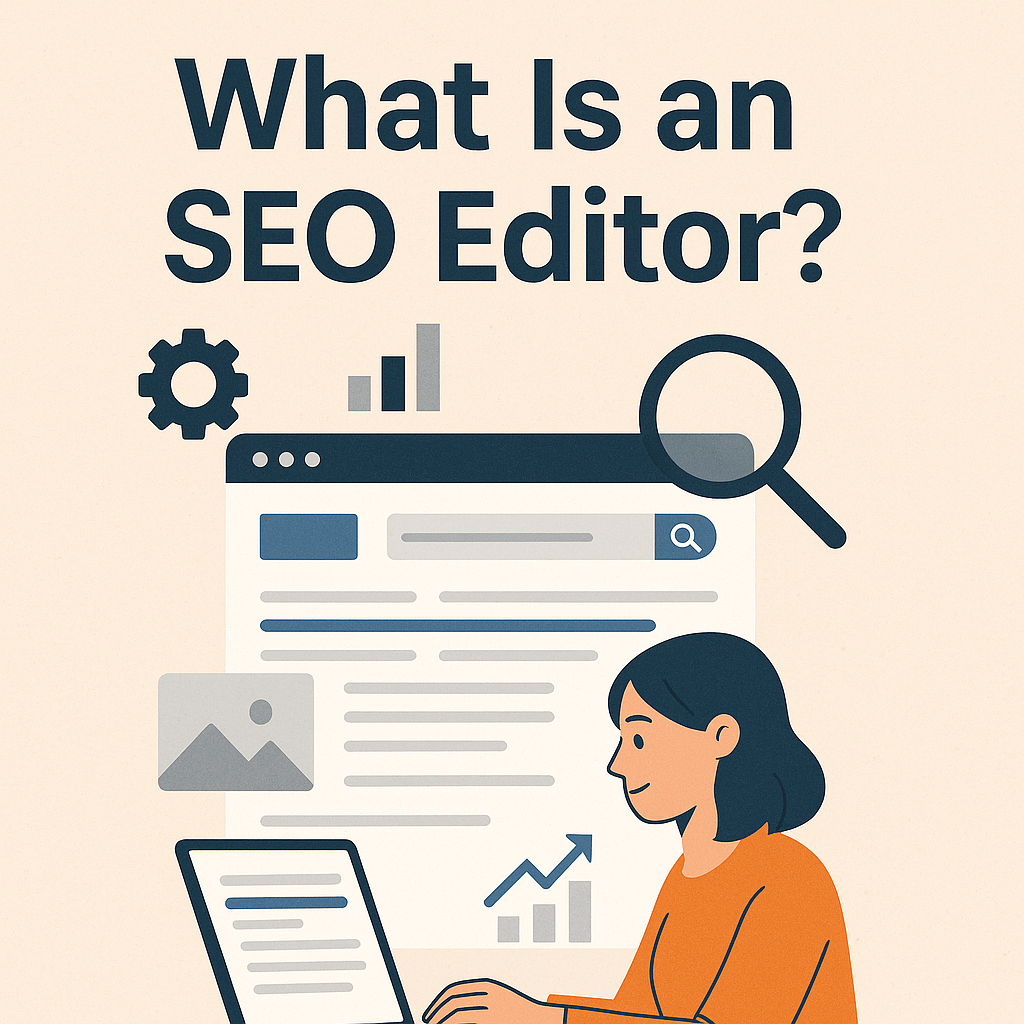
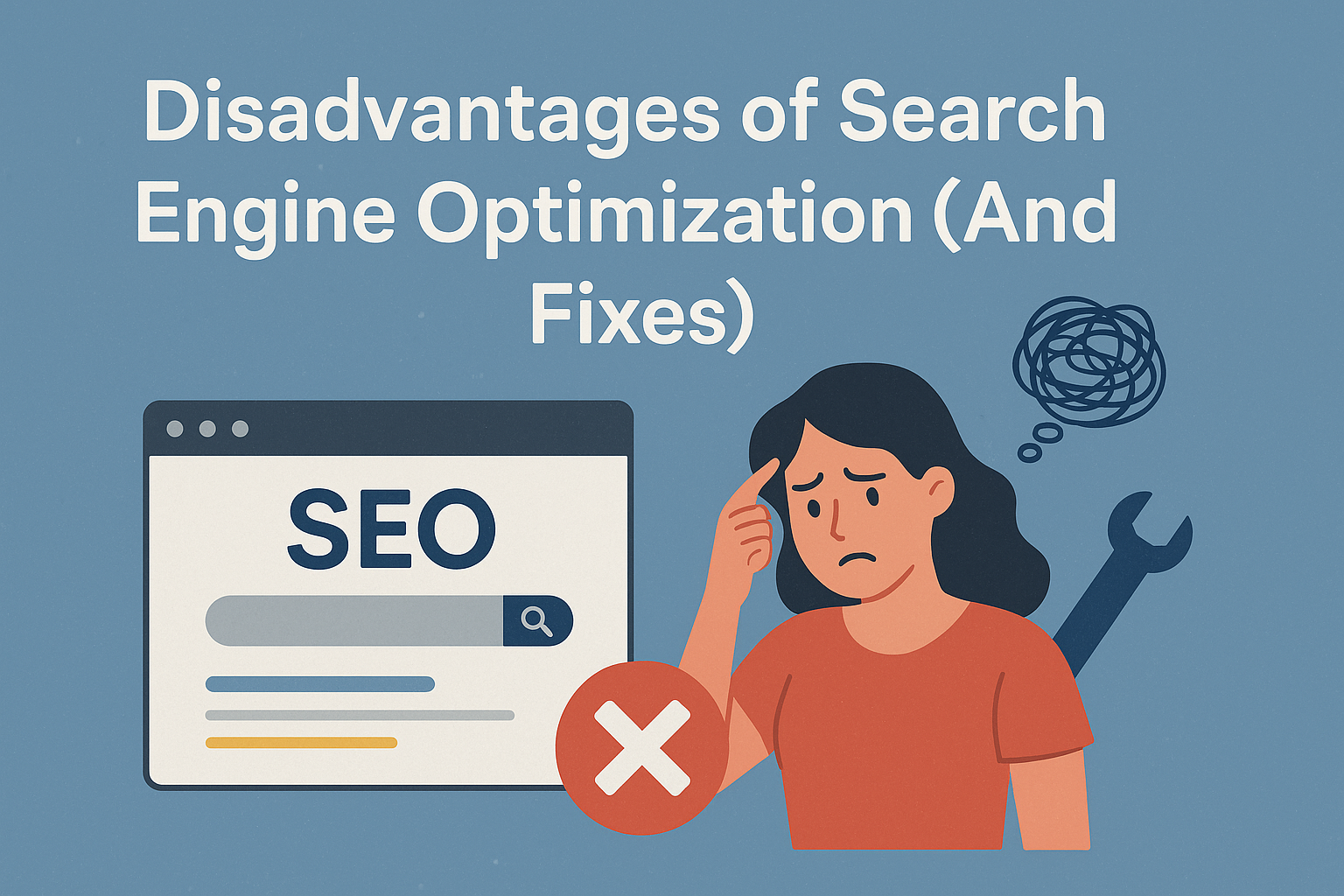

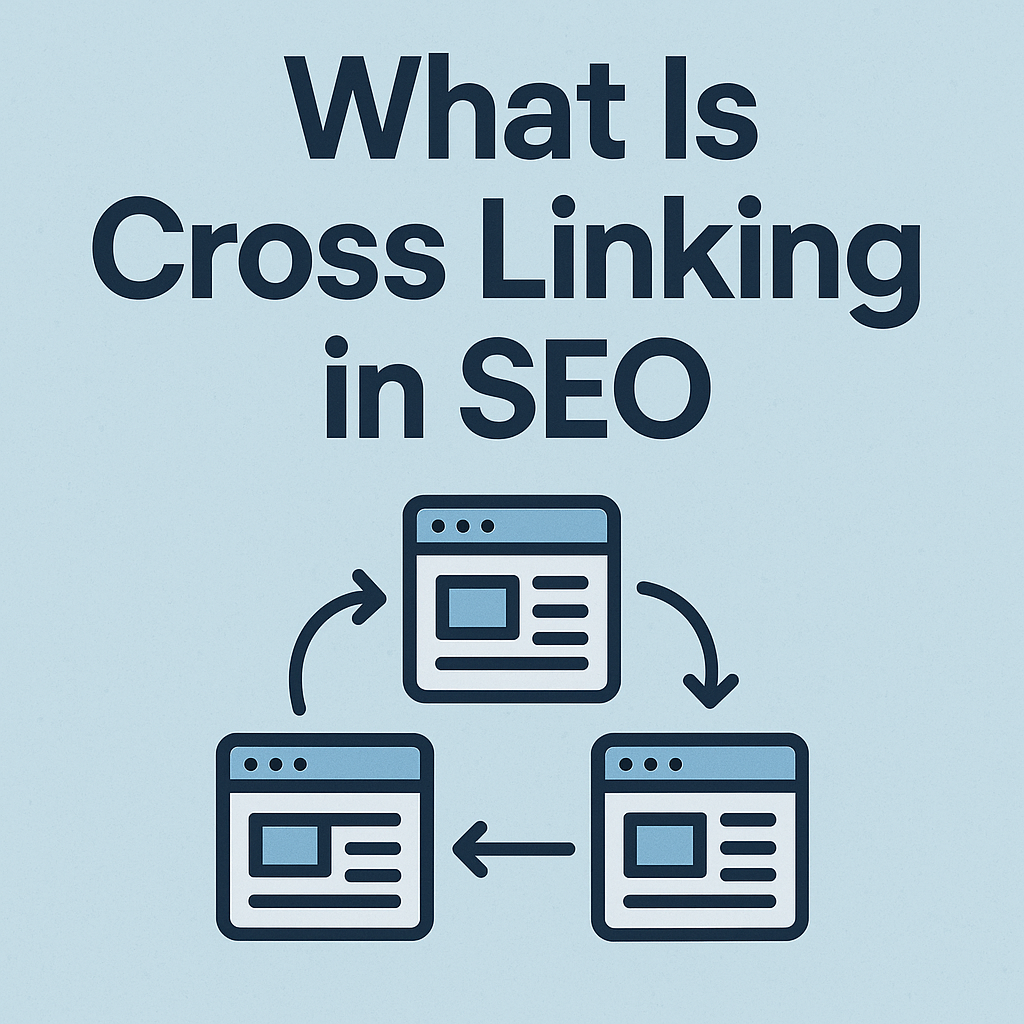

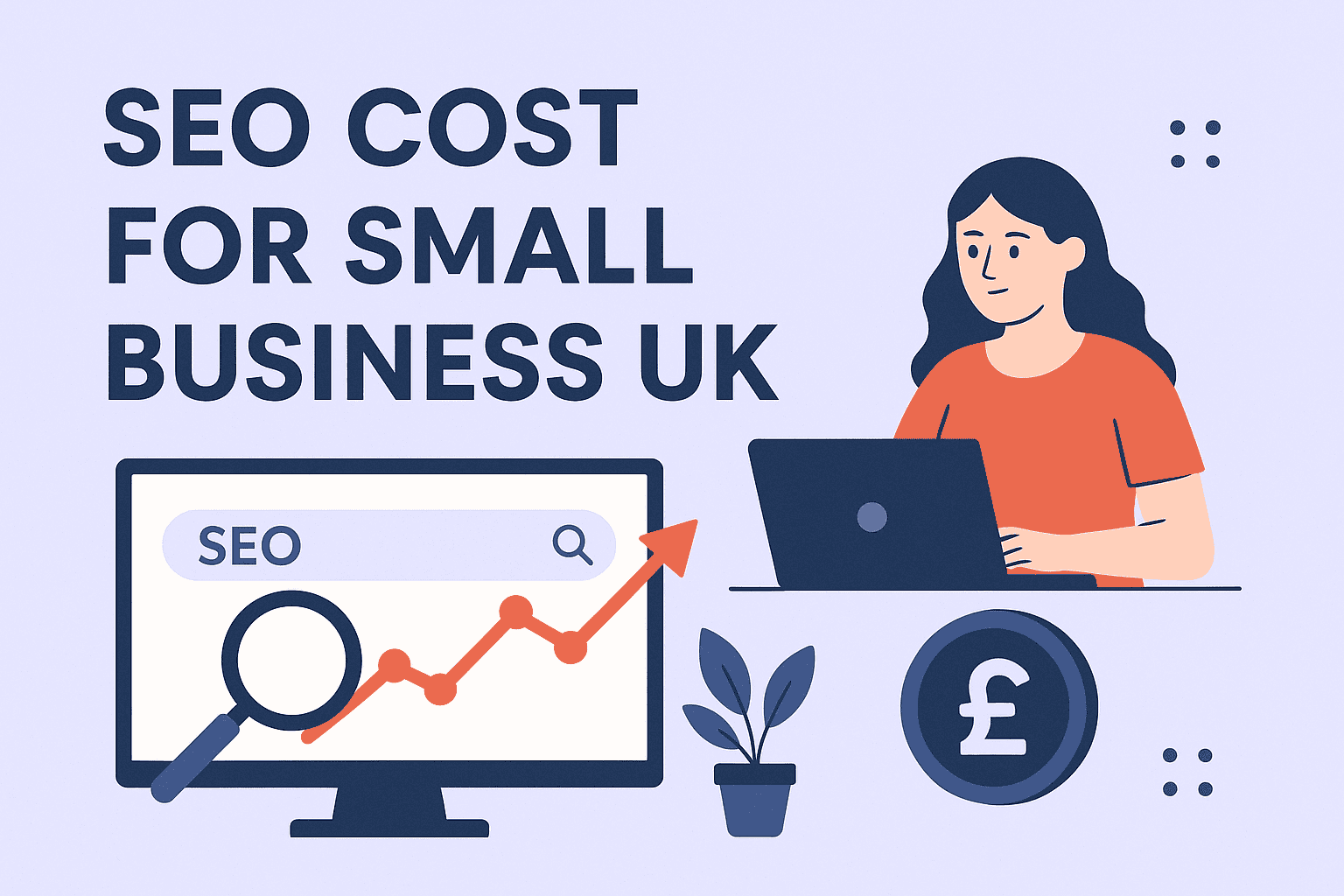
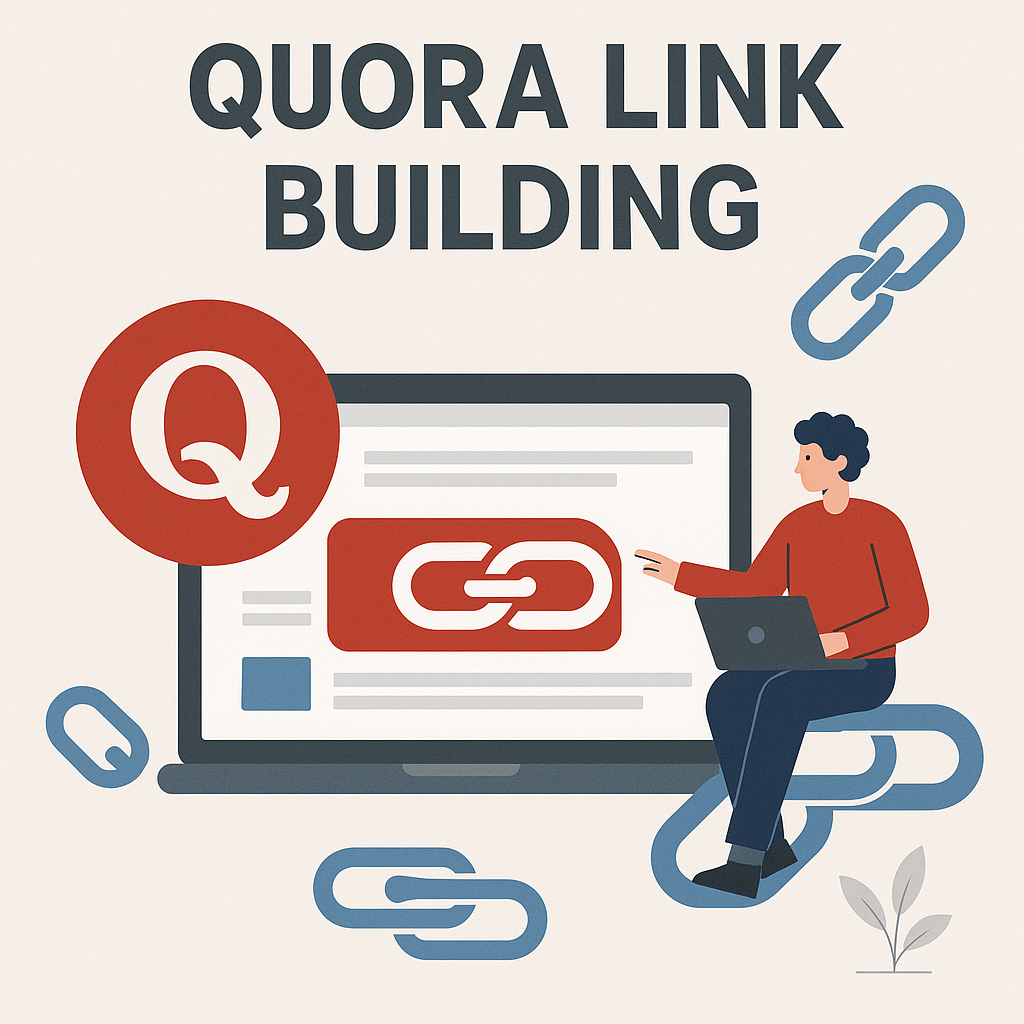
![How Many Outbound Links Per Blog [2025 Updated]](https://backlinkmanagement.io/wp-content/uploads/2025/06/How-Many-Outbound-Links-Per-Blog.png)
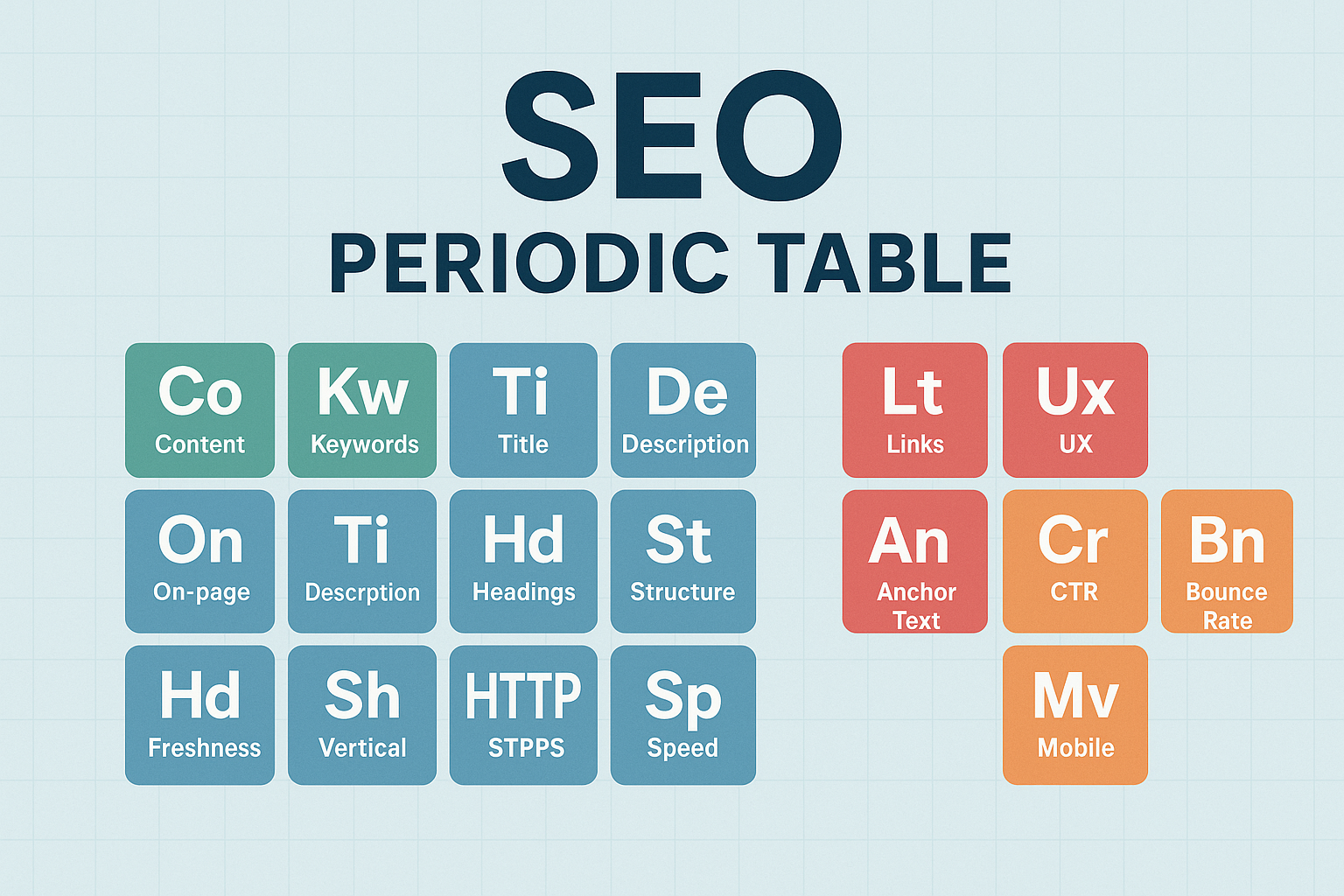

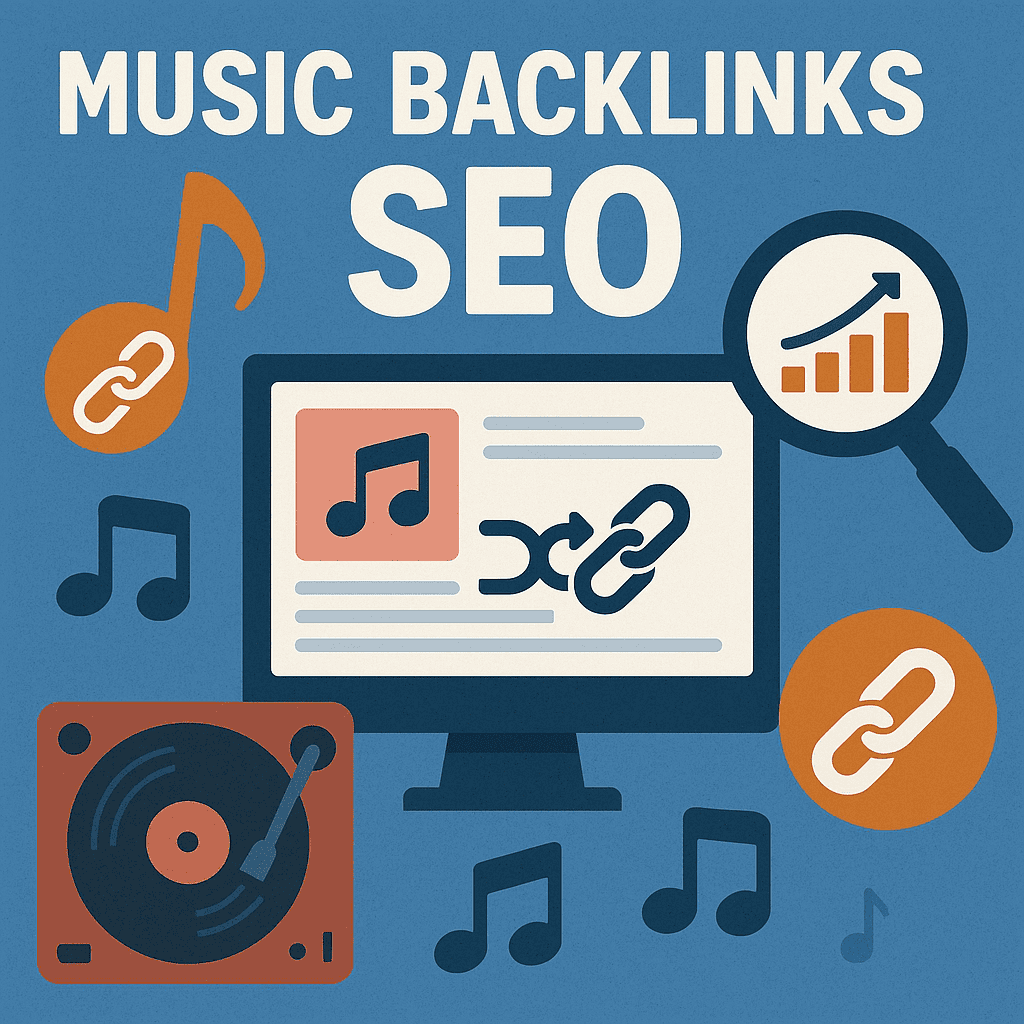
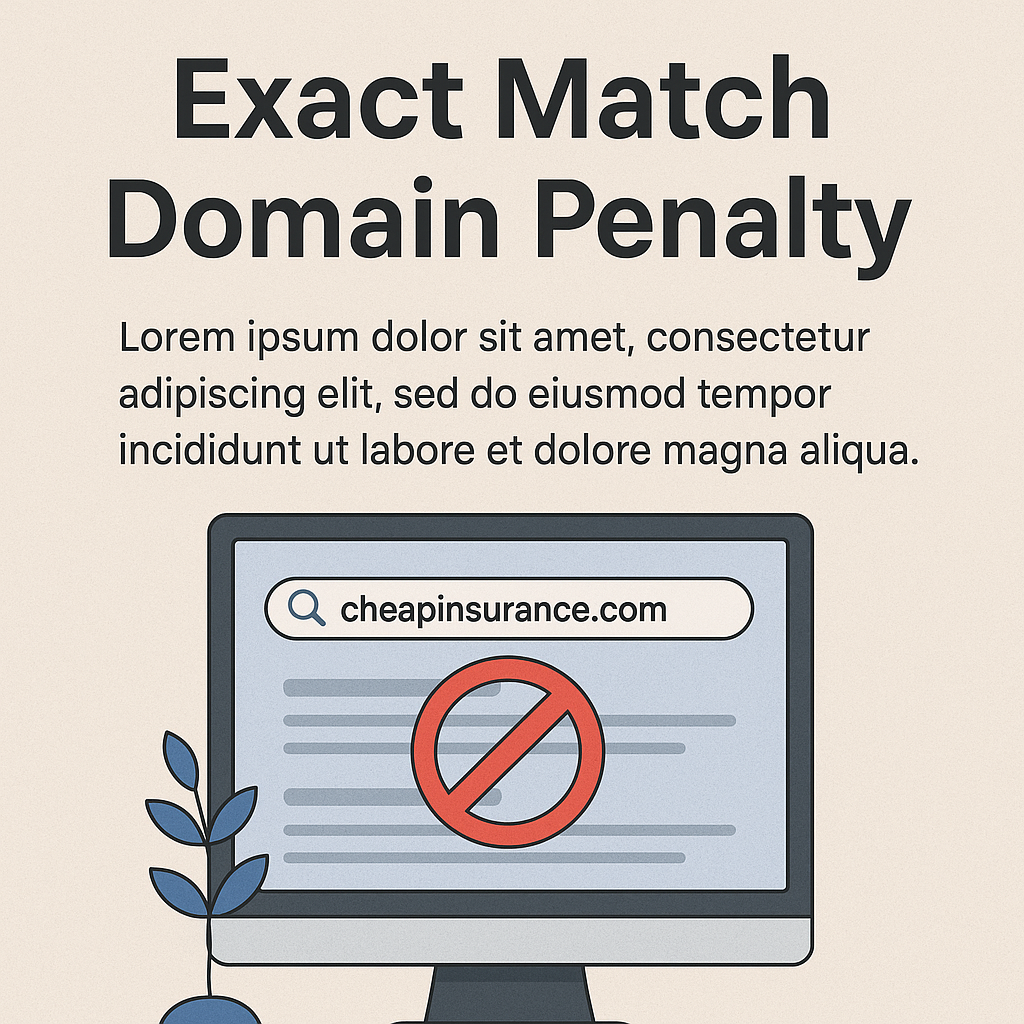
![B2B and B2C Website Examples [2025 Updated]](https://backlinkmanagement.io/wp-content/uploads/2025/05/B2B-and-B2C-Website-Example-.png)
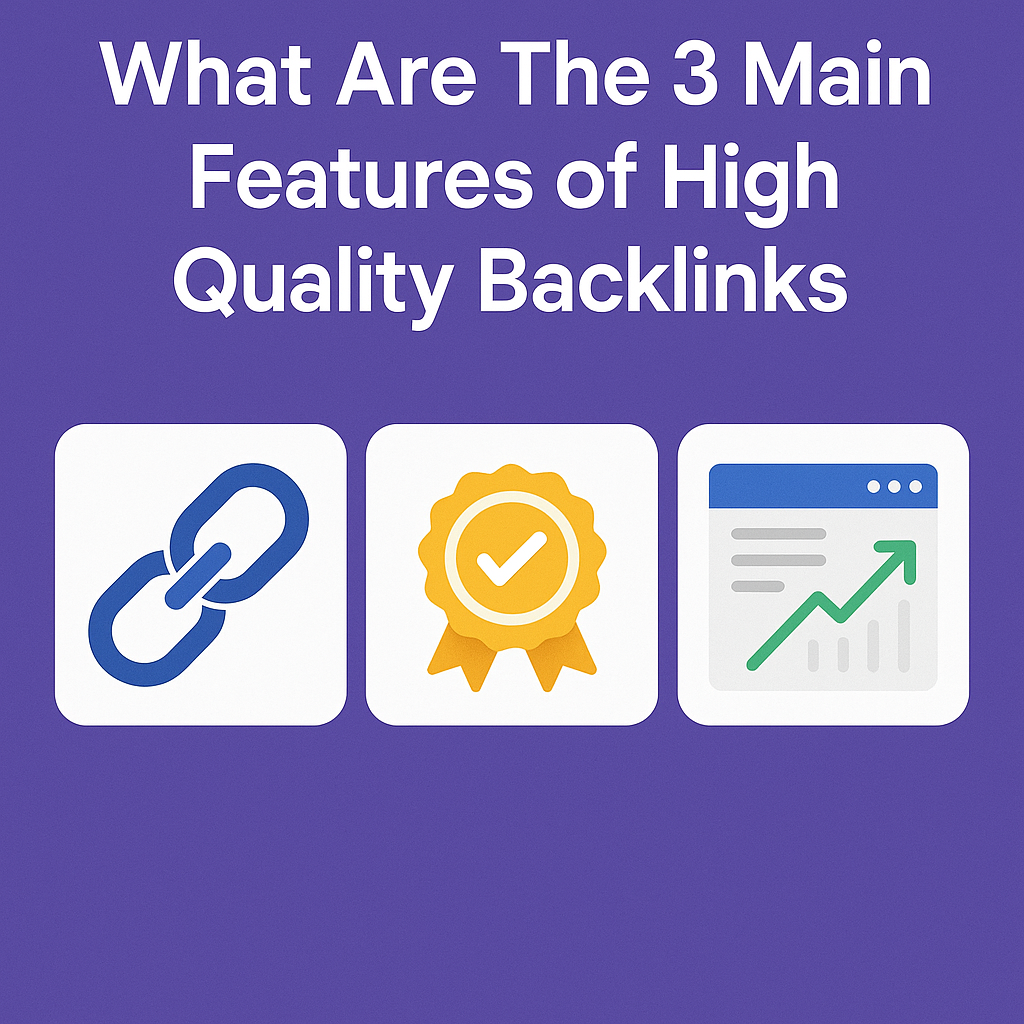
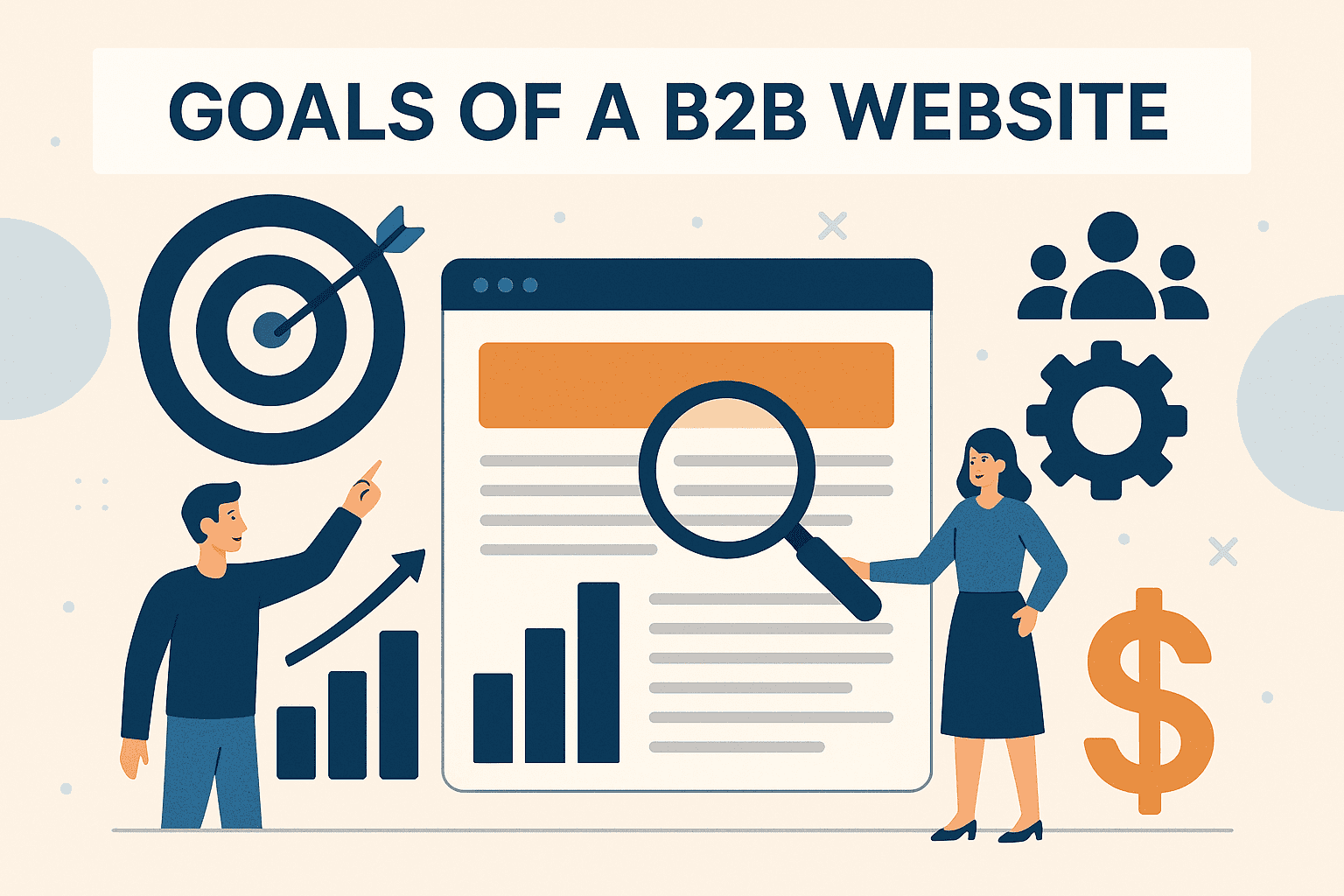
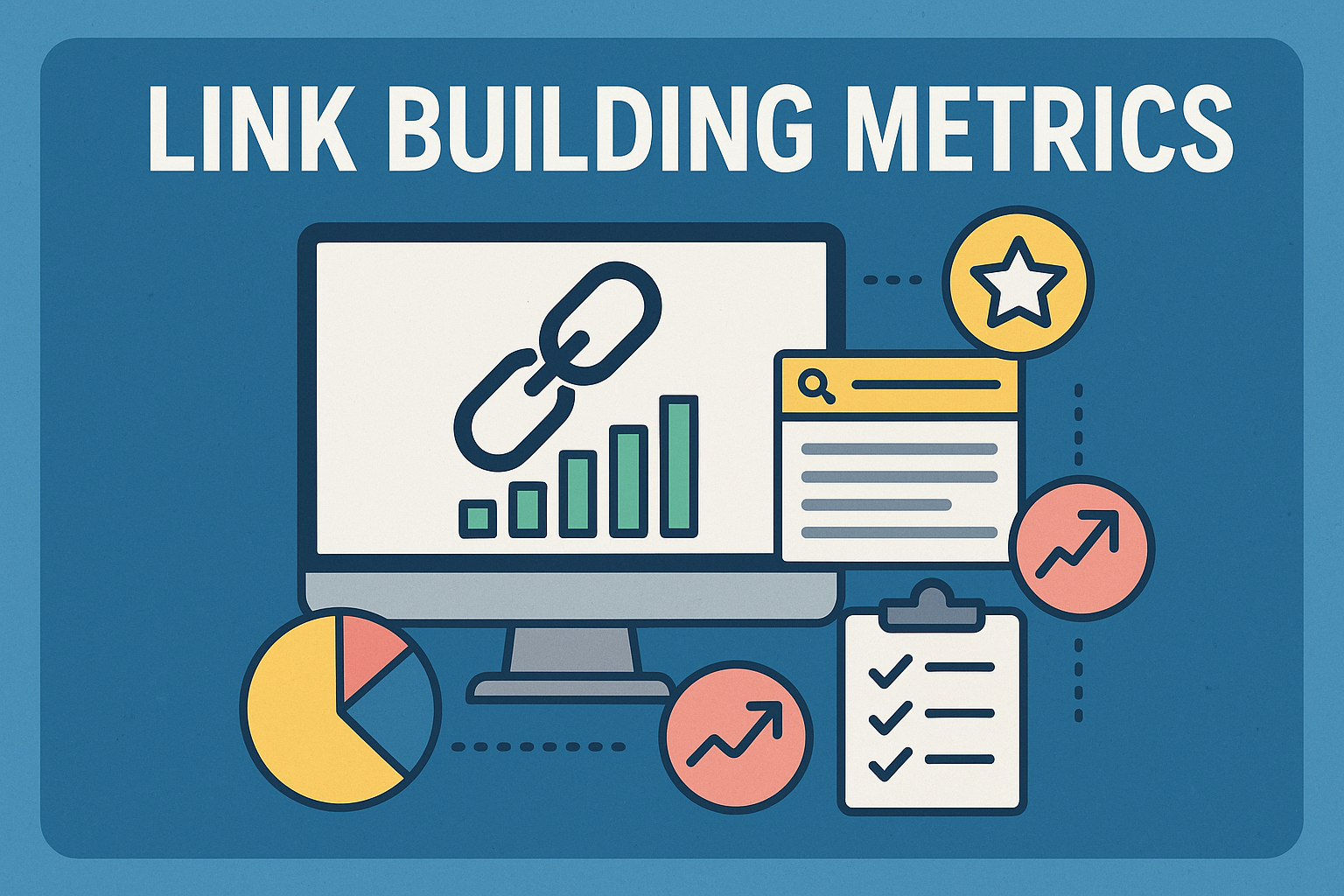
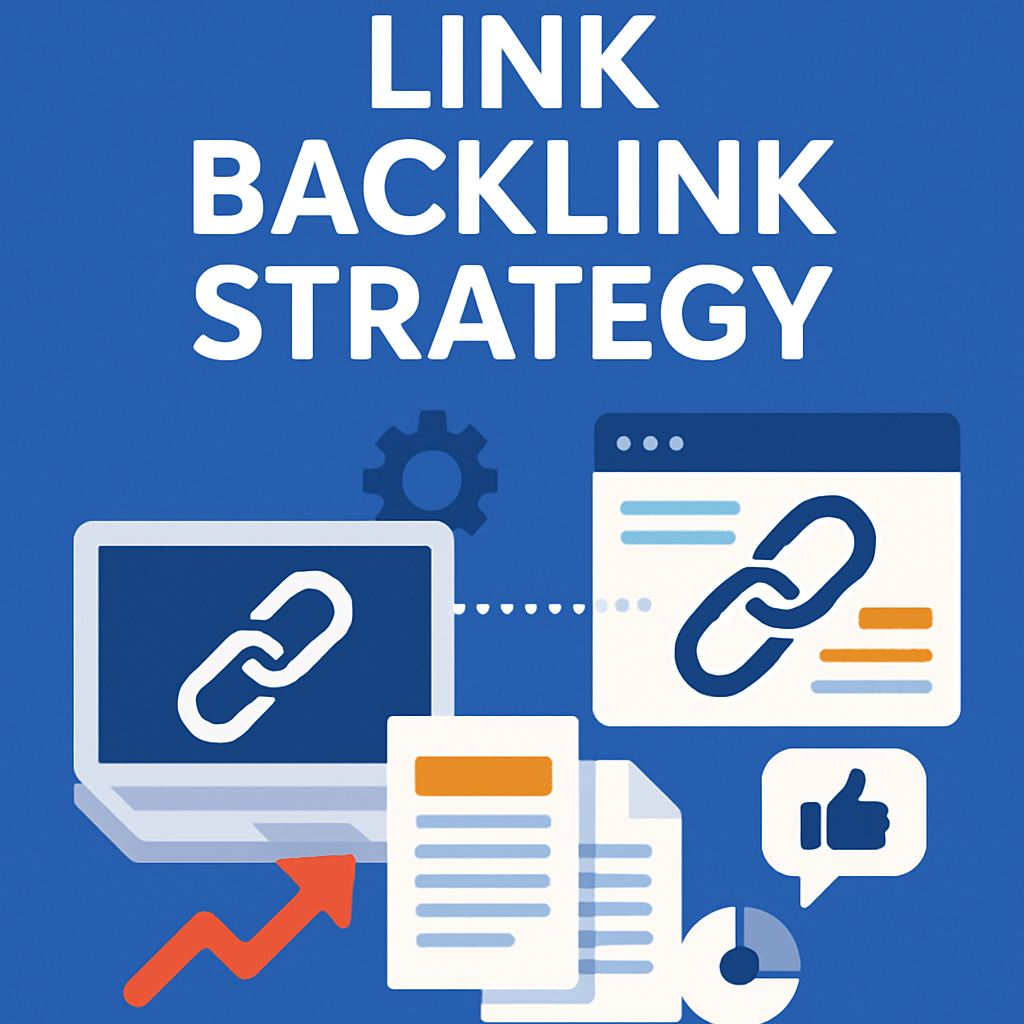
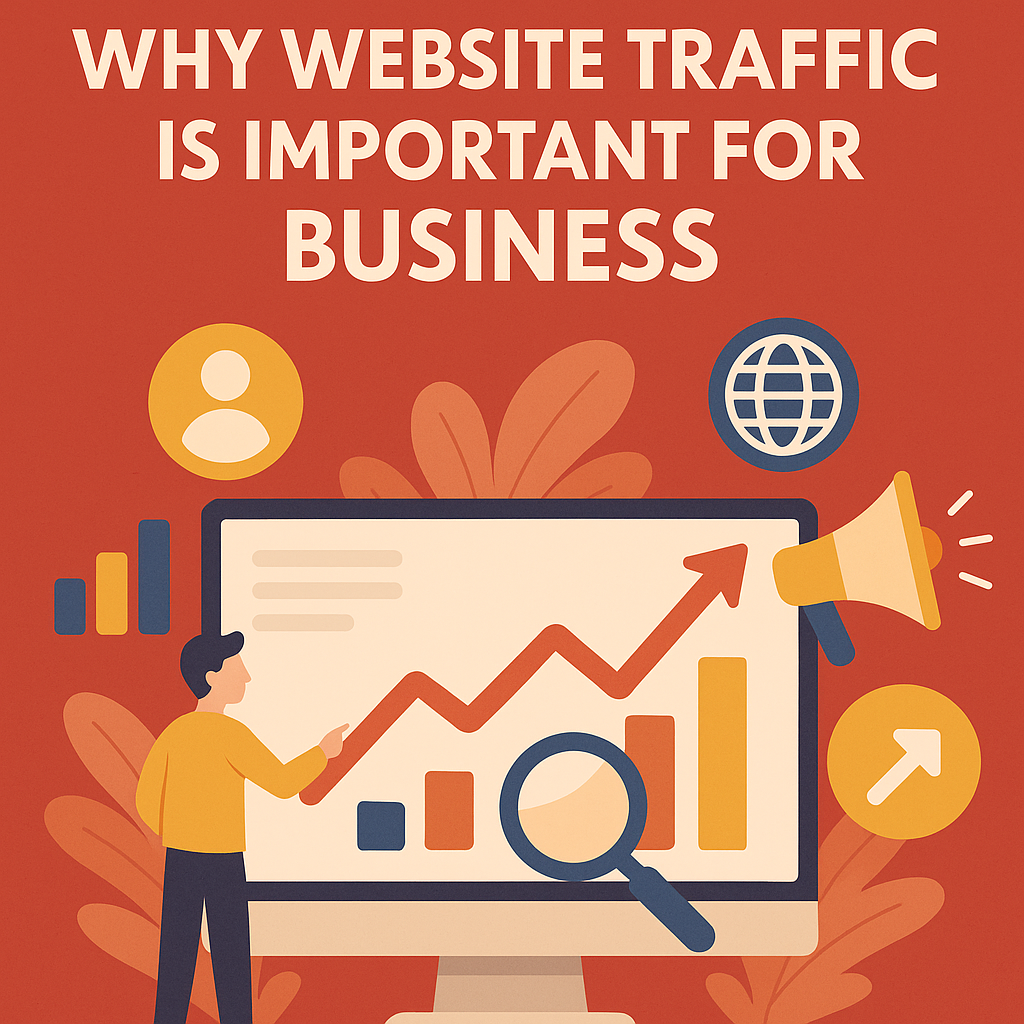
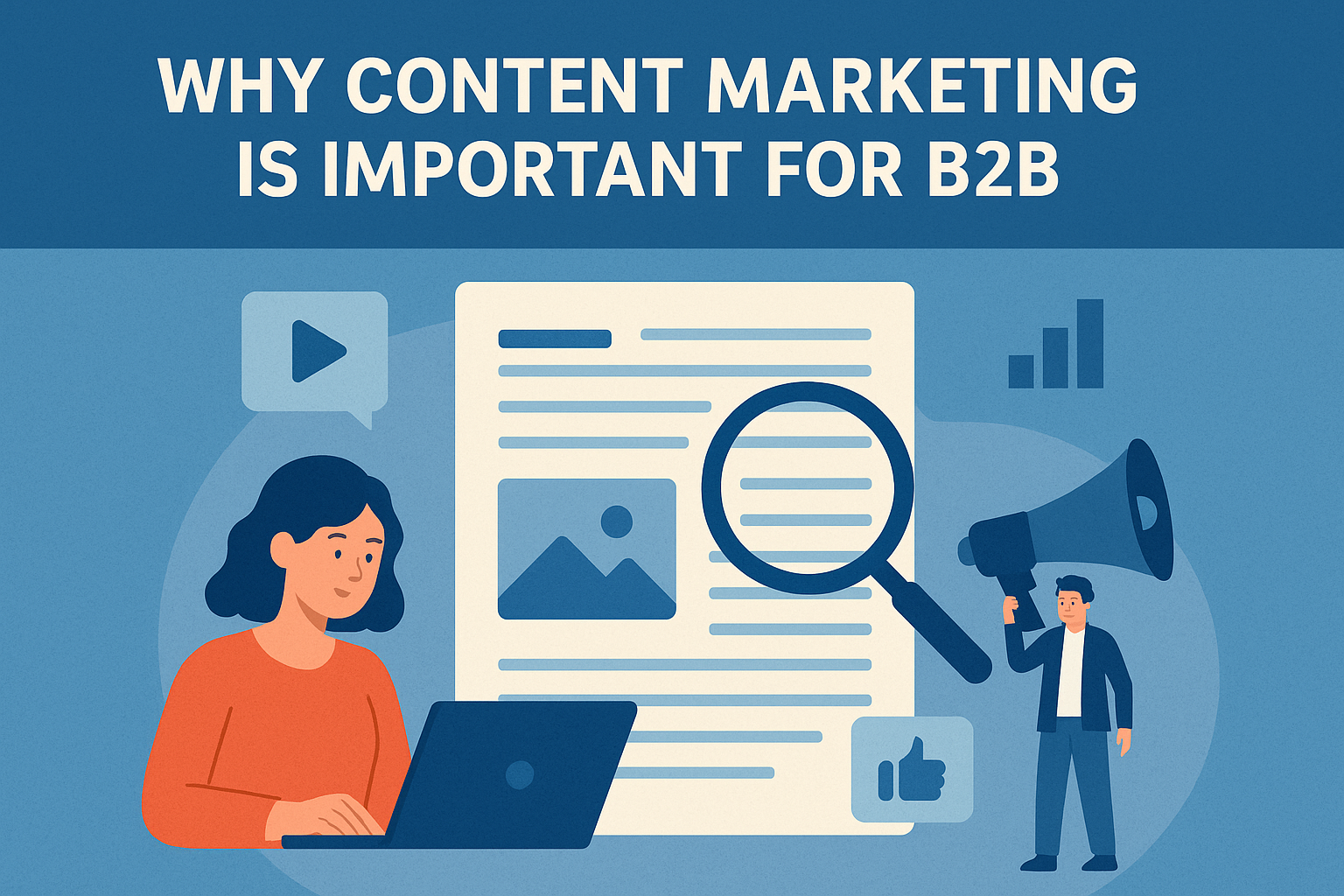
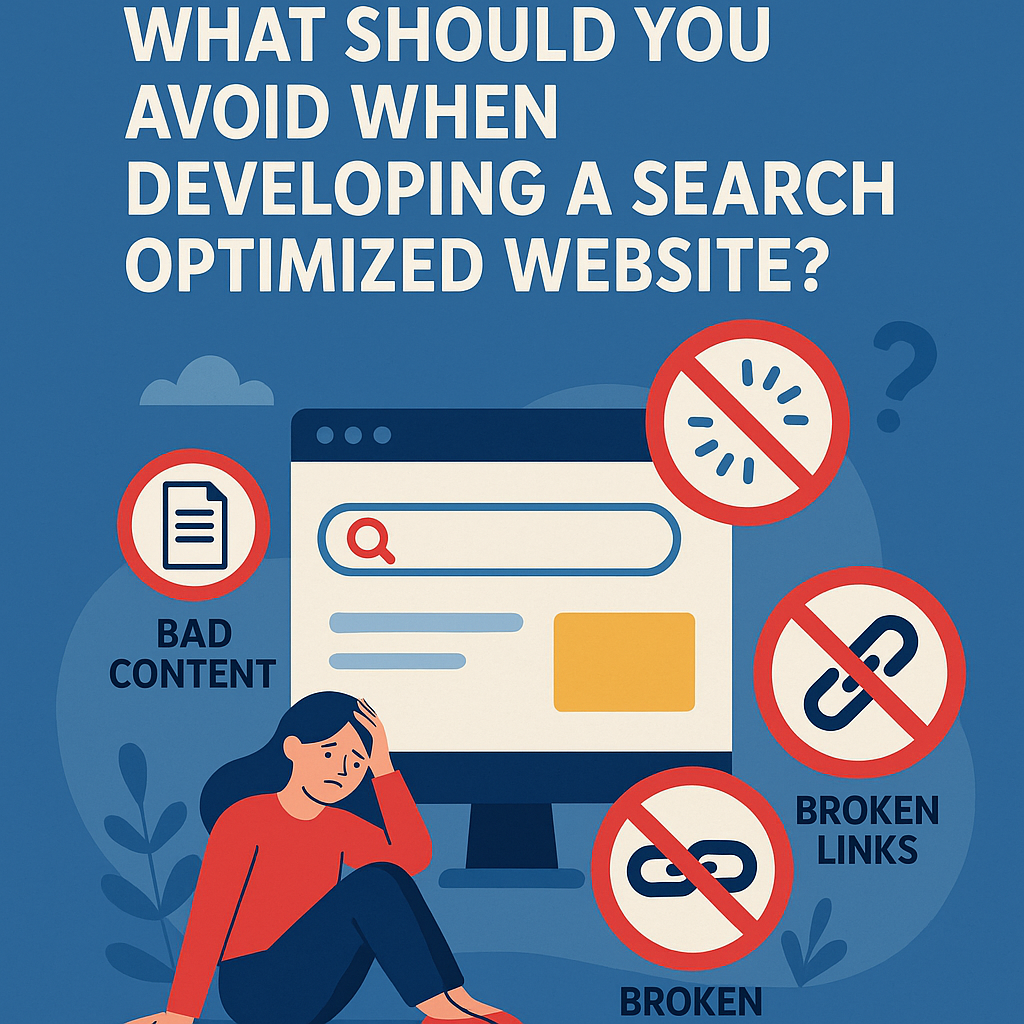
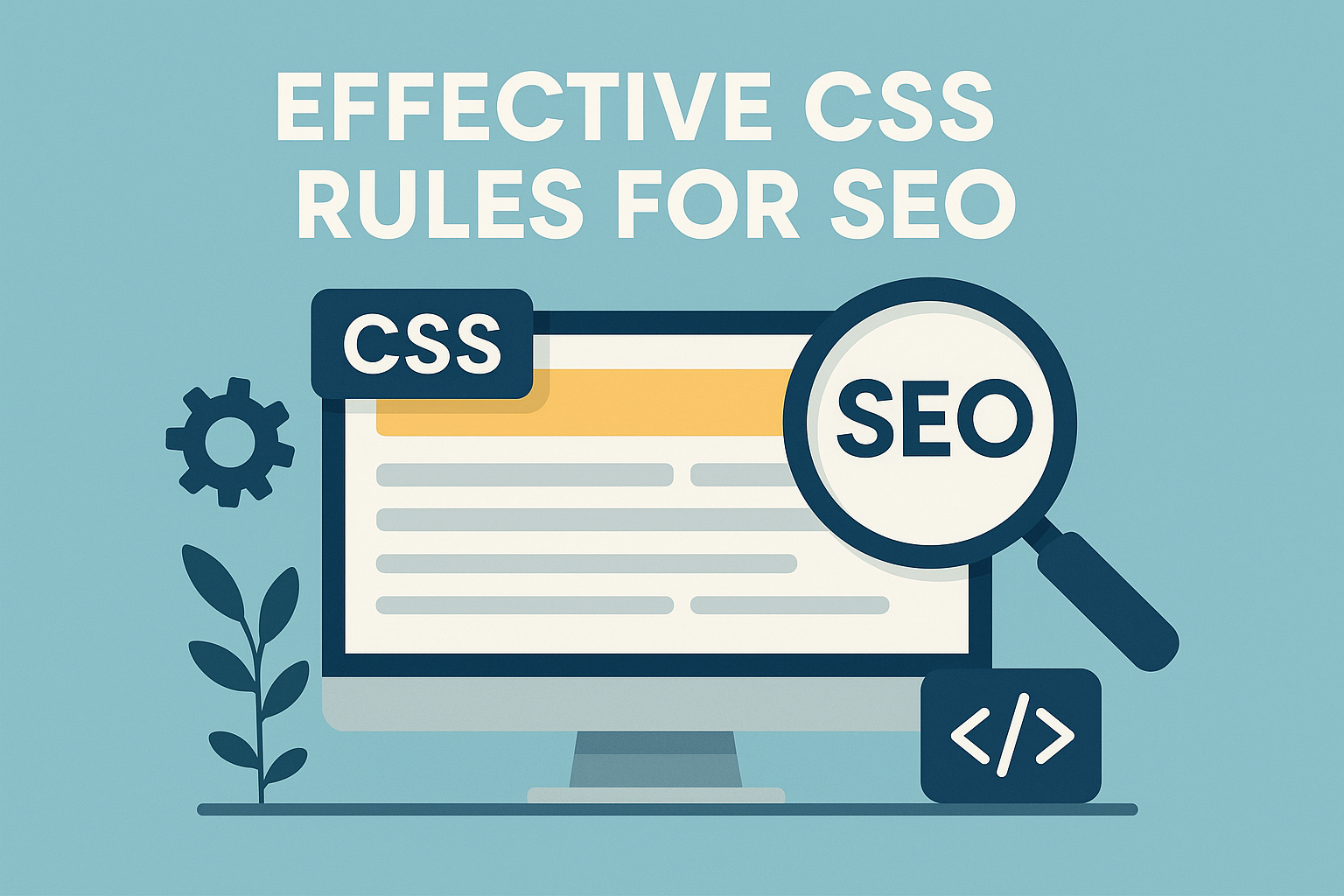

![What To Do After Keyword Research [2025 Guide]](https://backlinkmanagement.io/wp-content/uploads/2025/05/What-To-Do-After-Keyword-Research.png)
![Is Page Speed Really A Ranking Factor? [2025]](https://backlinkmanagement.io/wp-content/uploads/2025/05/Is-Page-Speed-Really-A-Ranking-Factor.png)
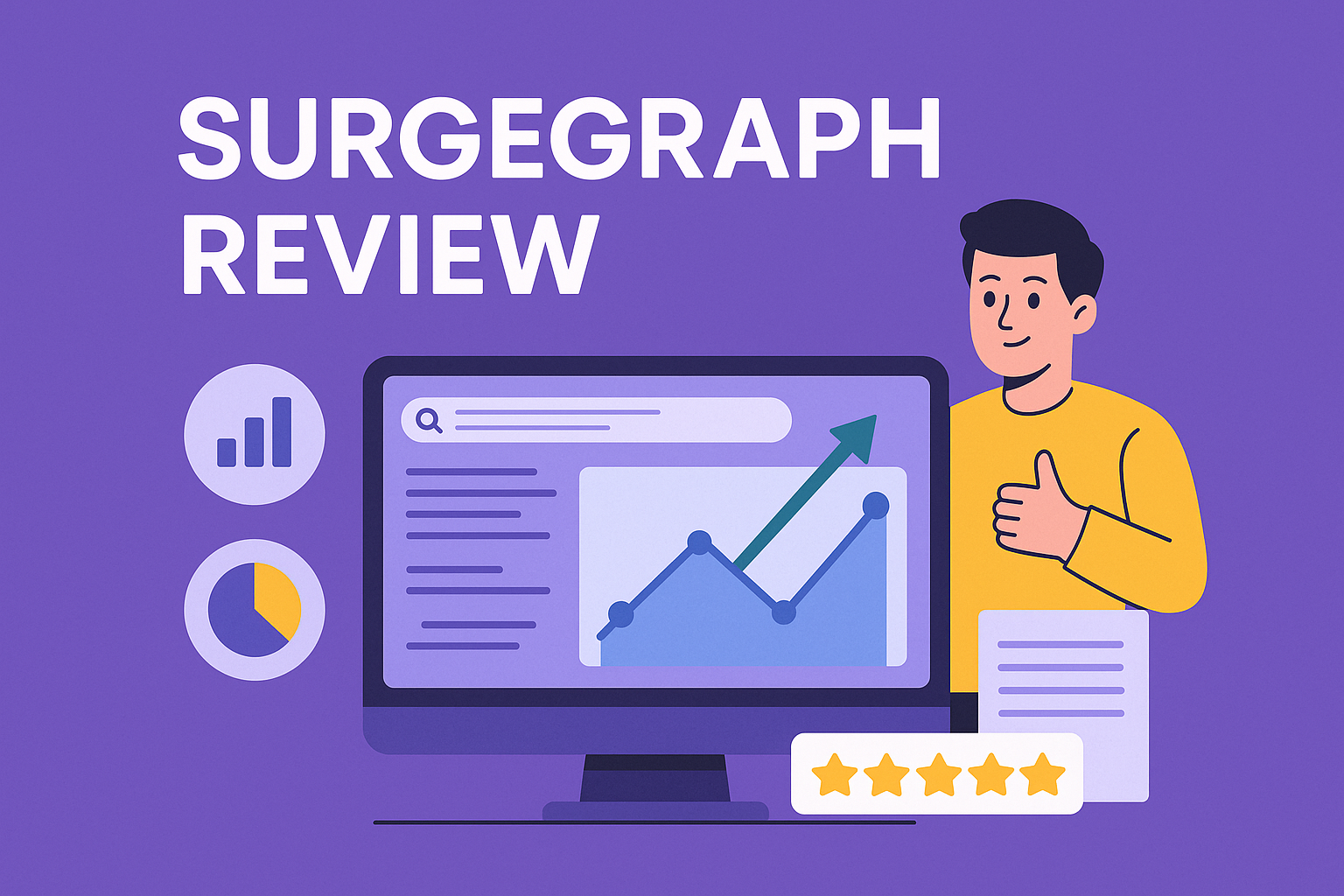





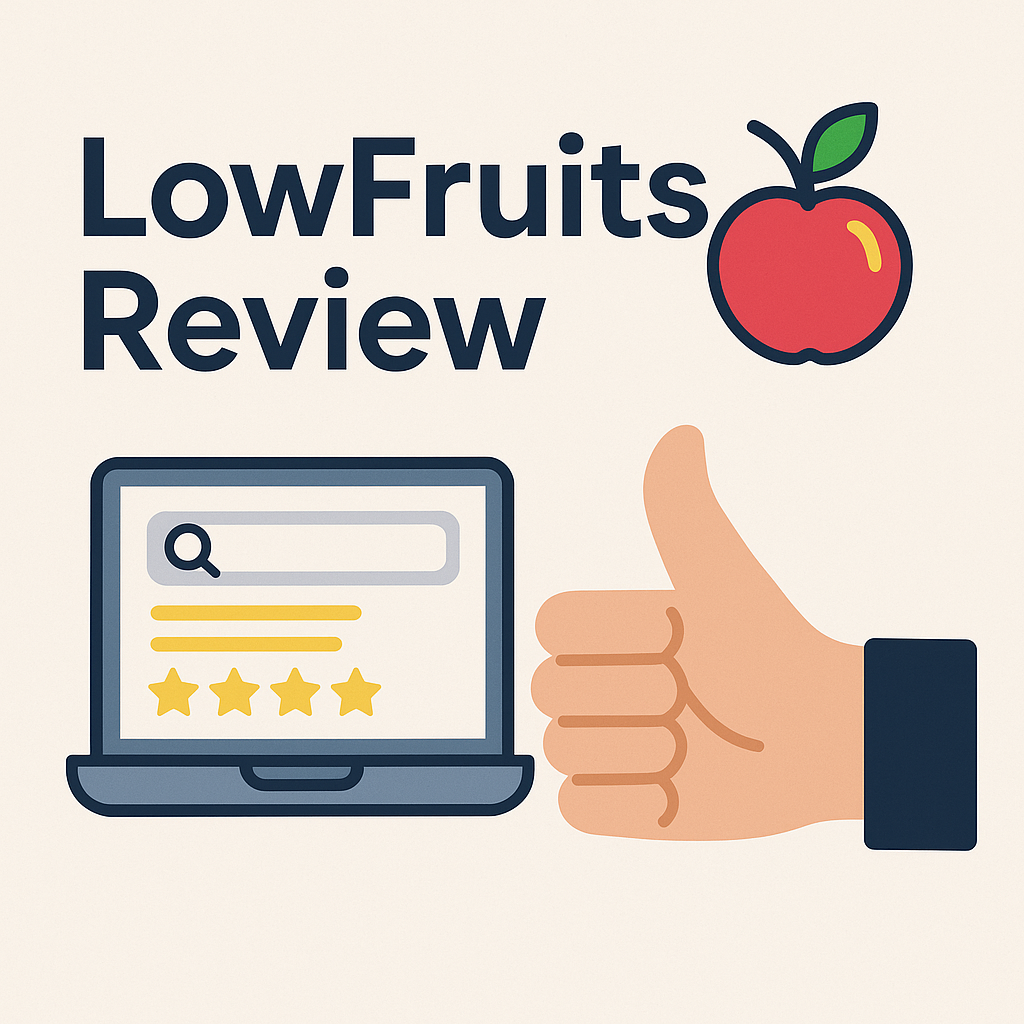
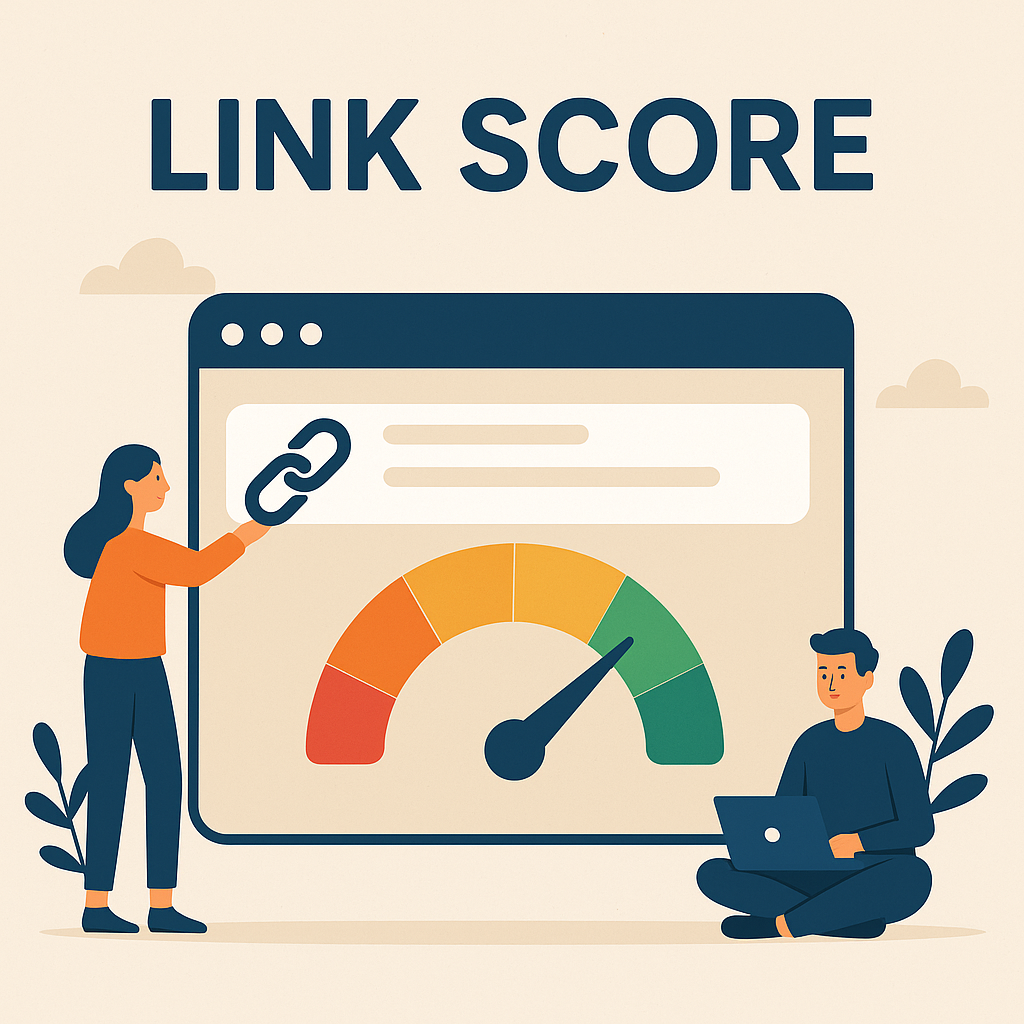
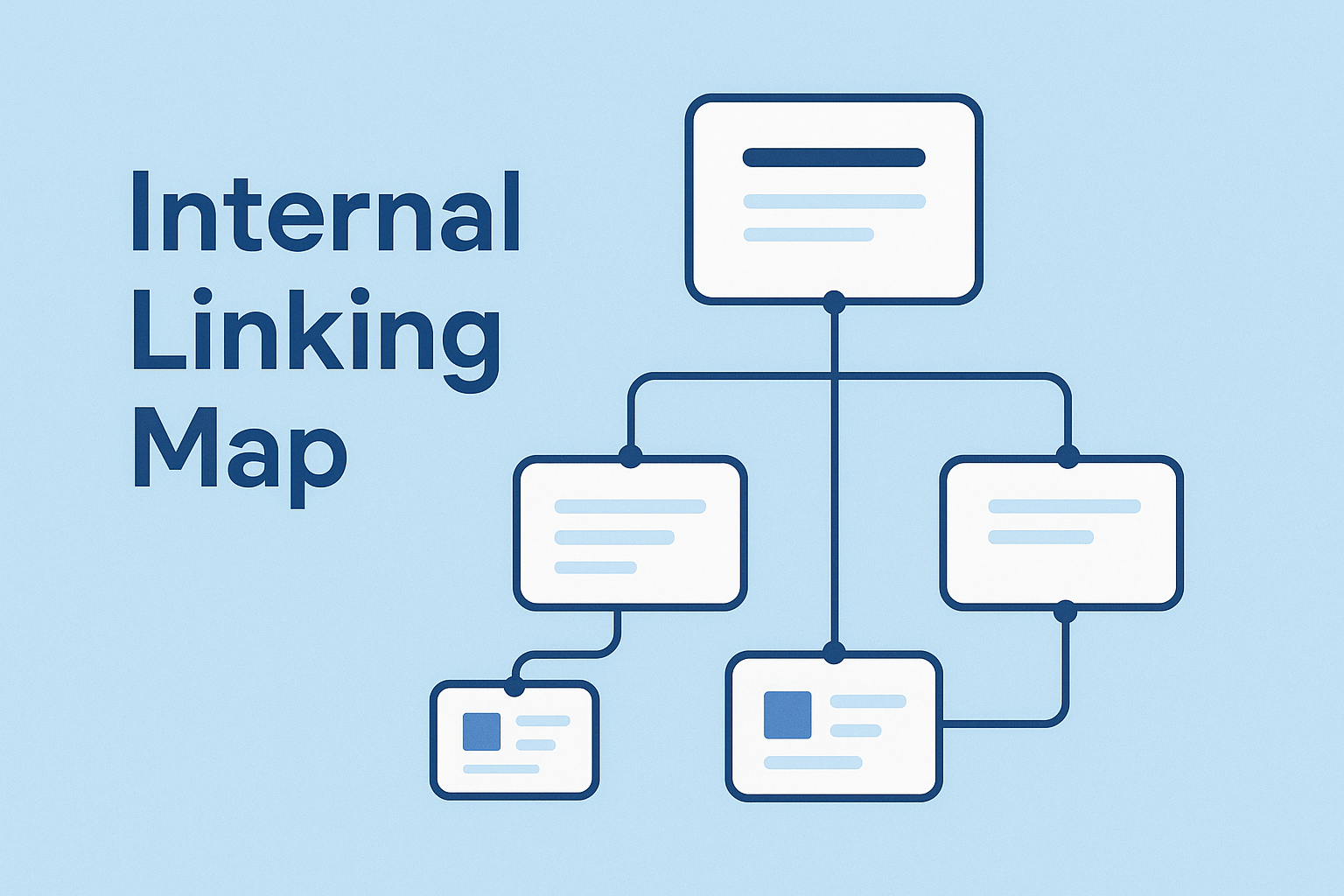
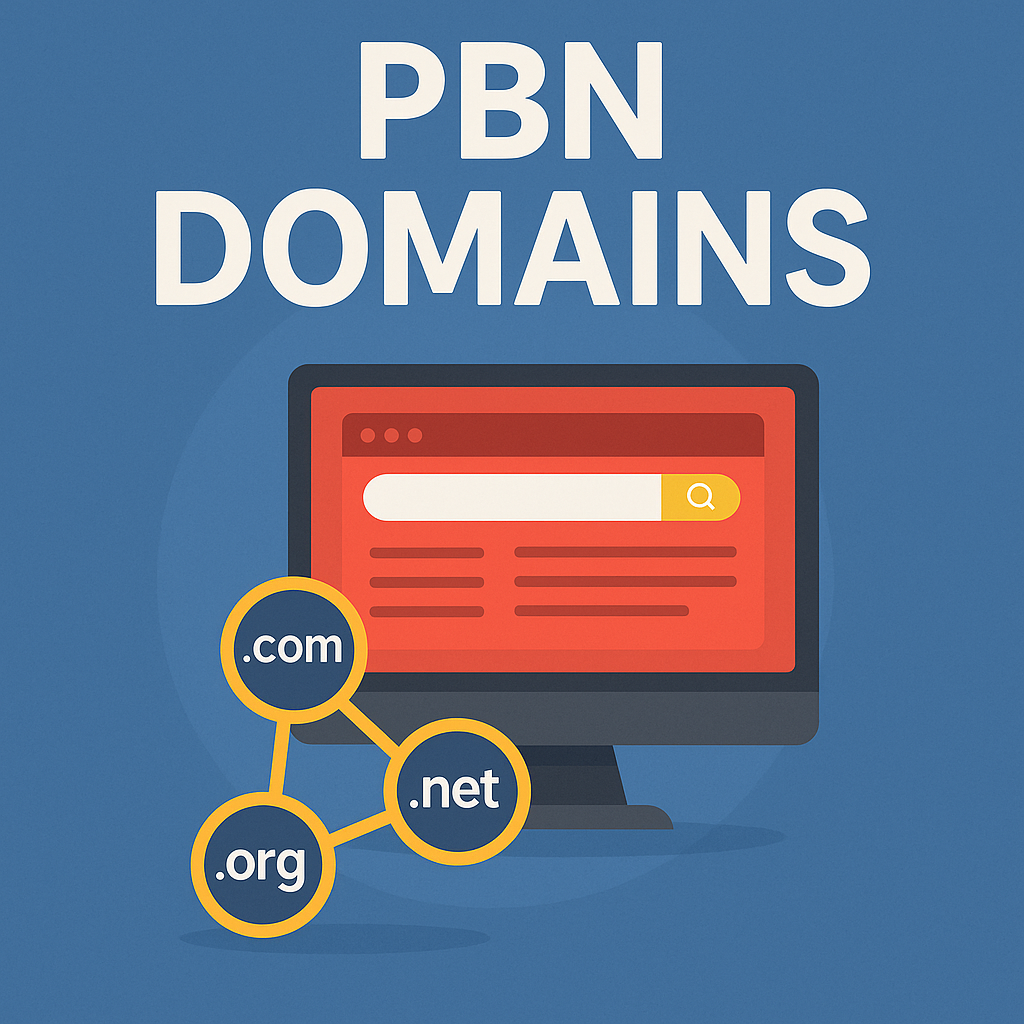
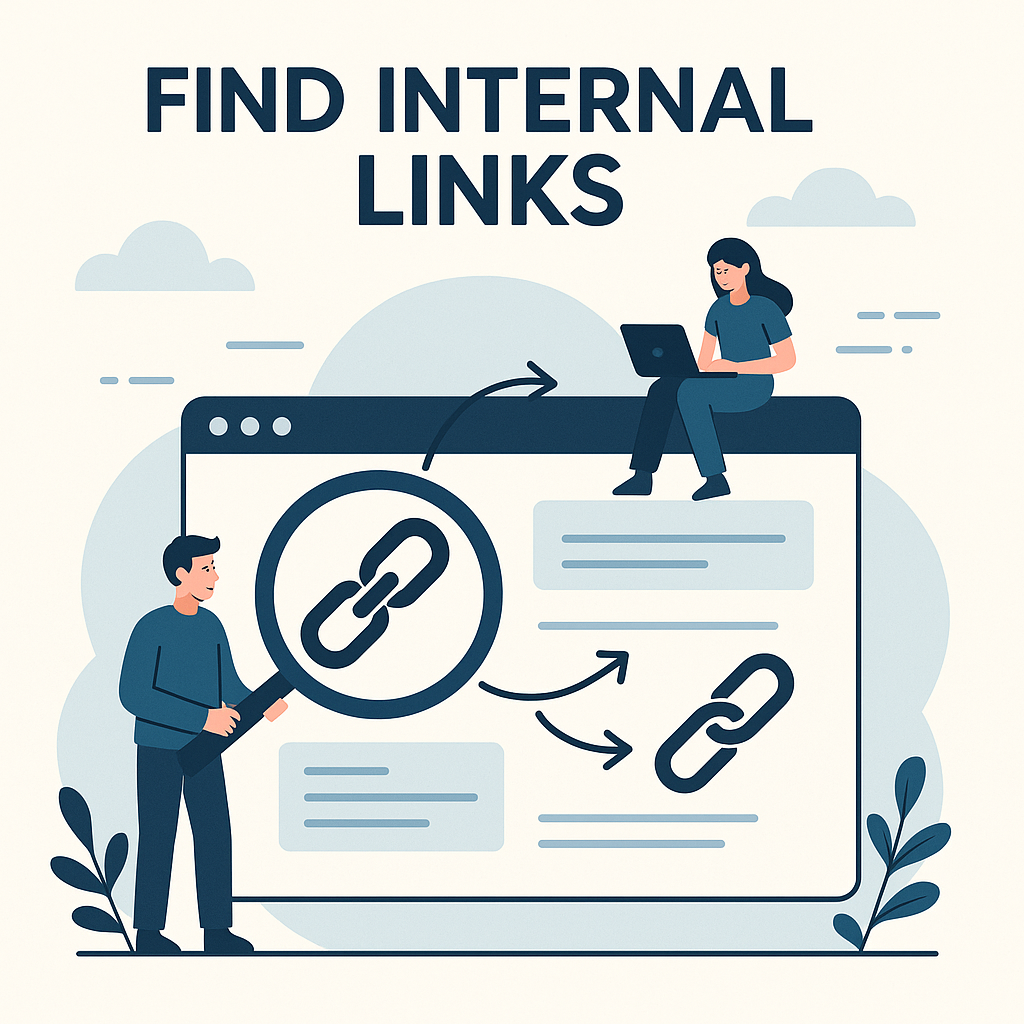
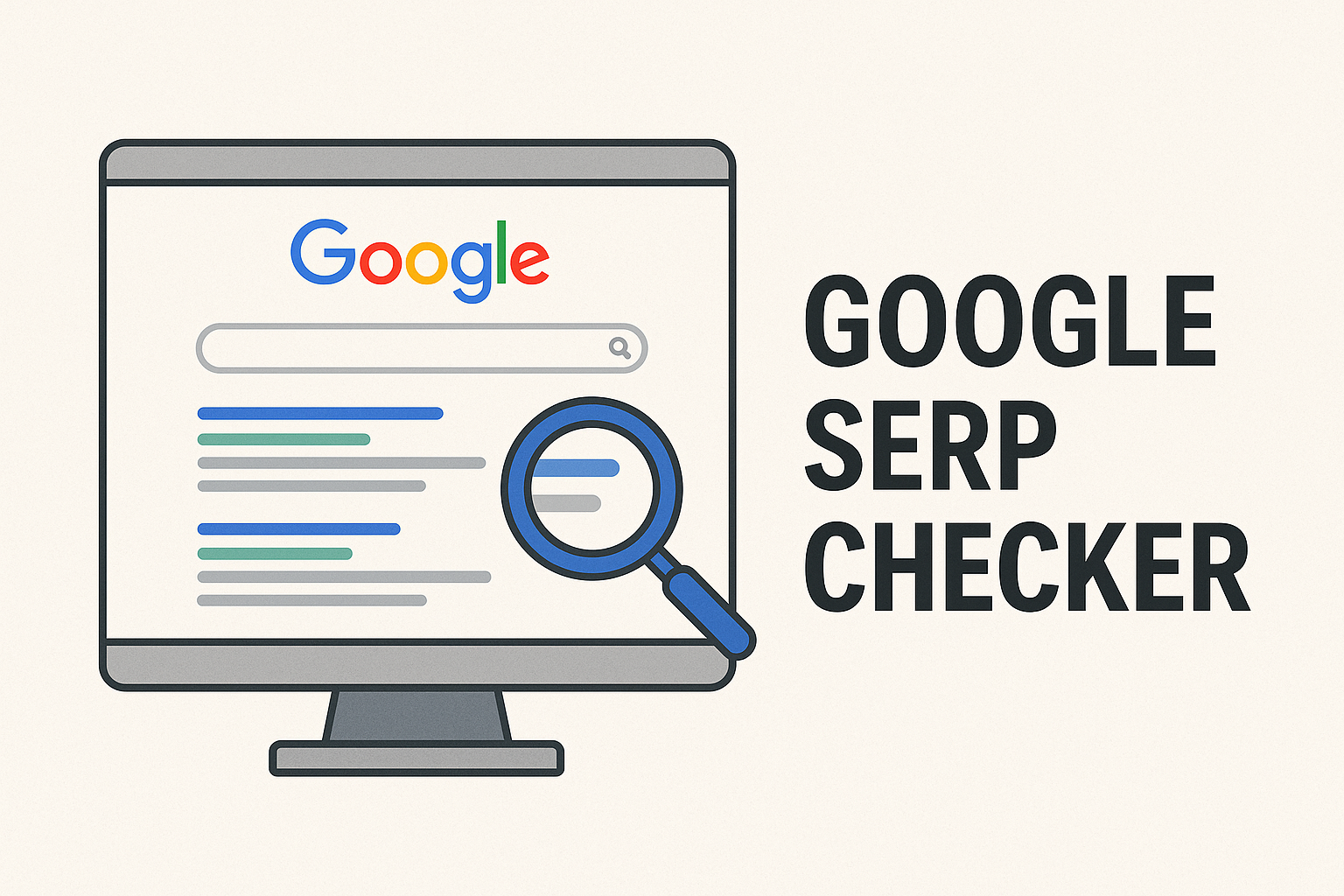
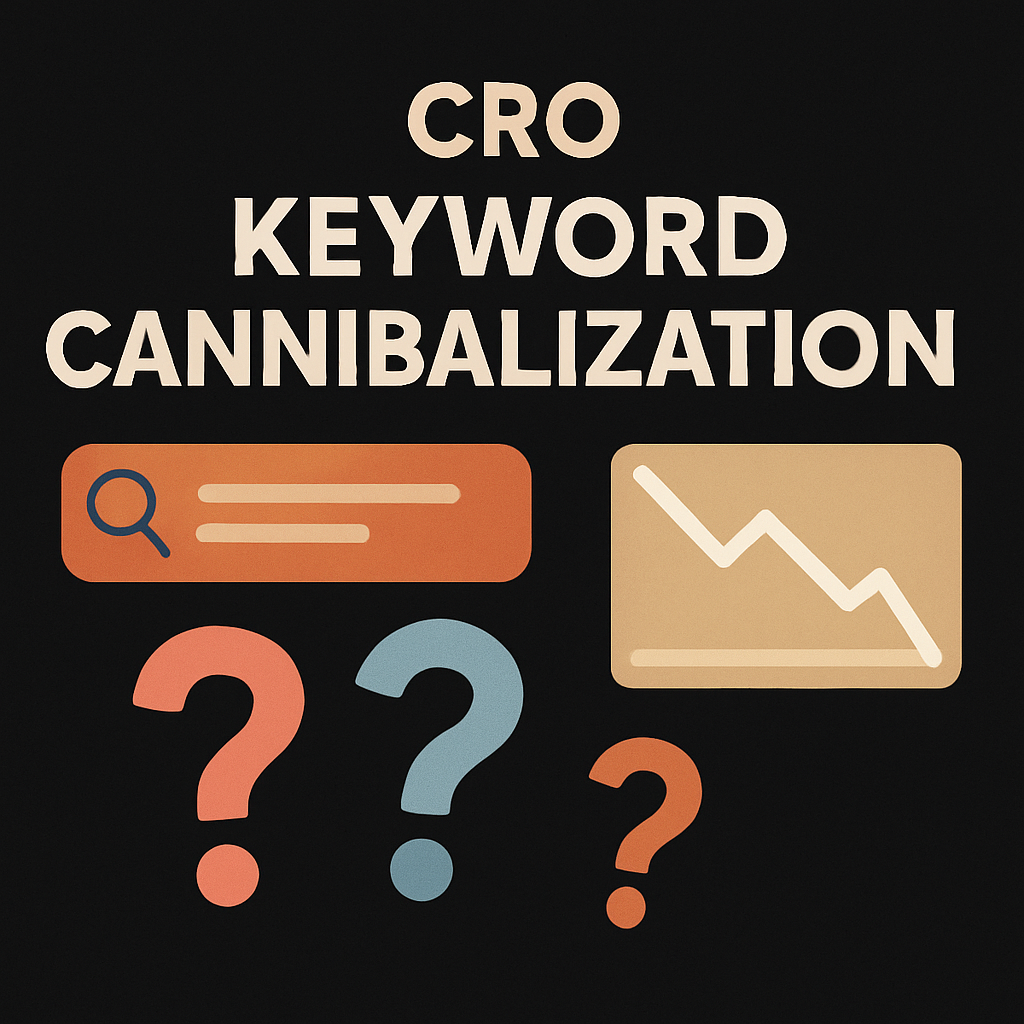
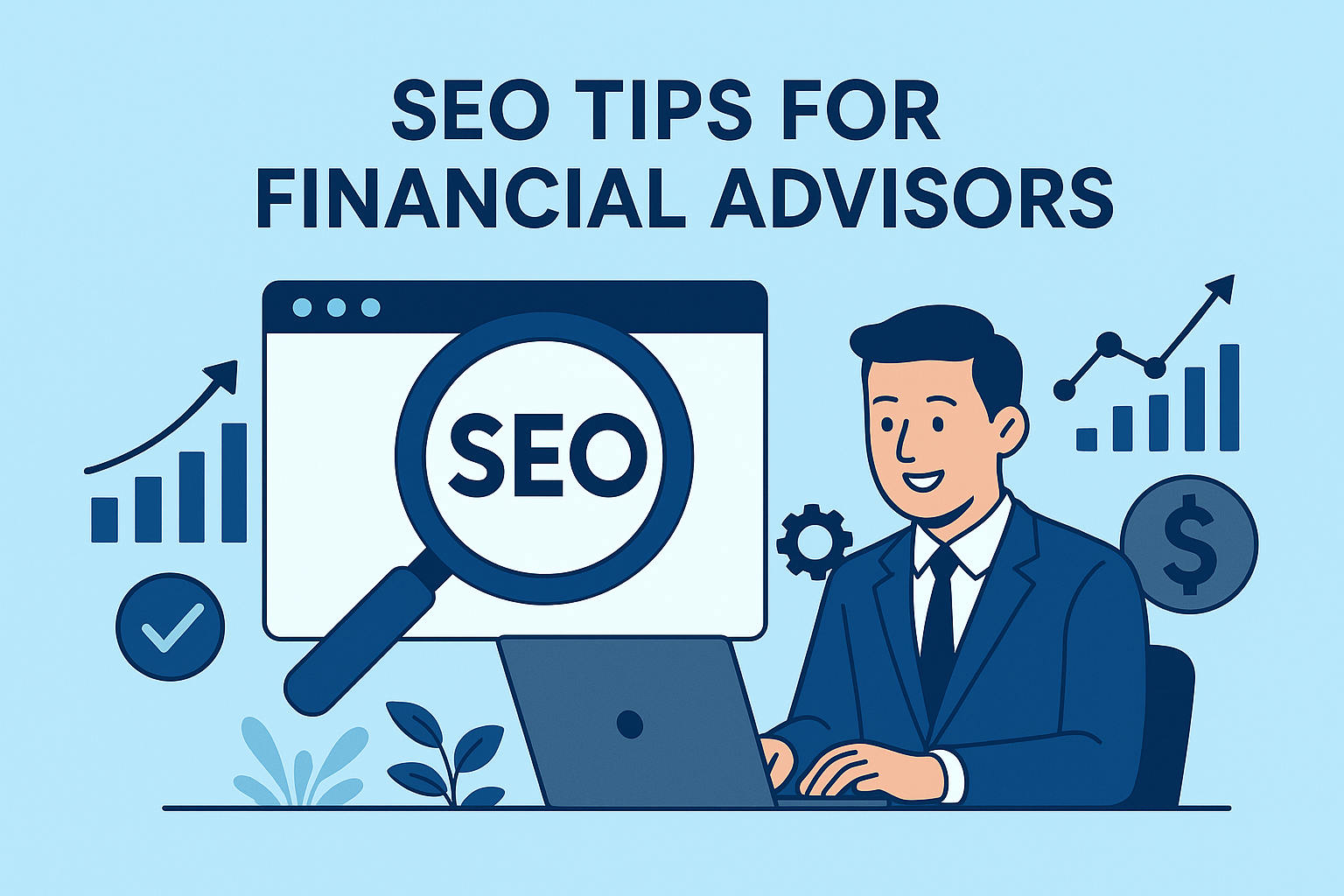
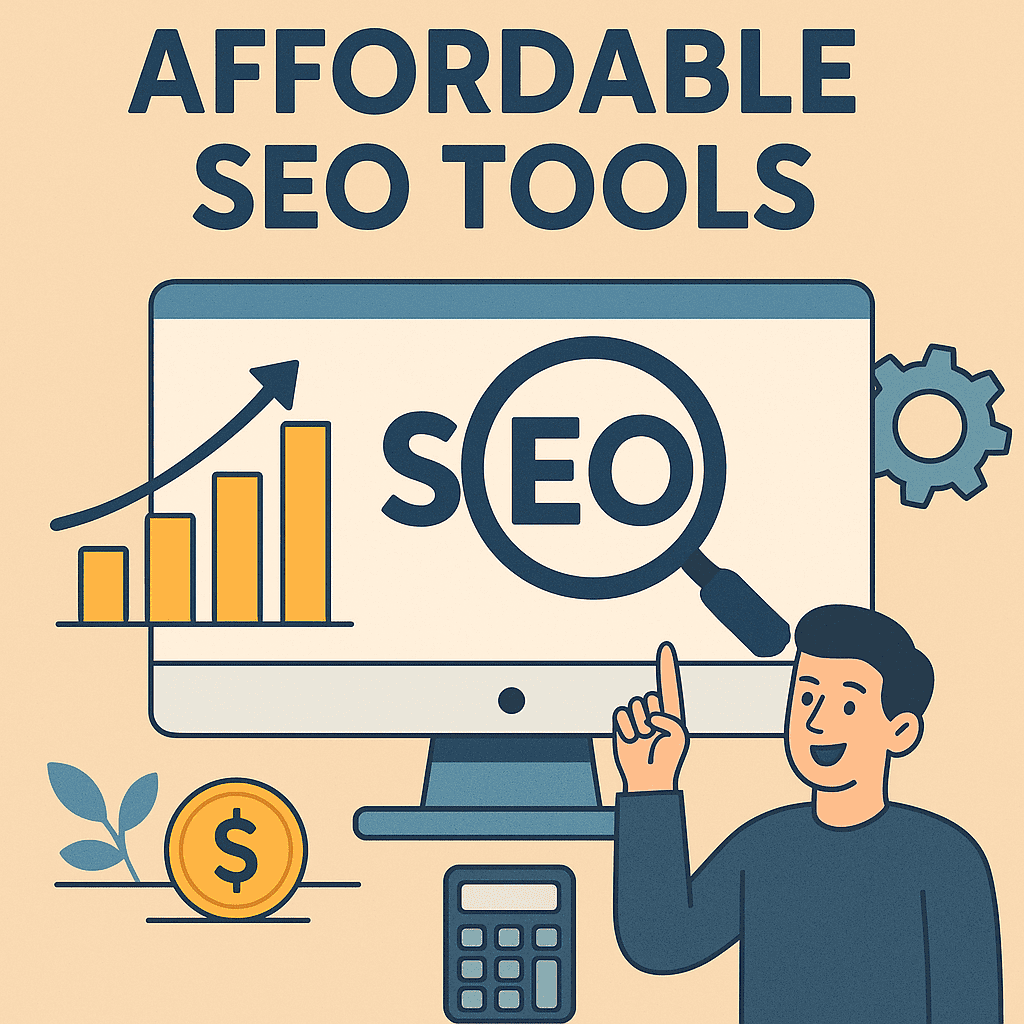
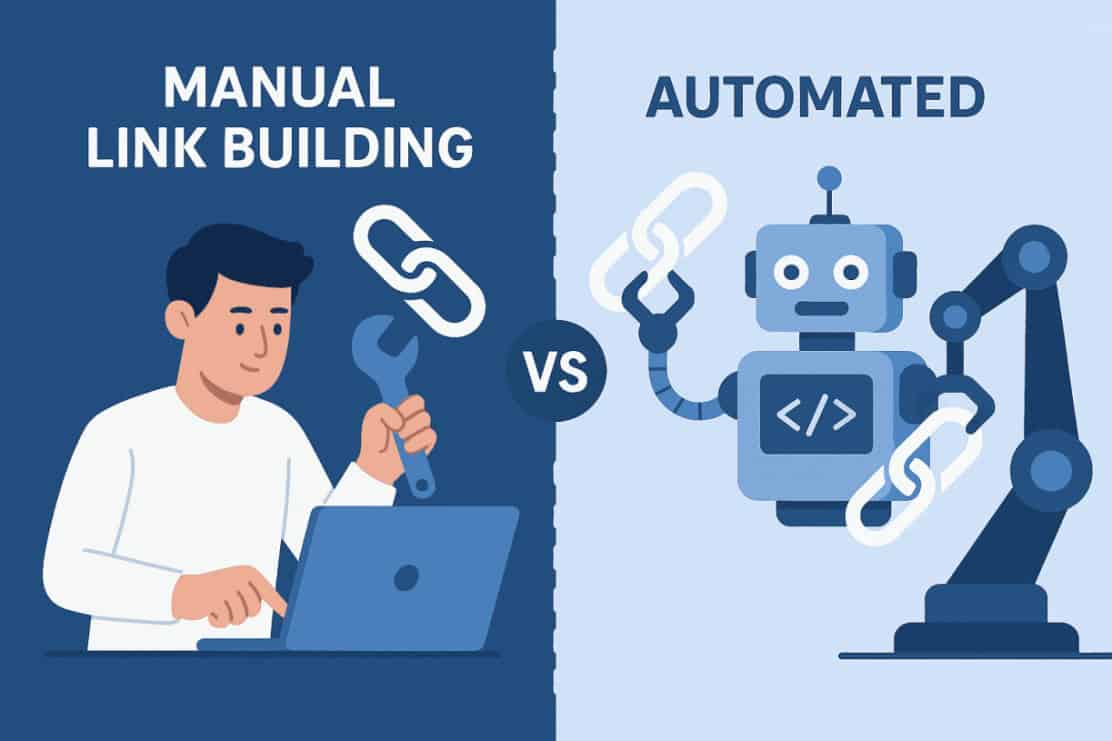

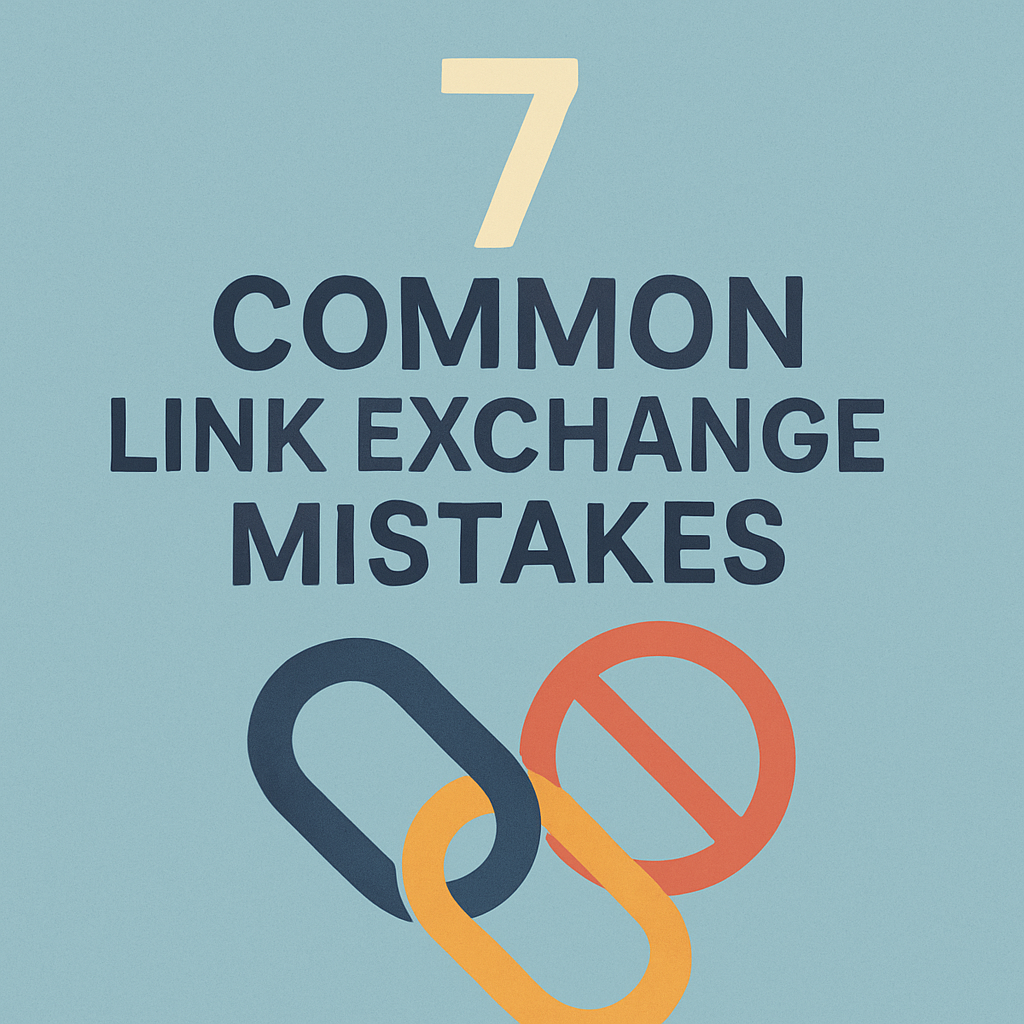
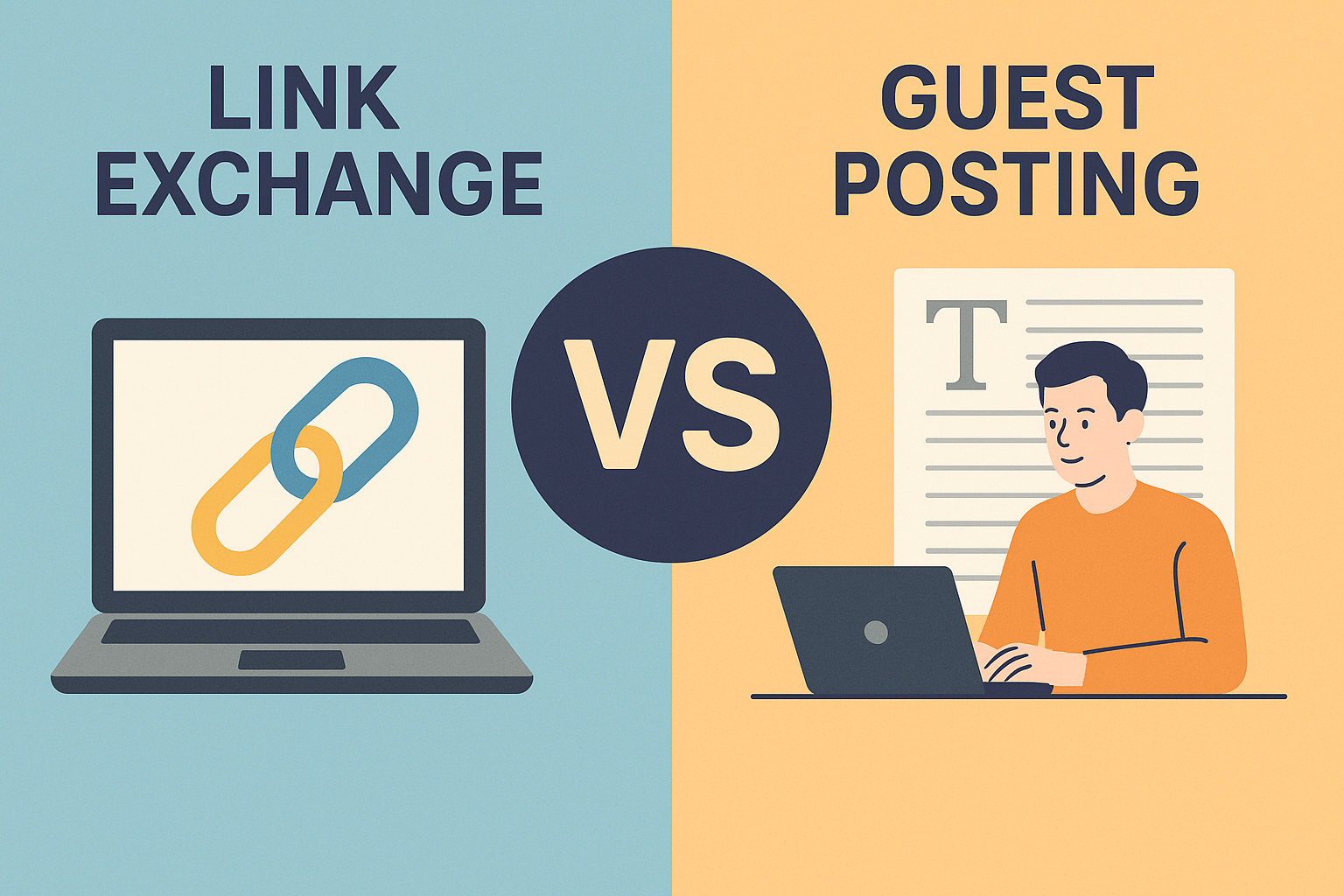
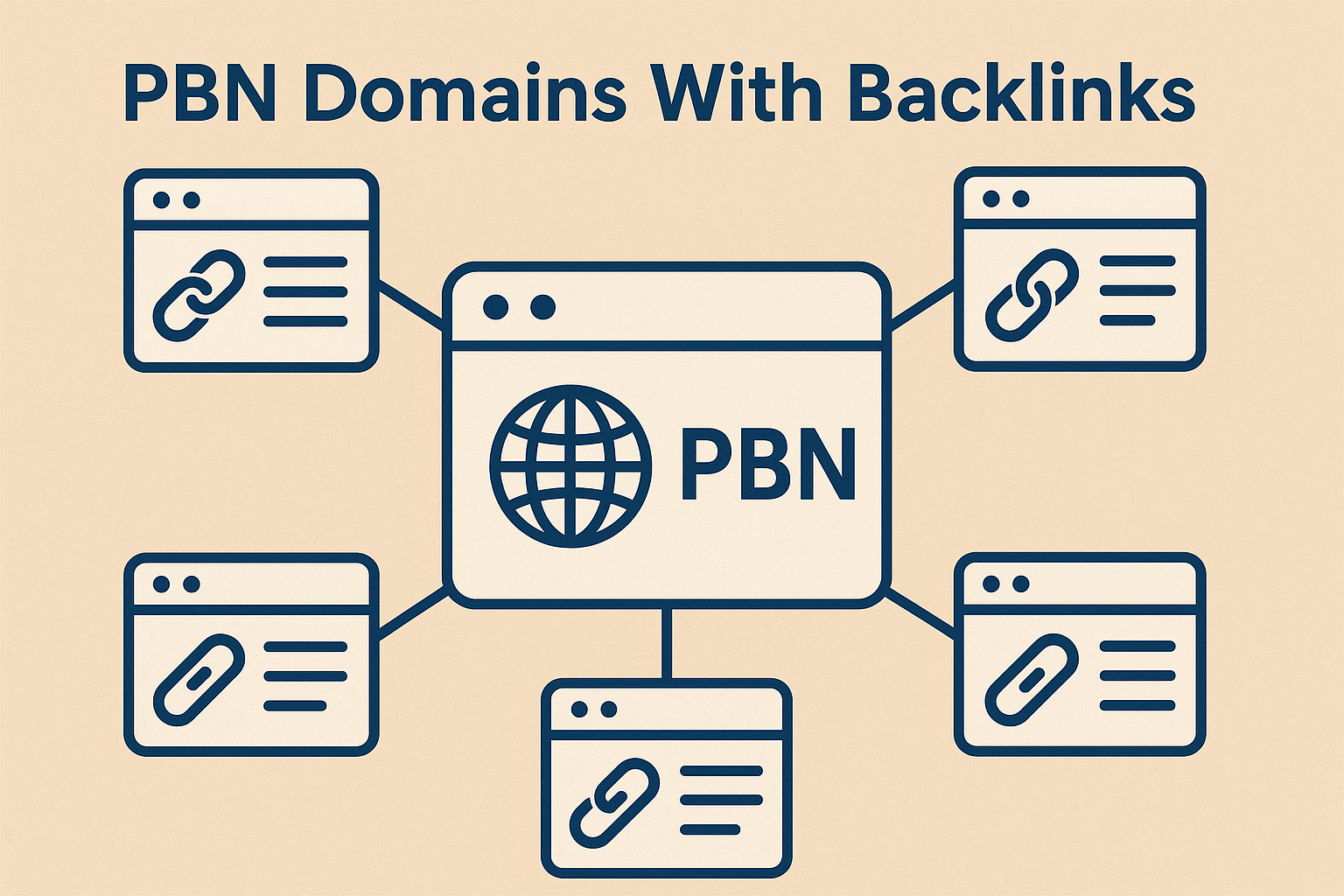
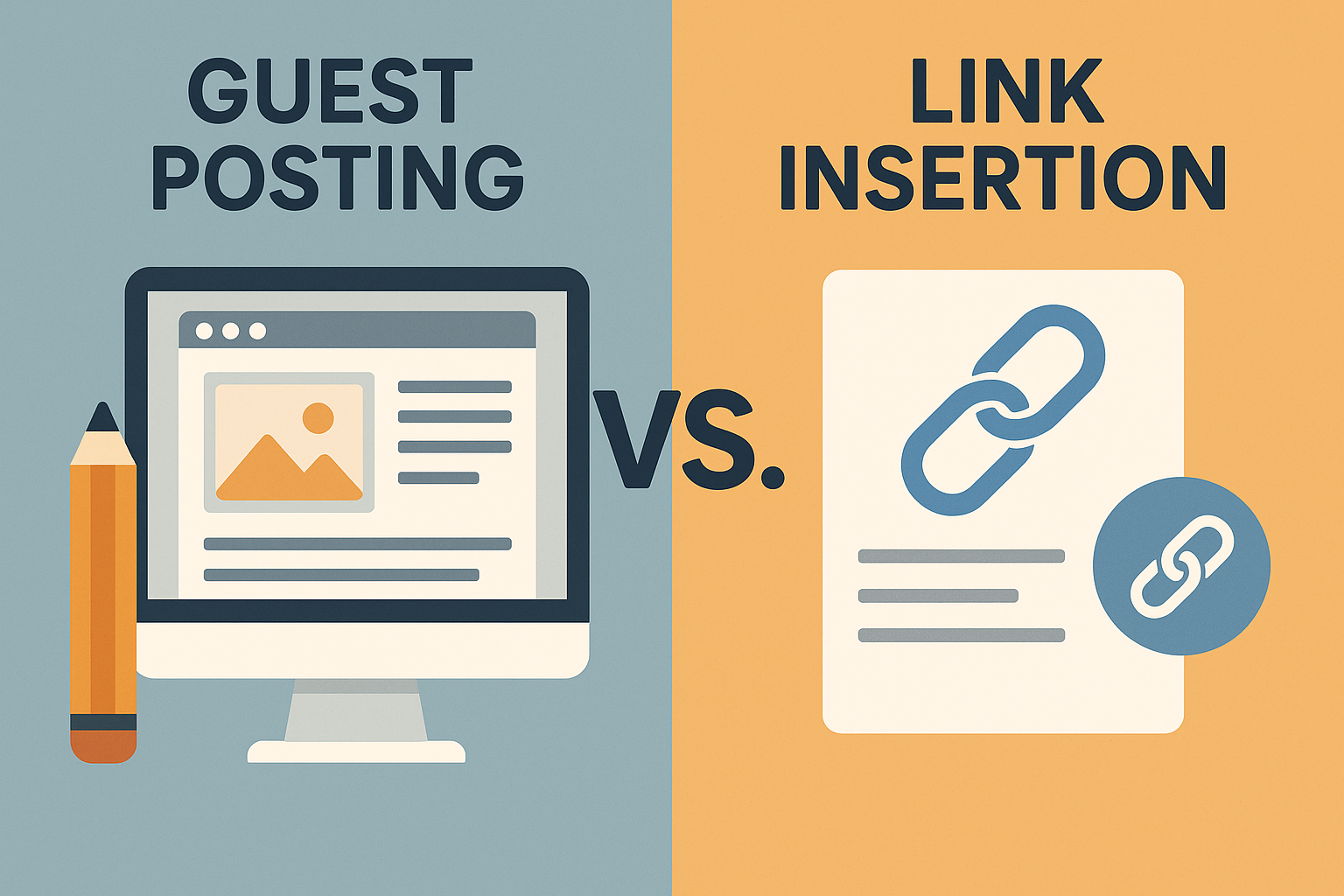
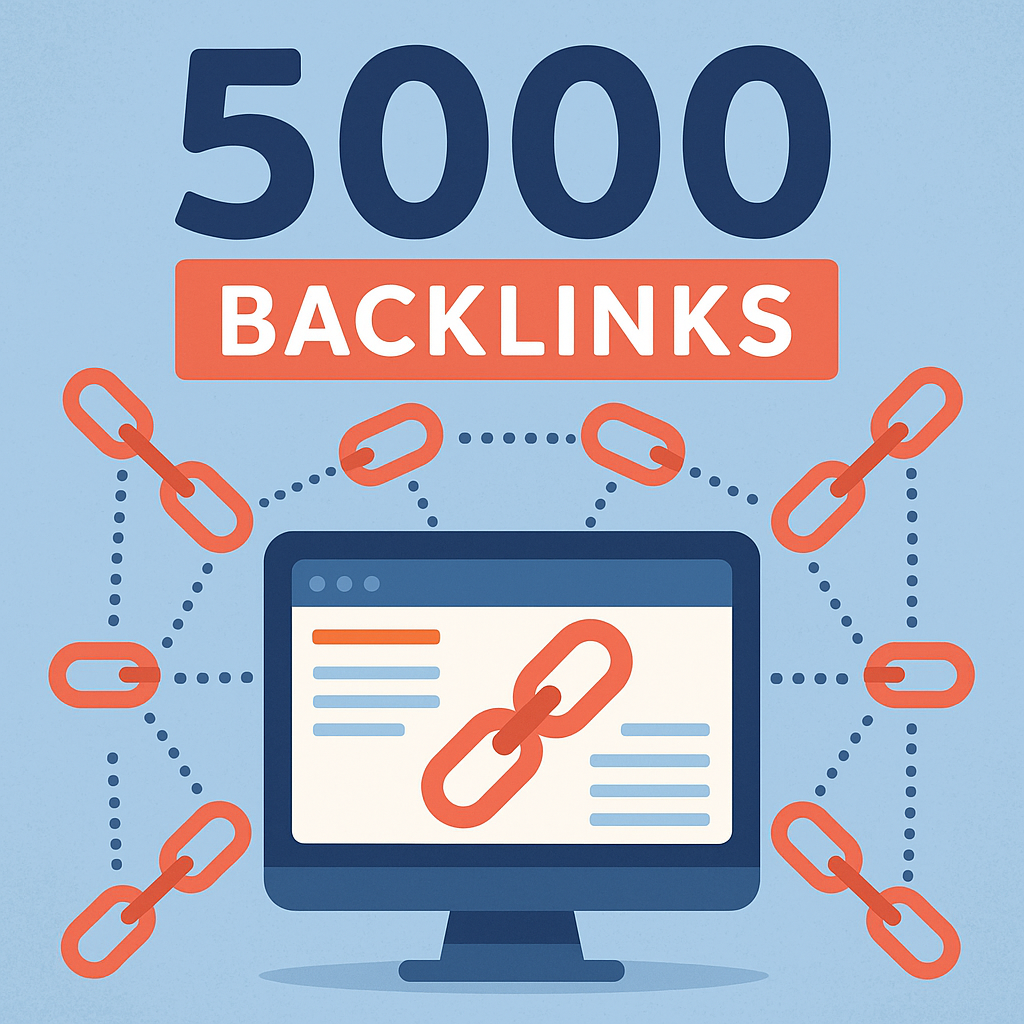
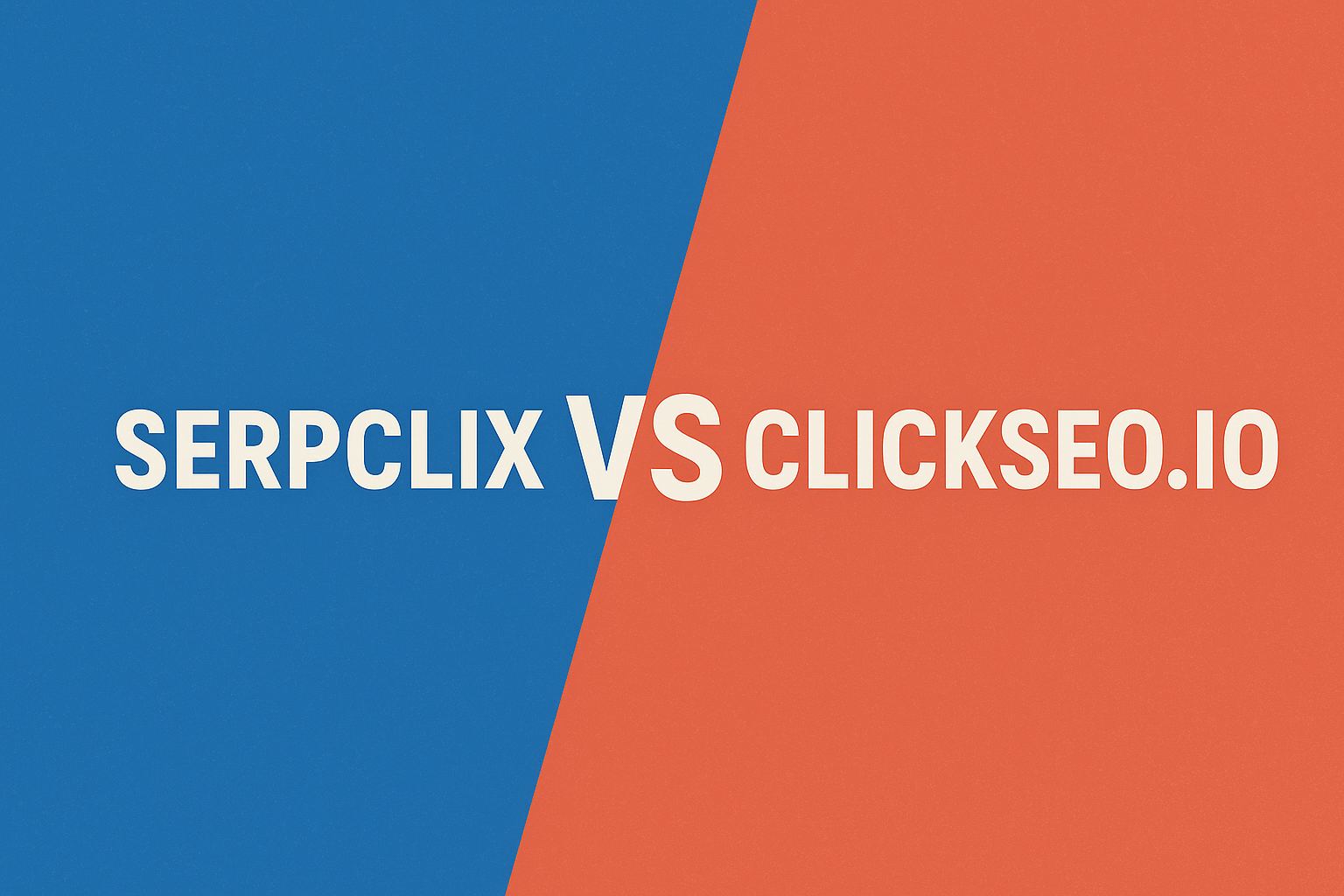
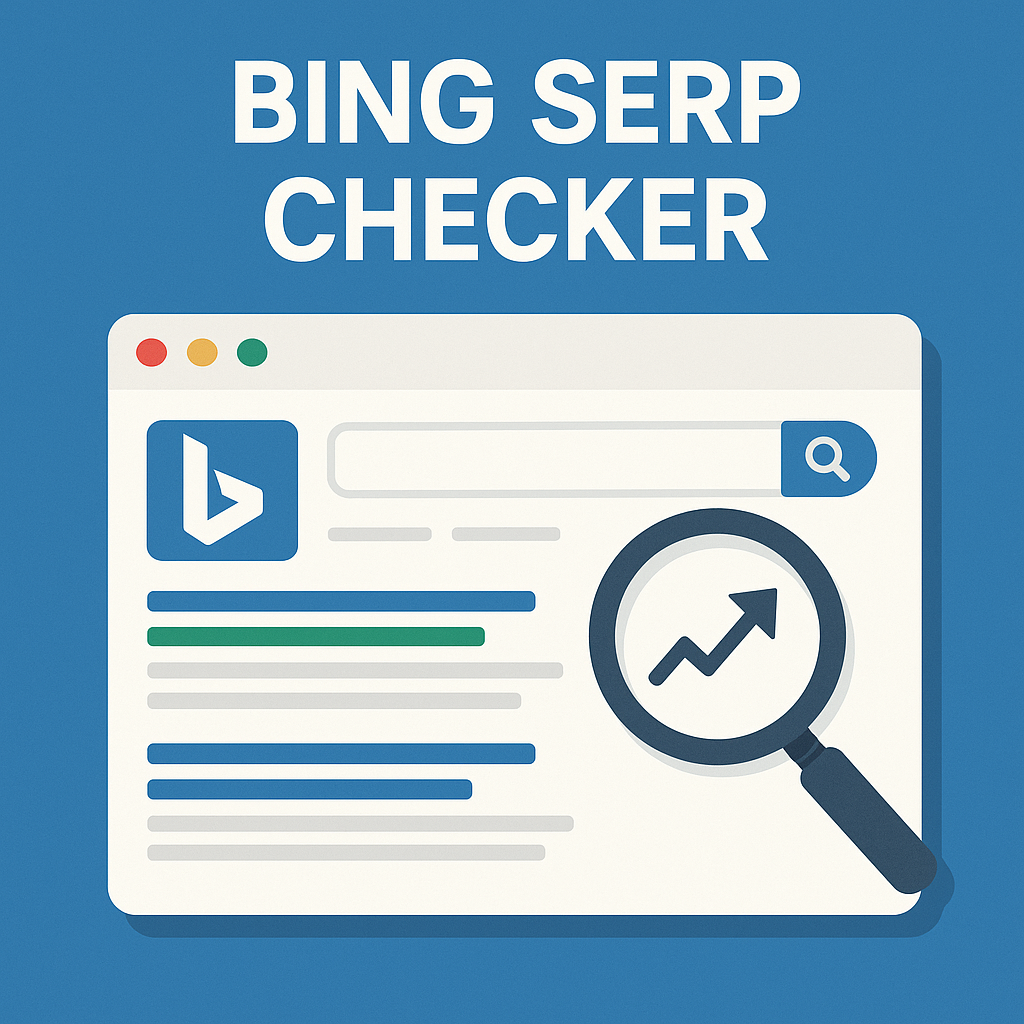
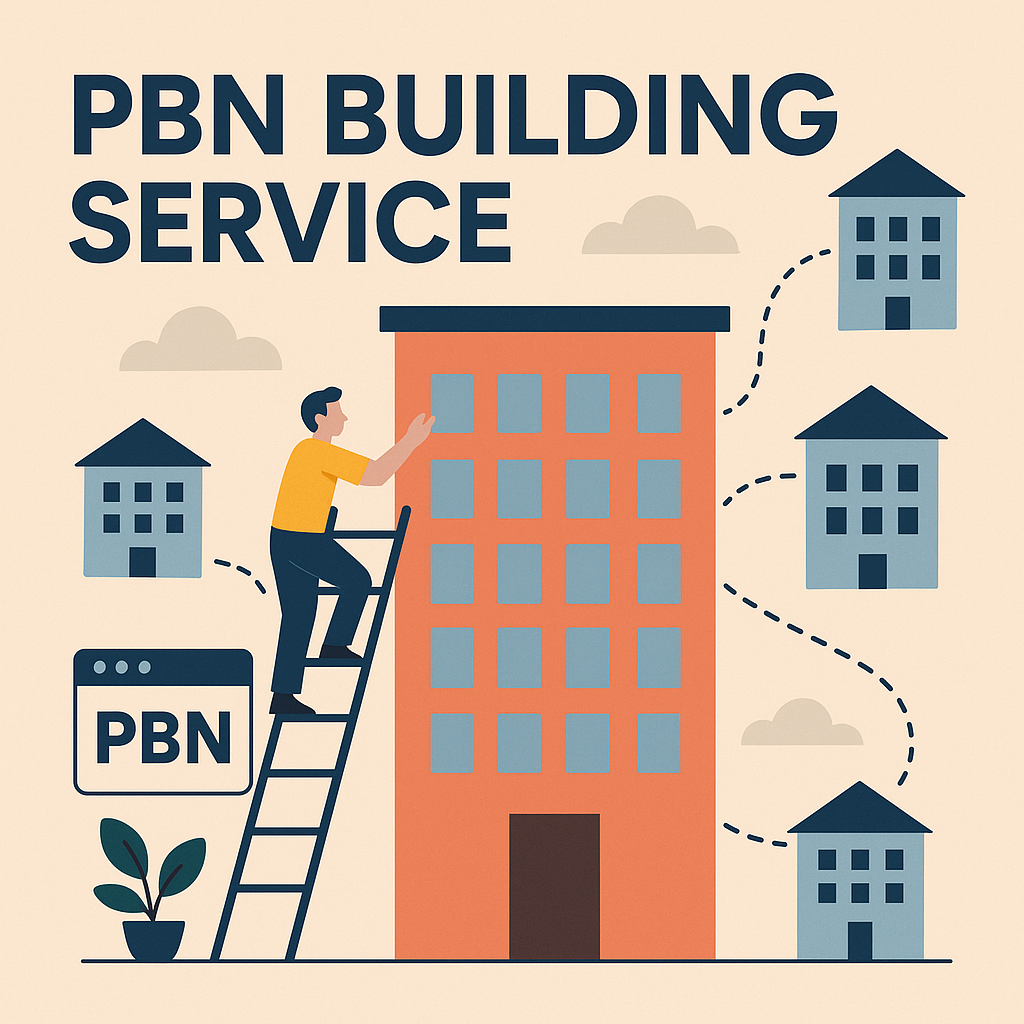
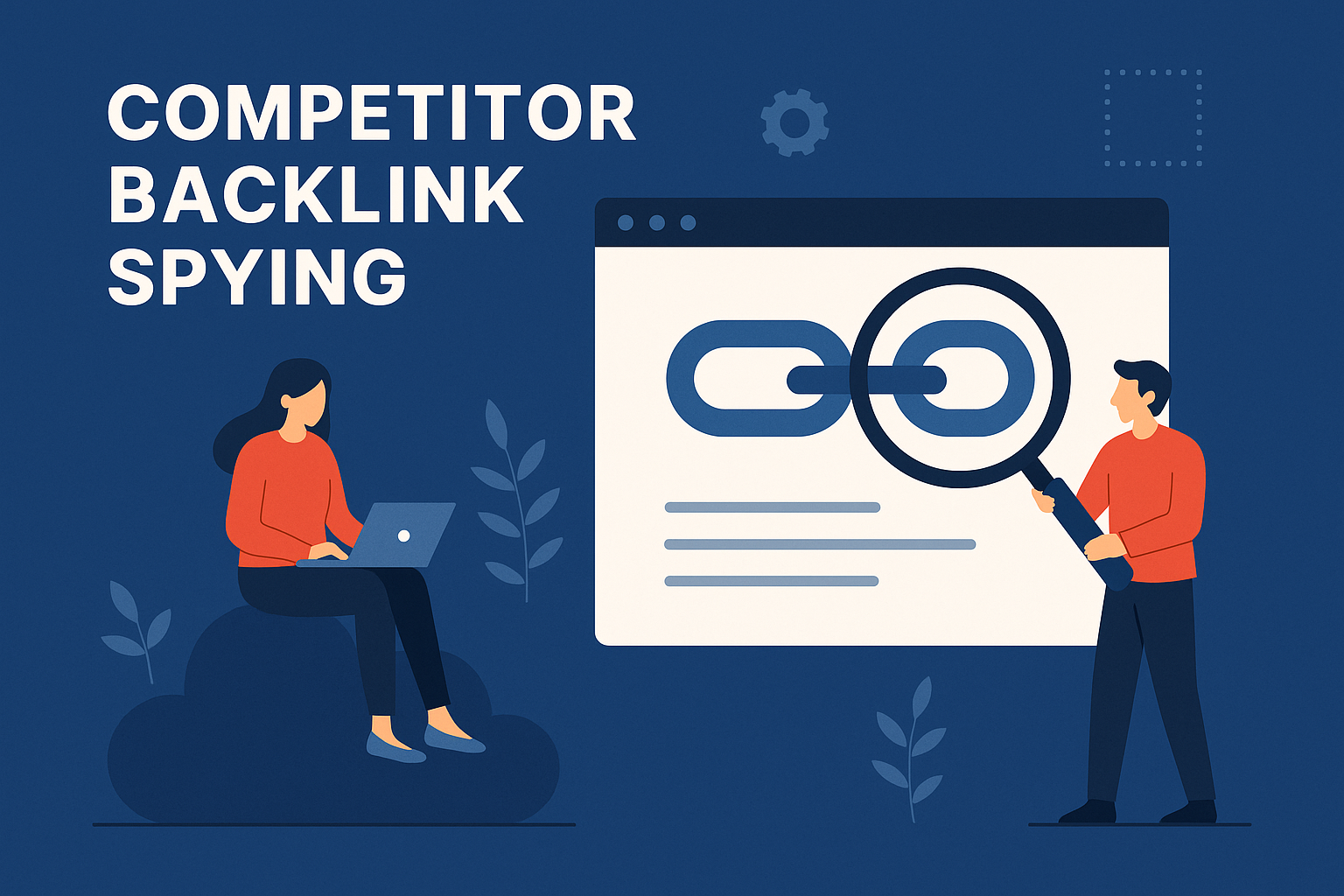
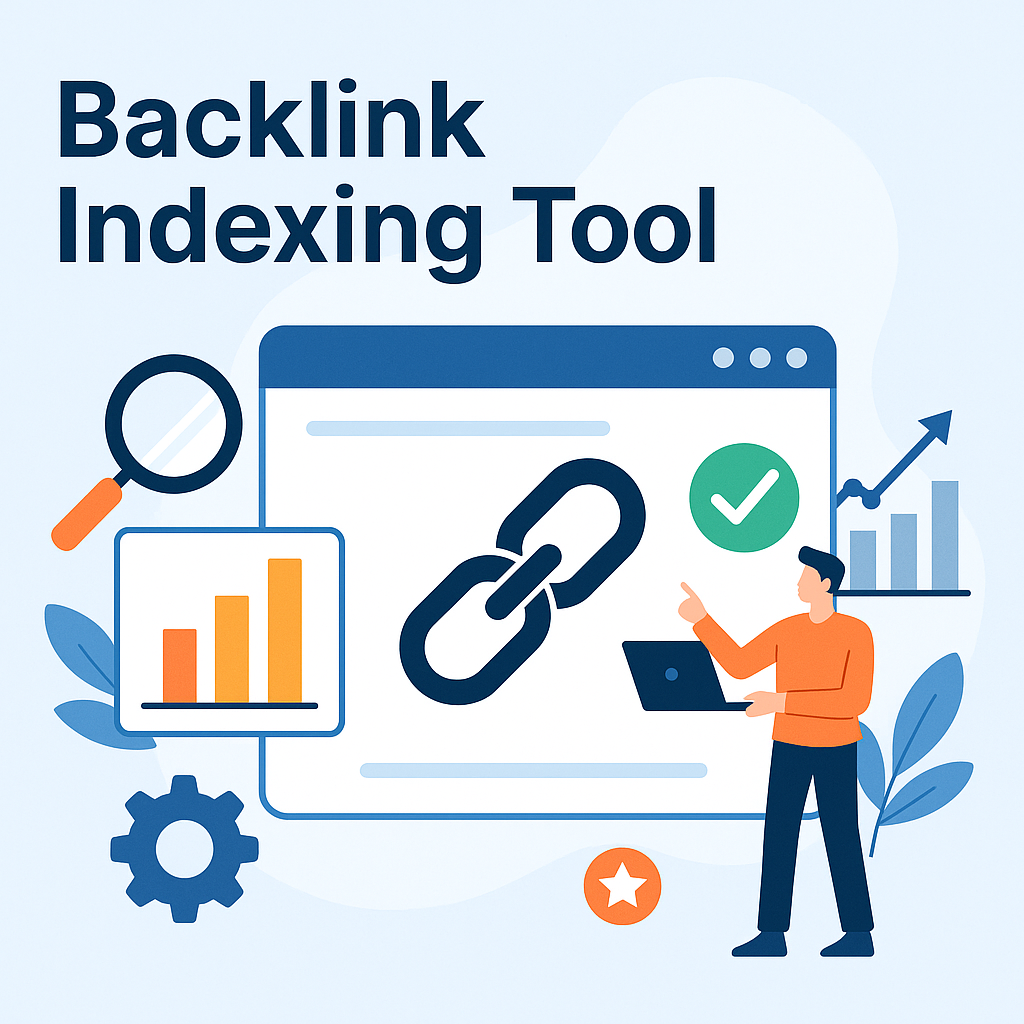
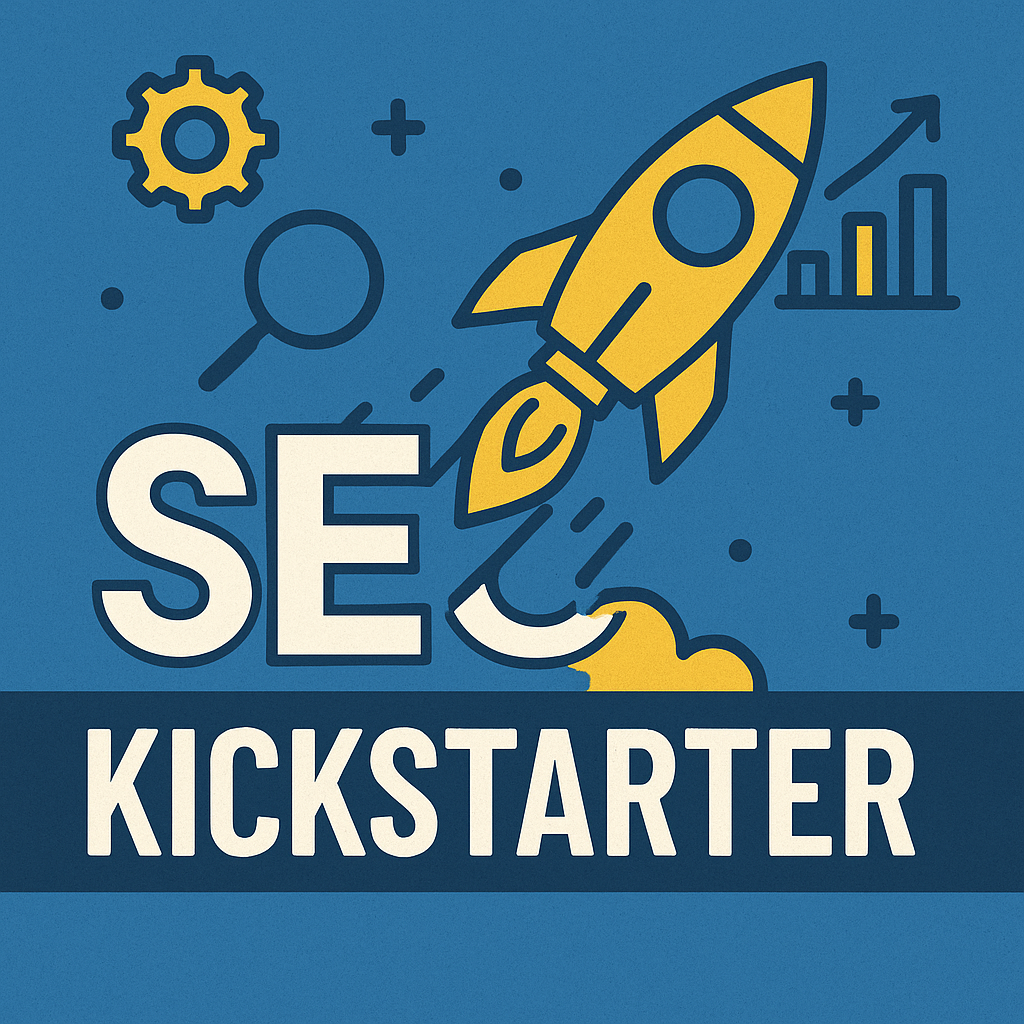
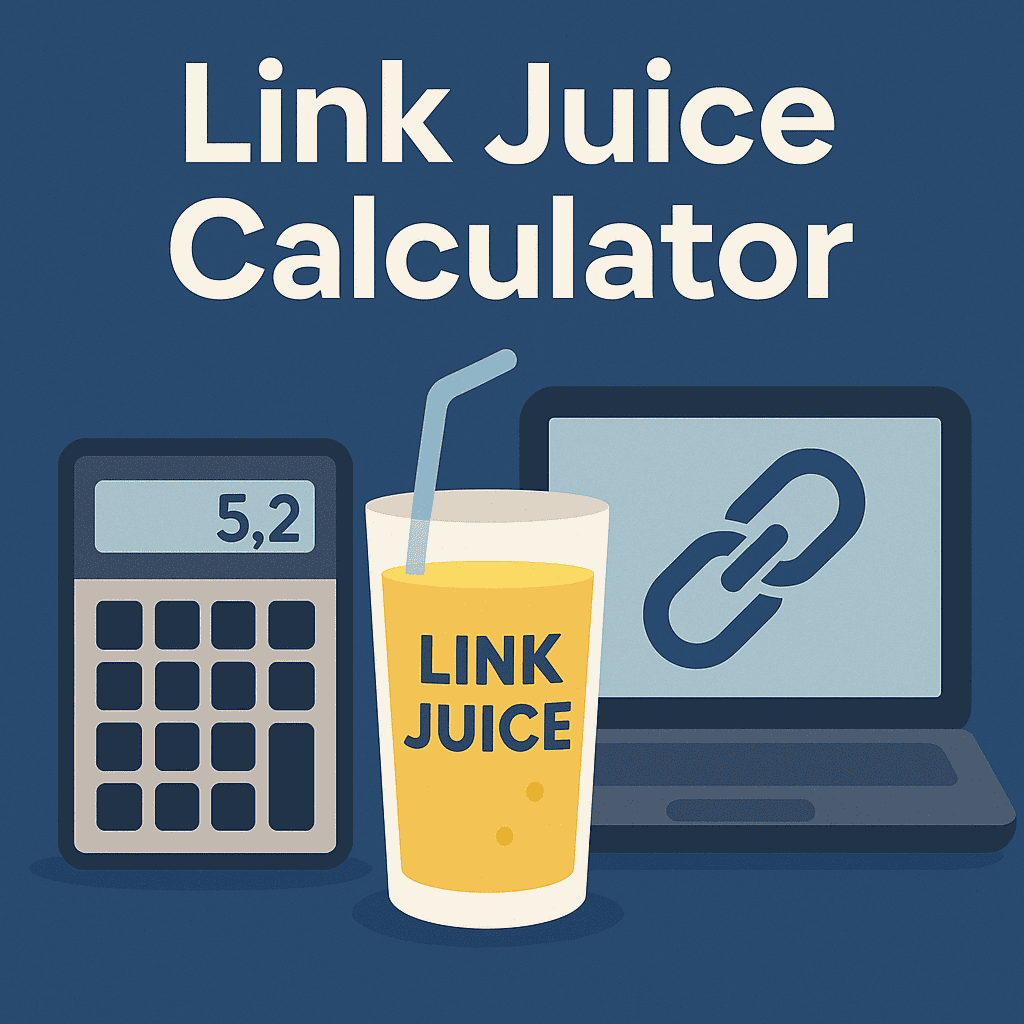
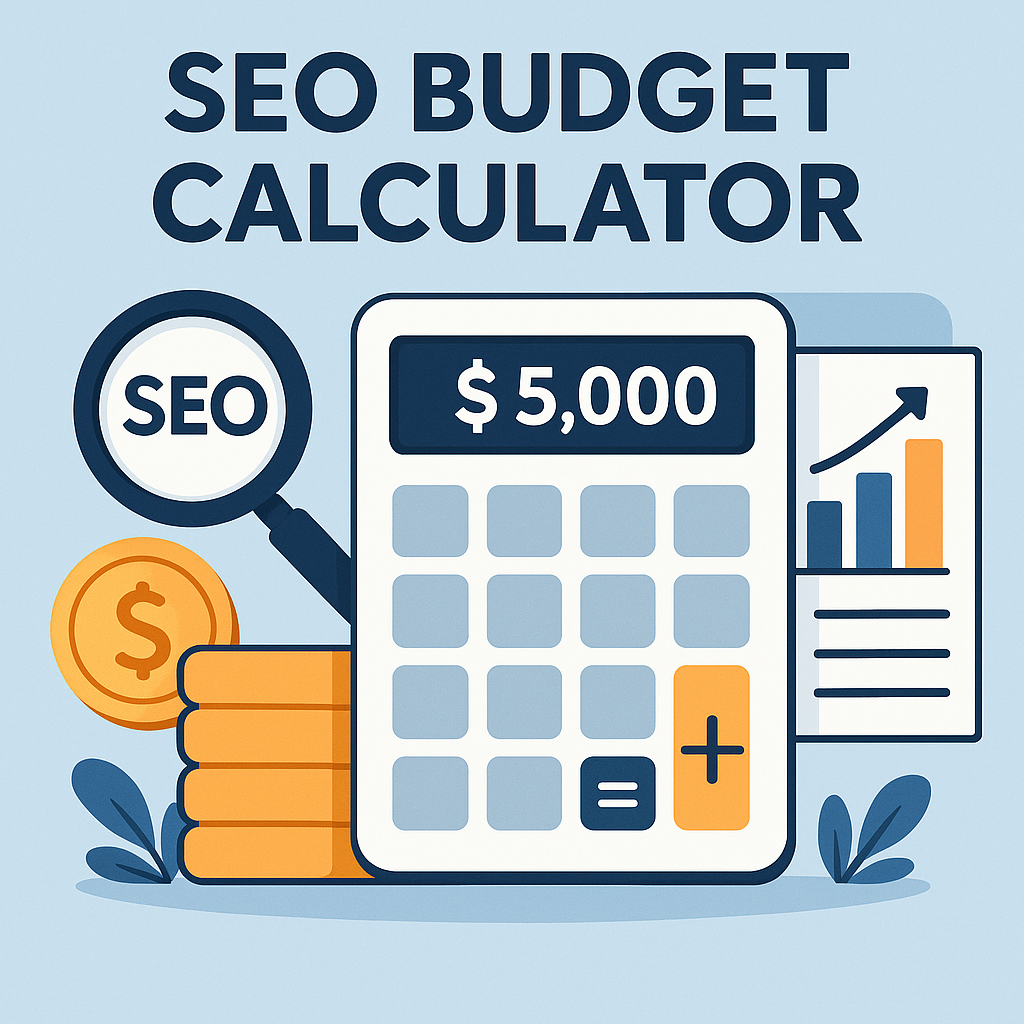
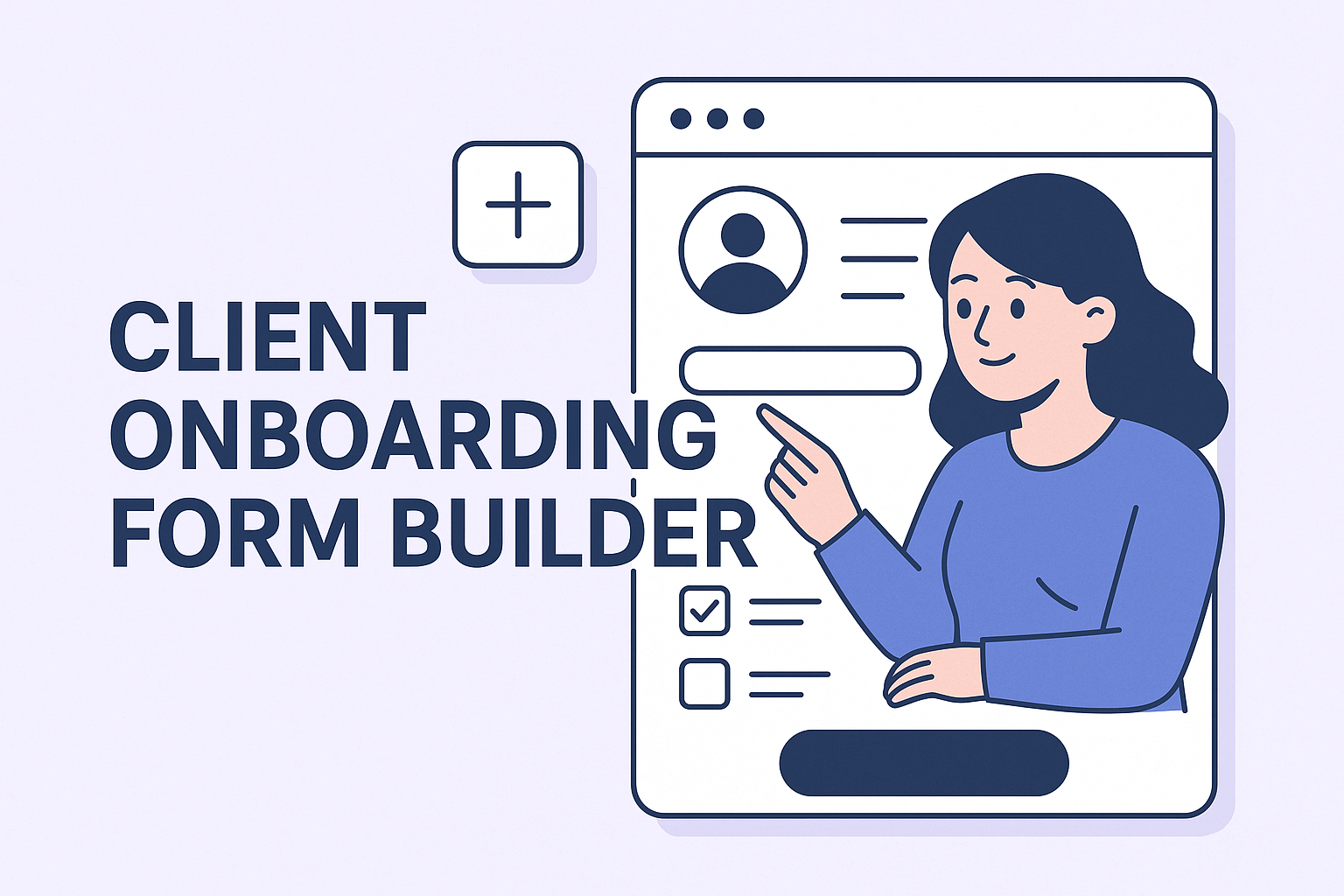
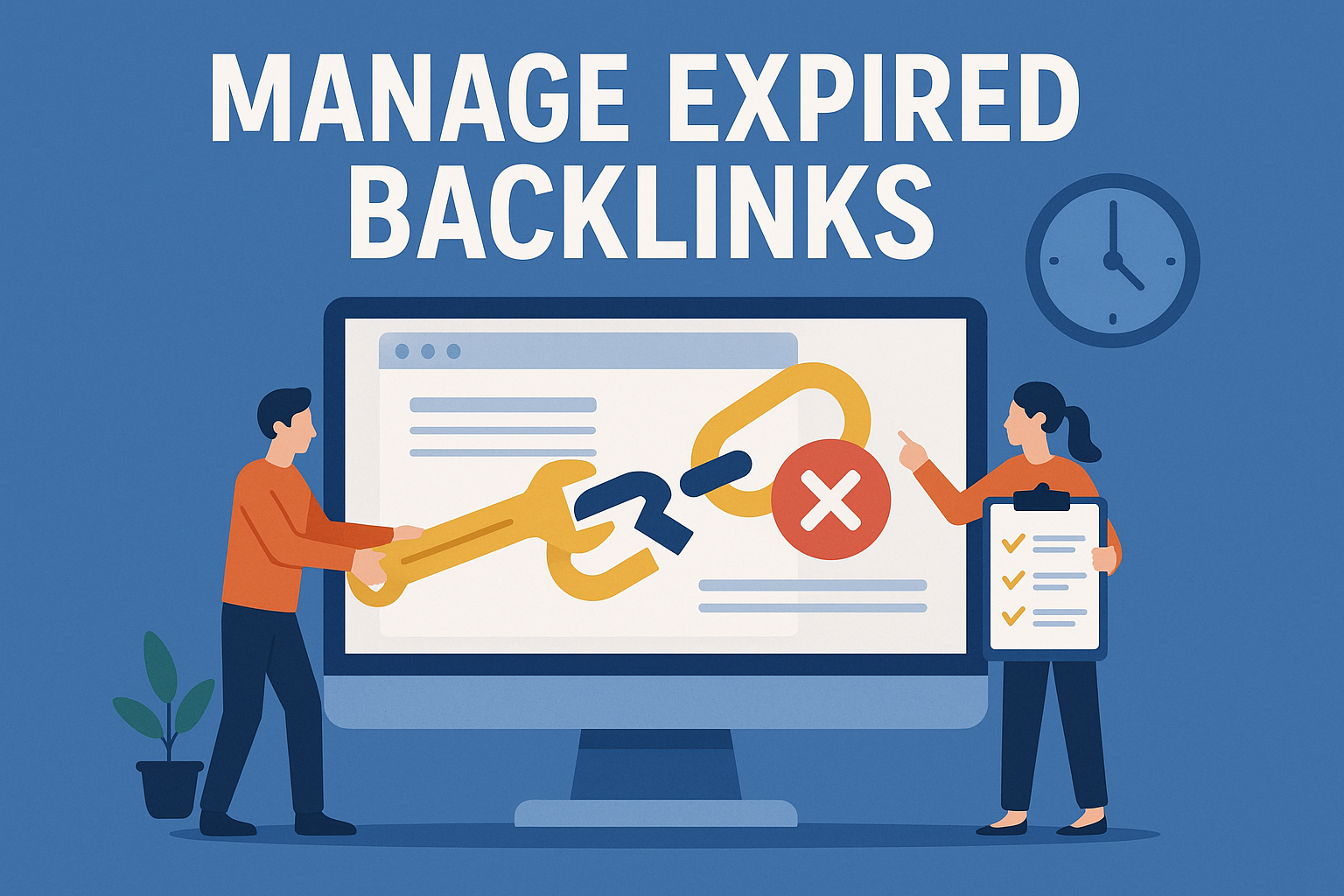
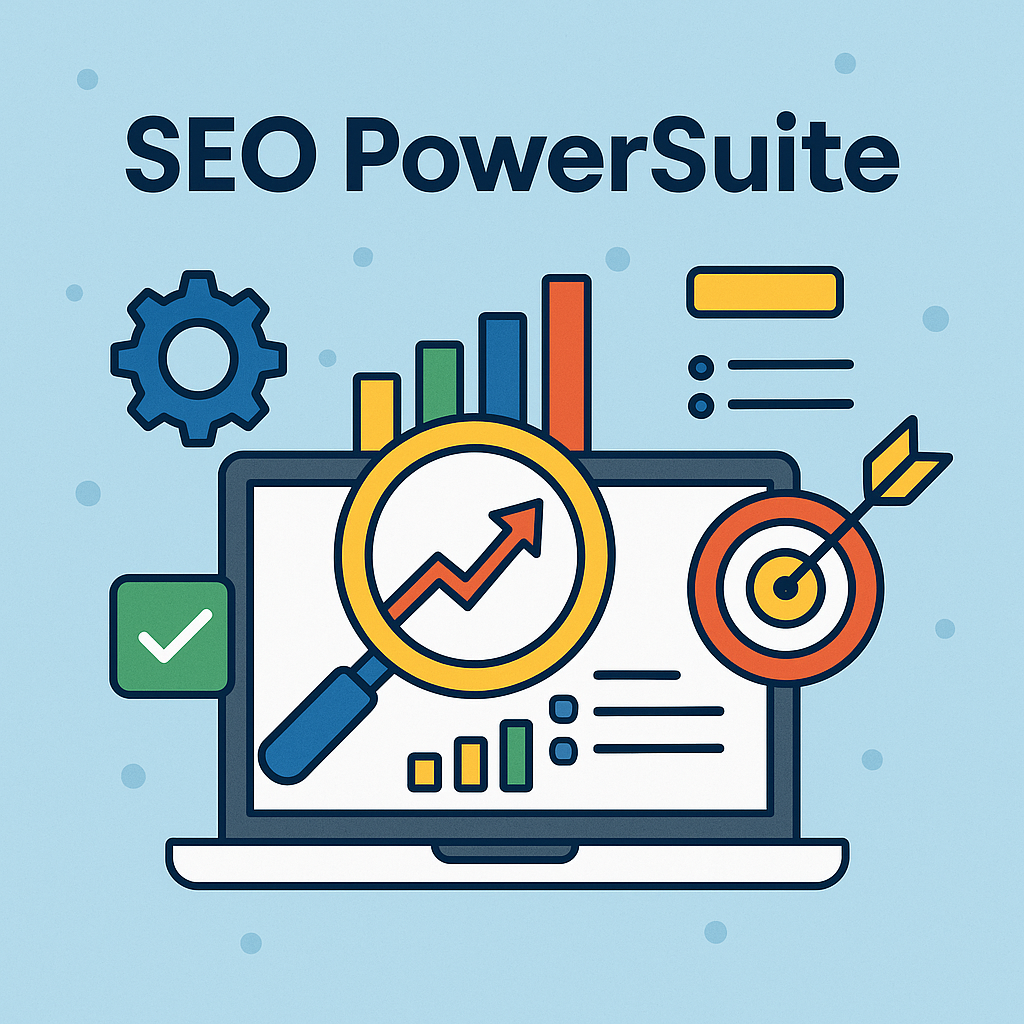
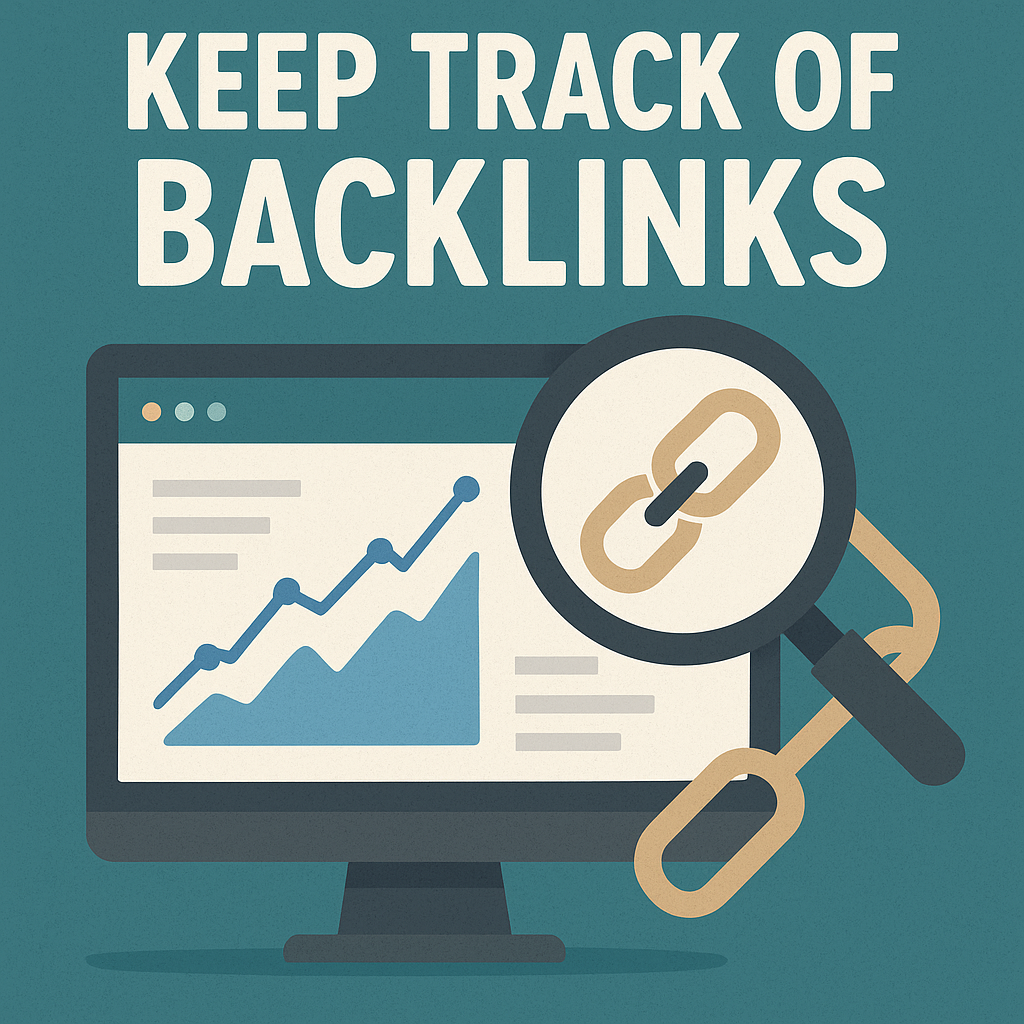
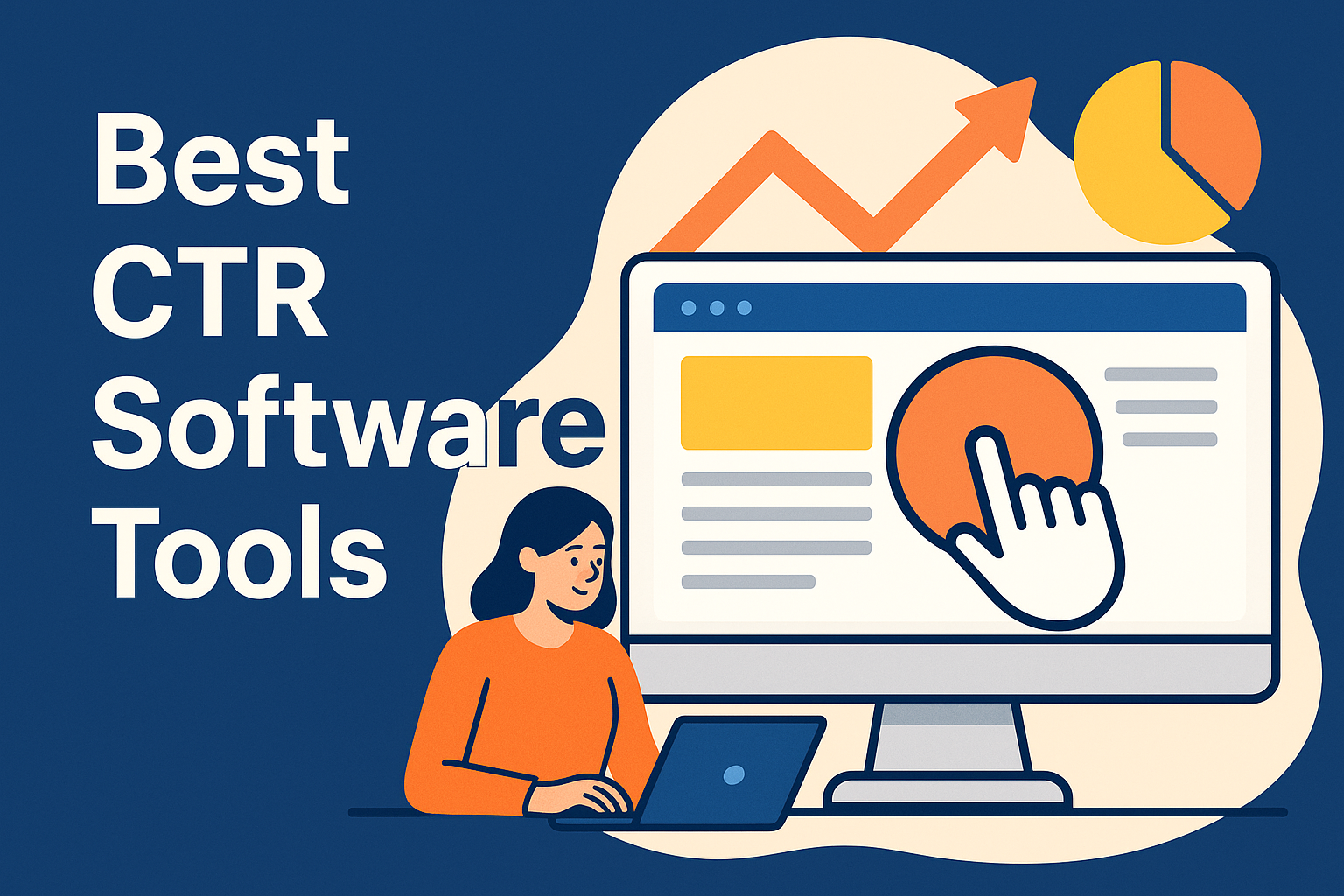

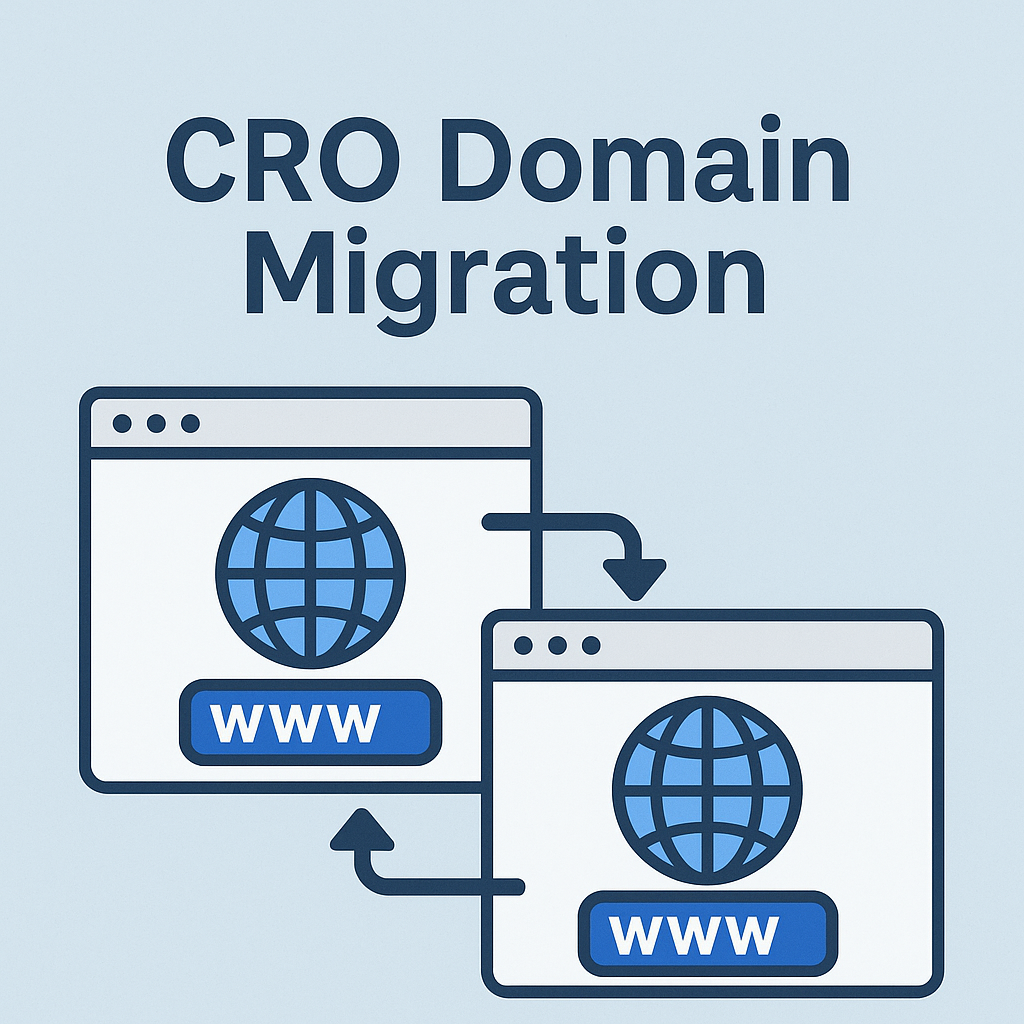

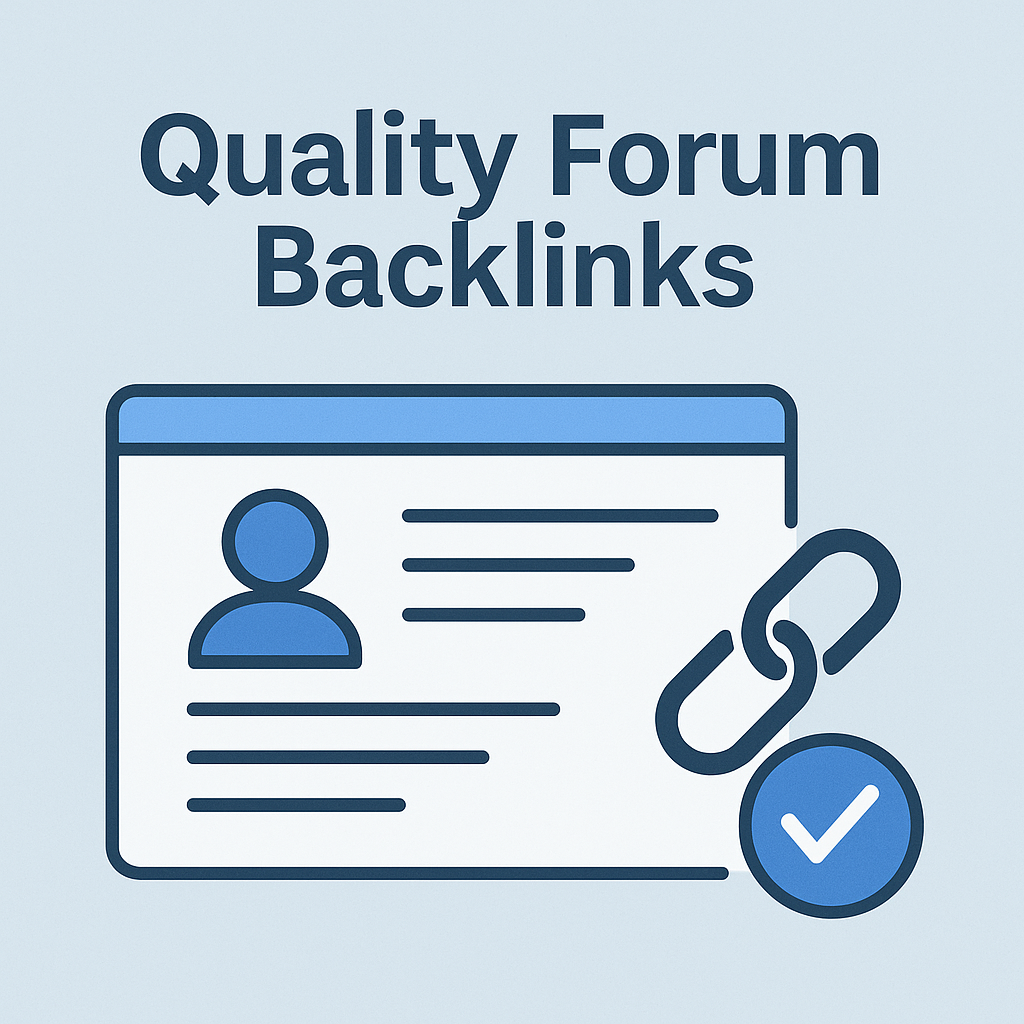
![Best Link Exchange Sites [Free & Safe] – Top 5 Picks](https://backlinkmanagement.io/wp-content/uploads/2025/04/Free-Link-Exchange.png)


